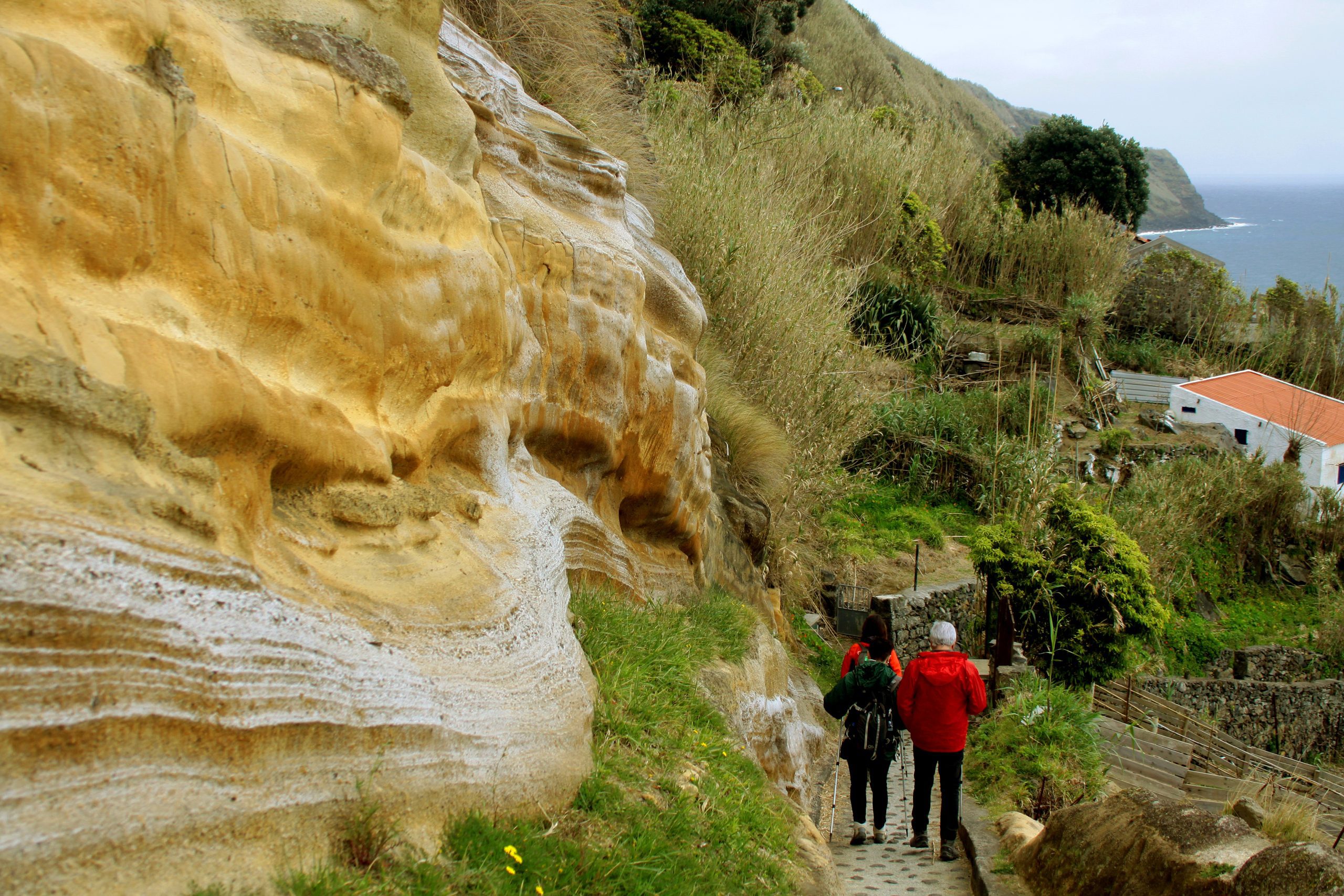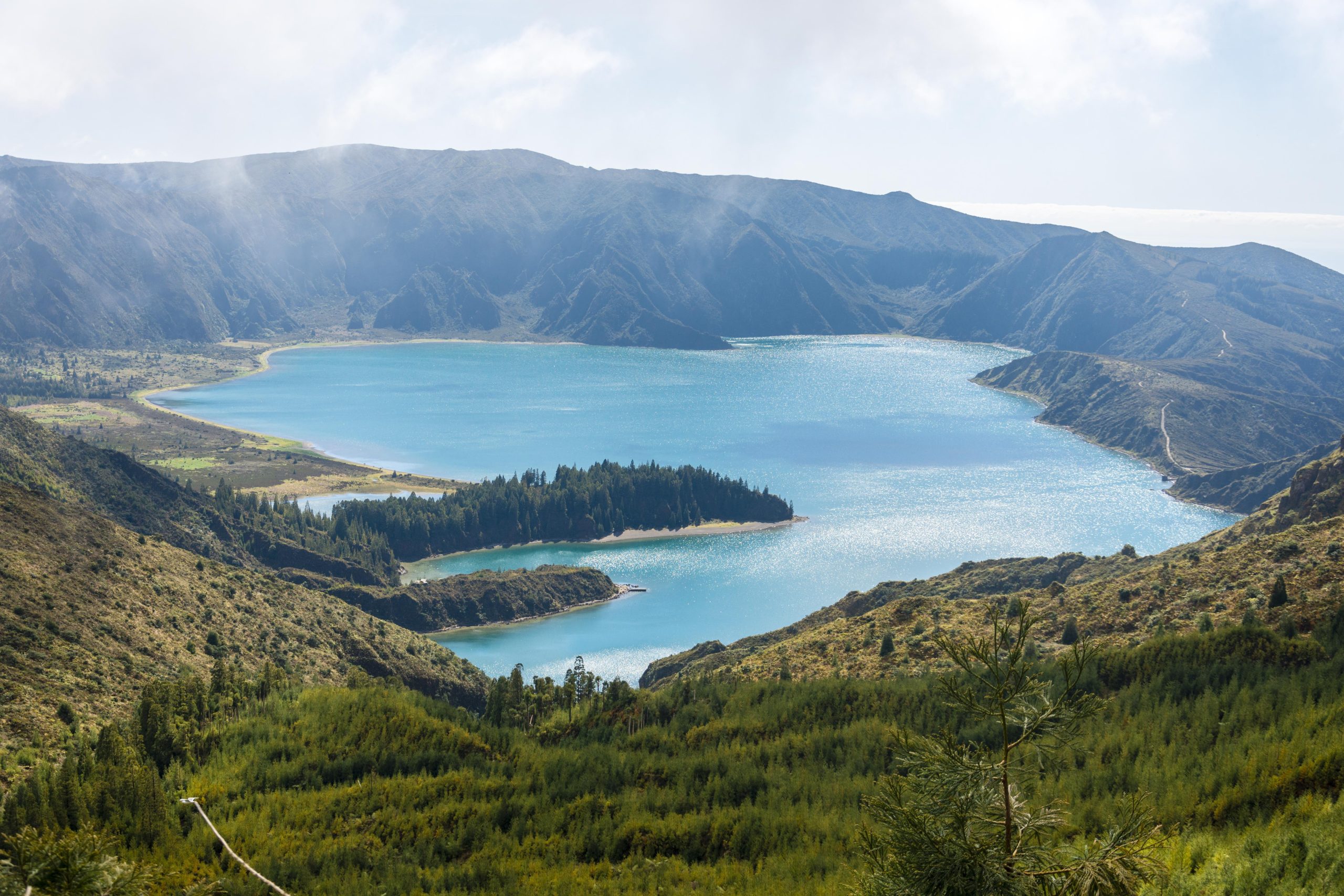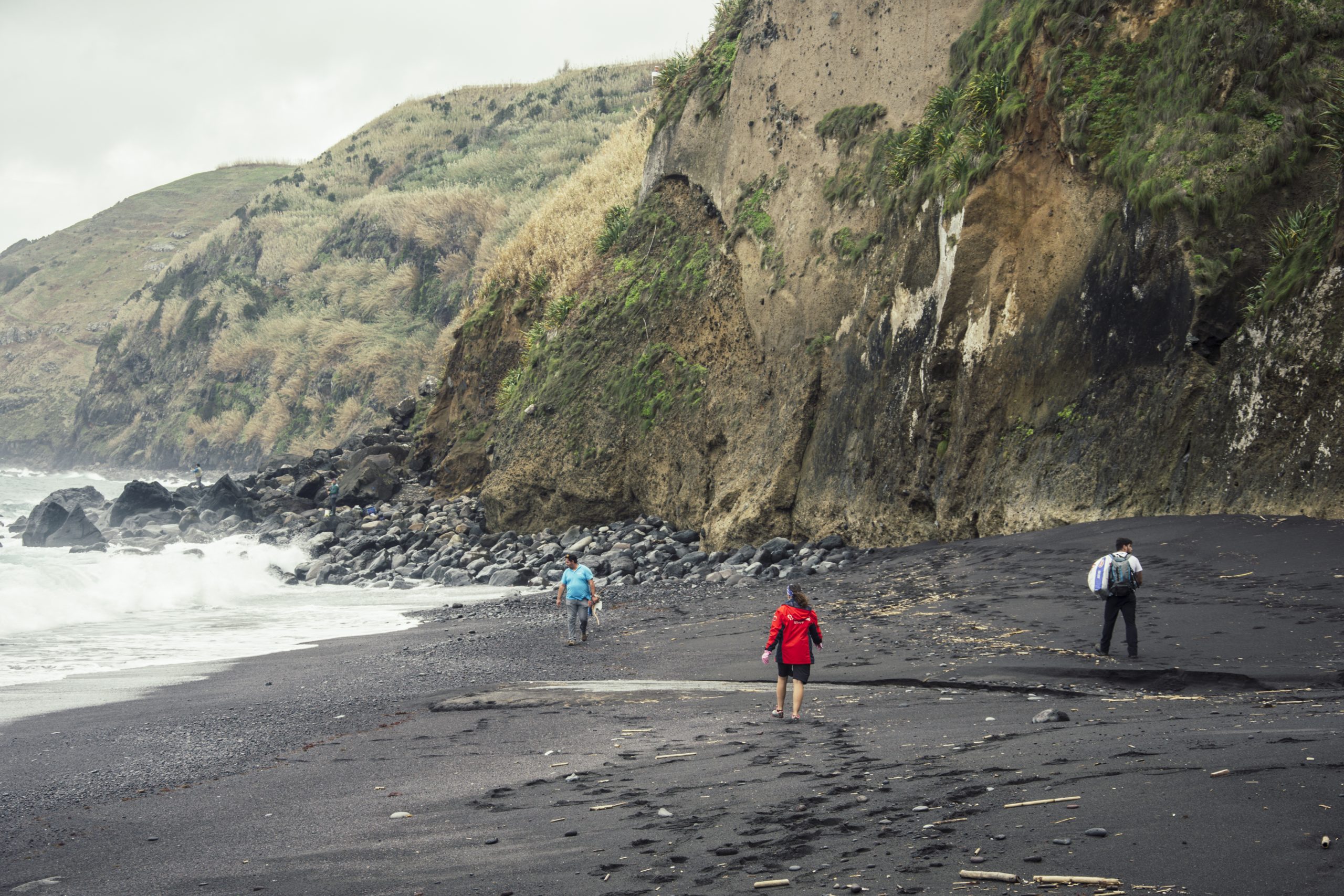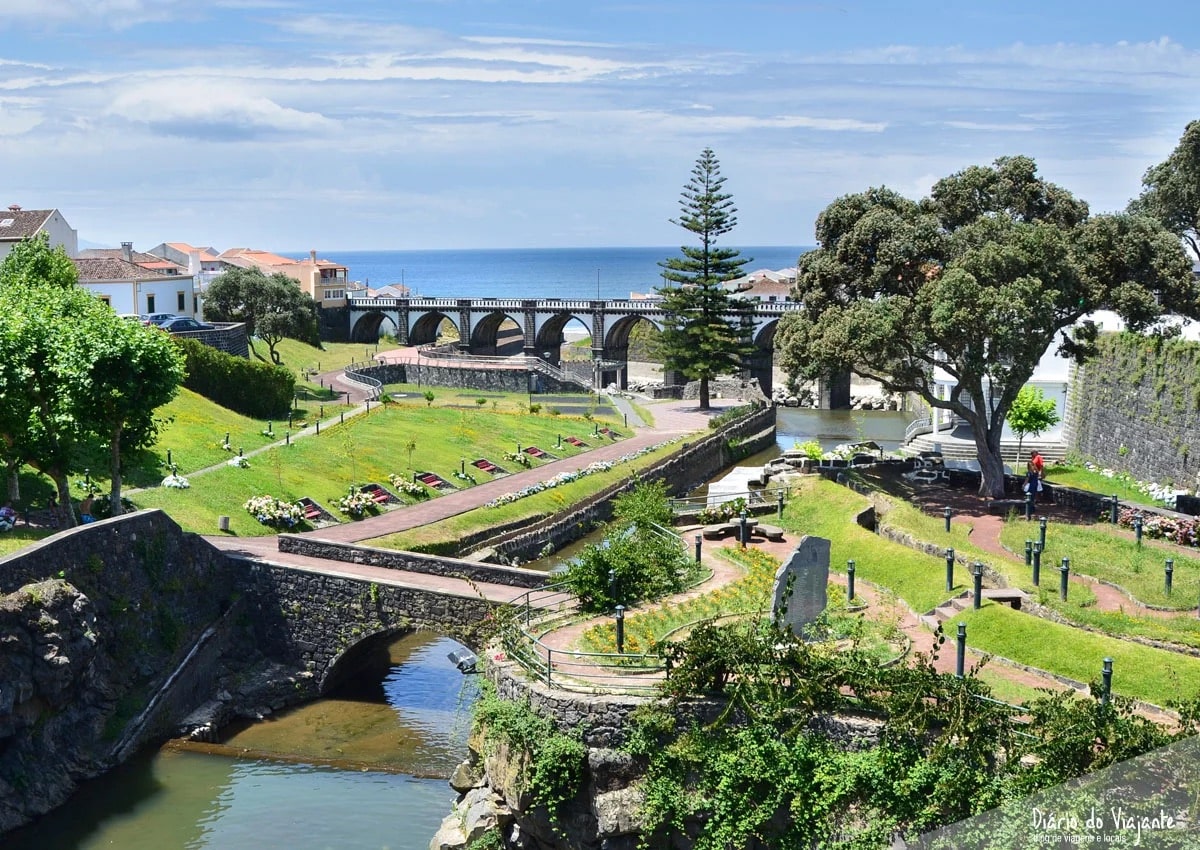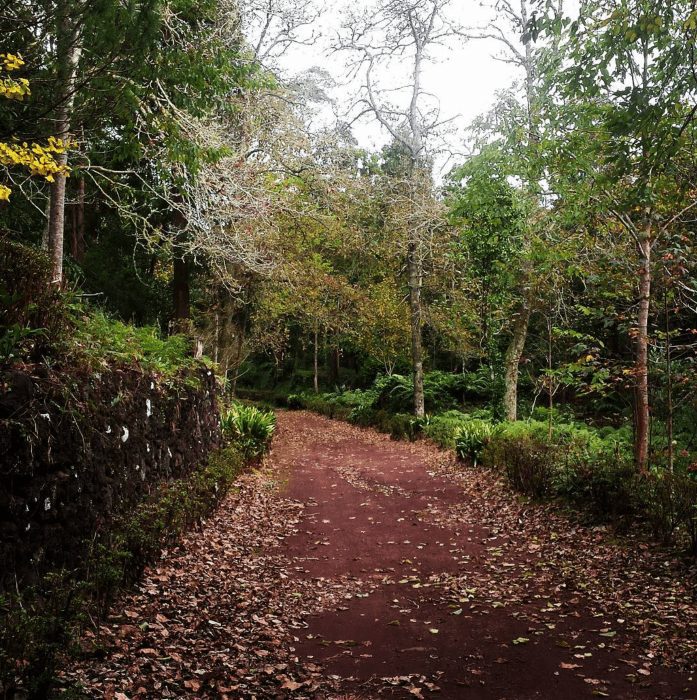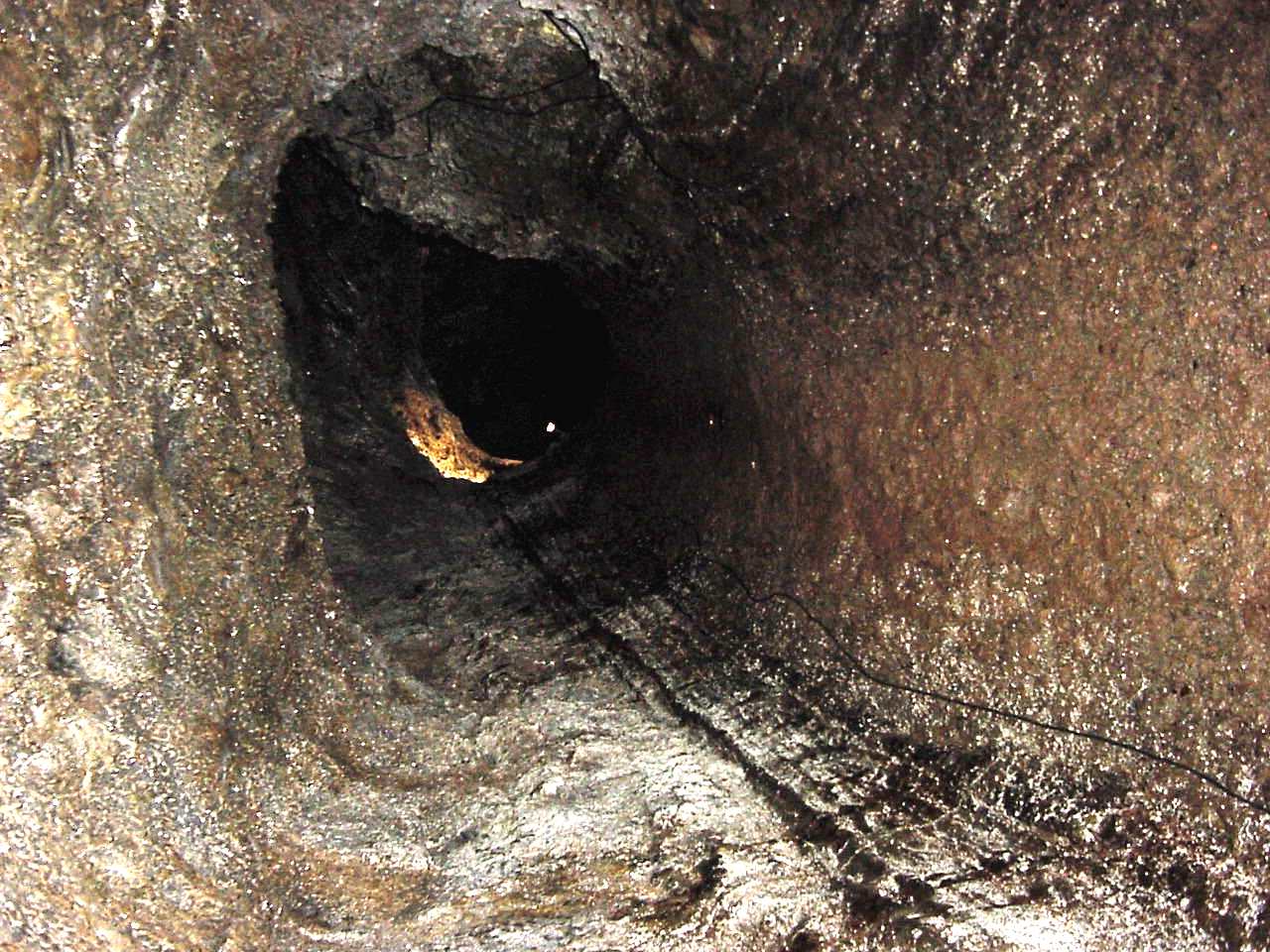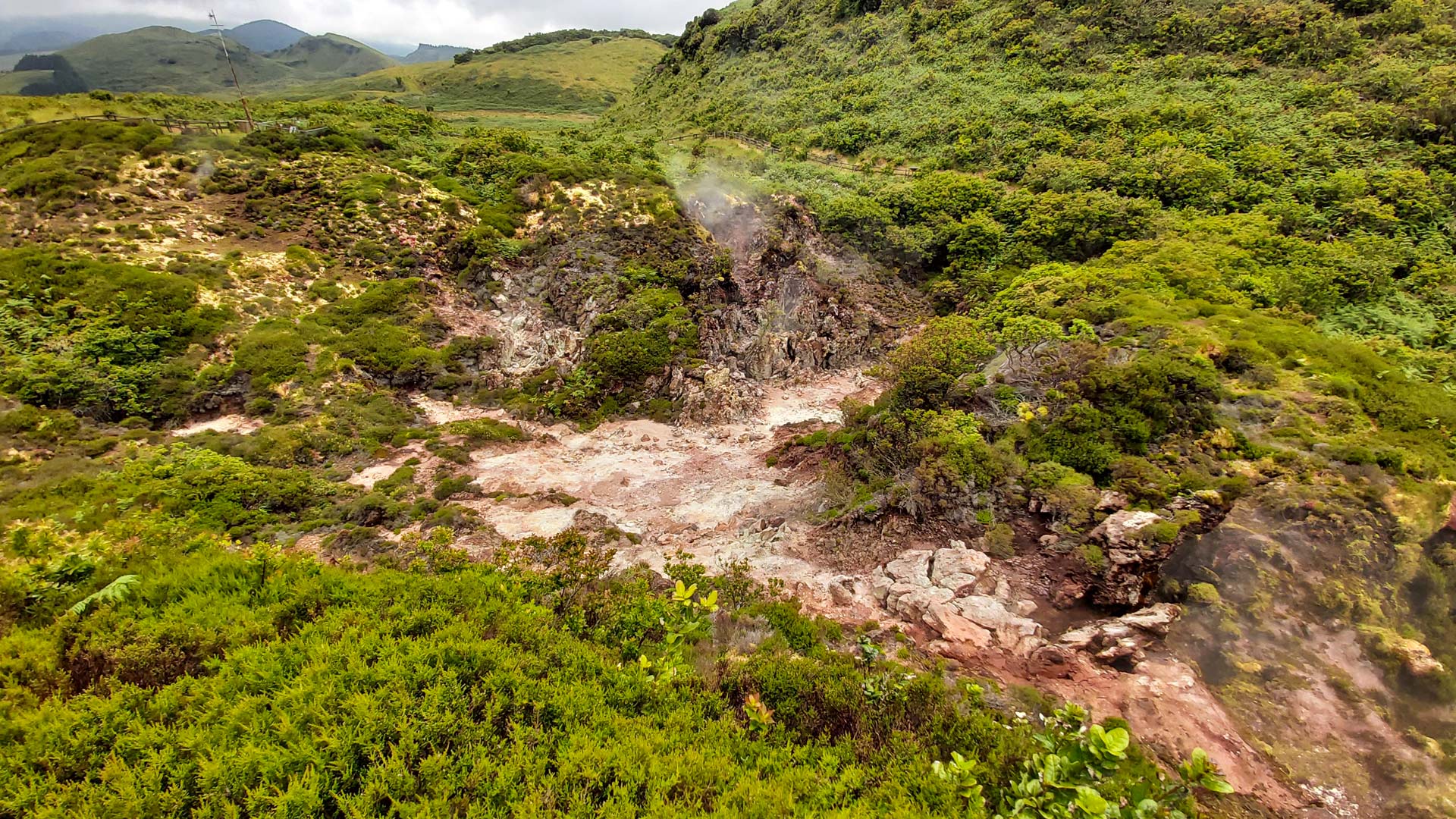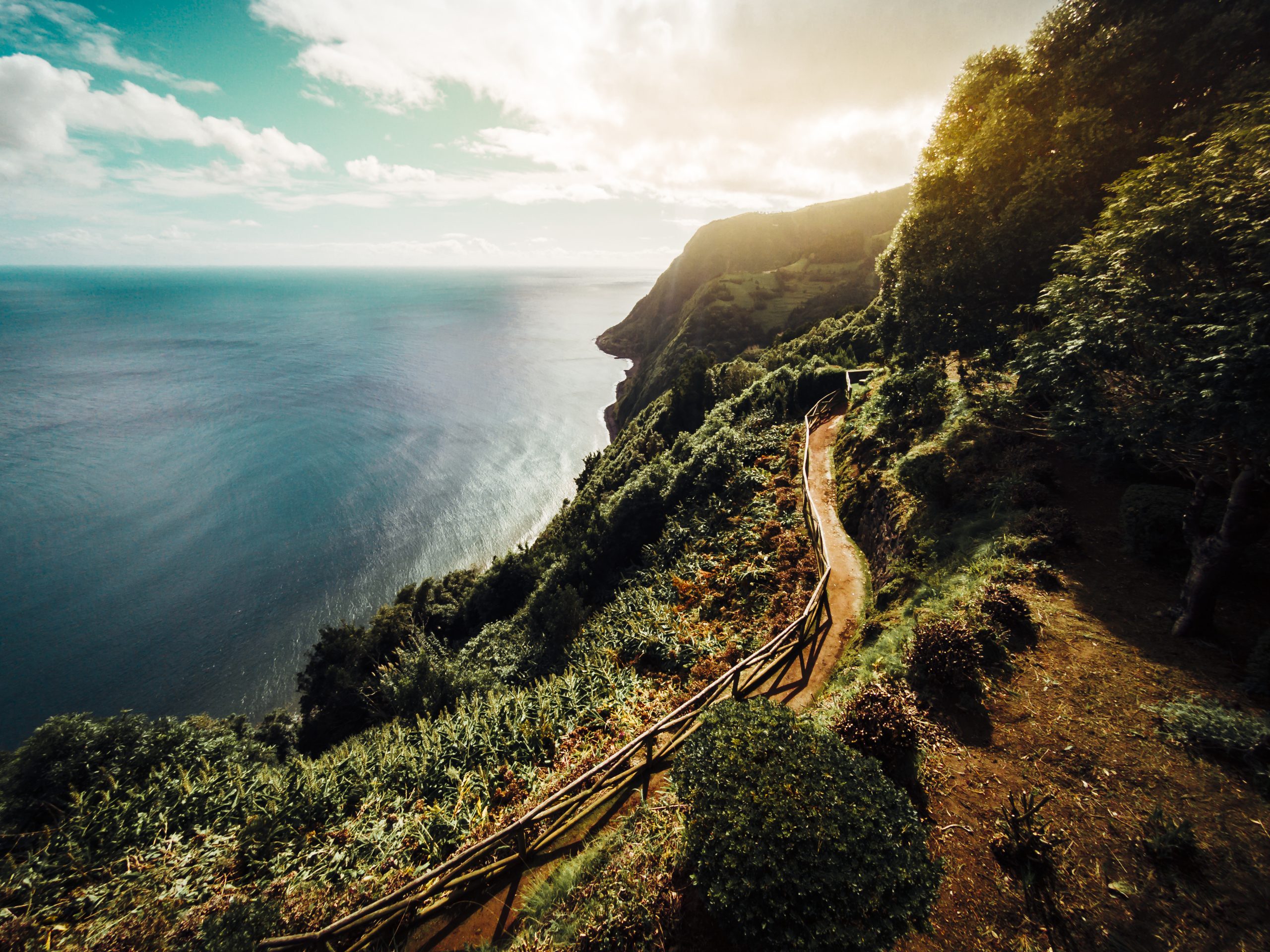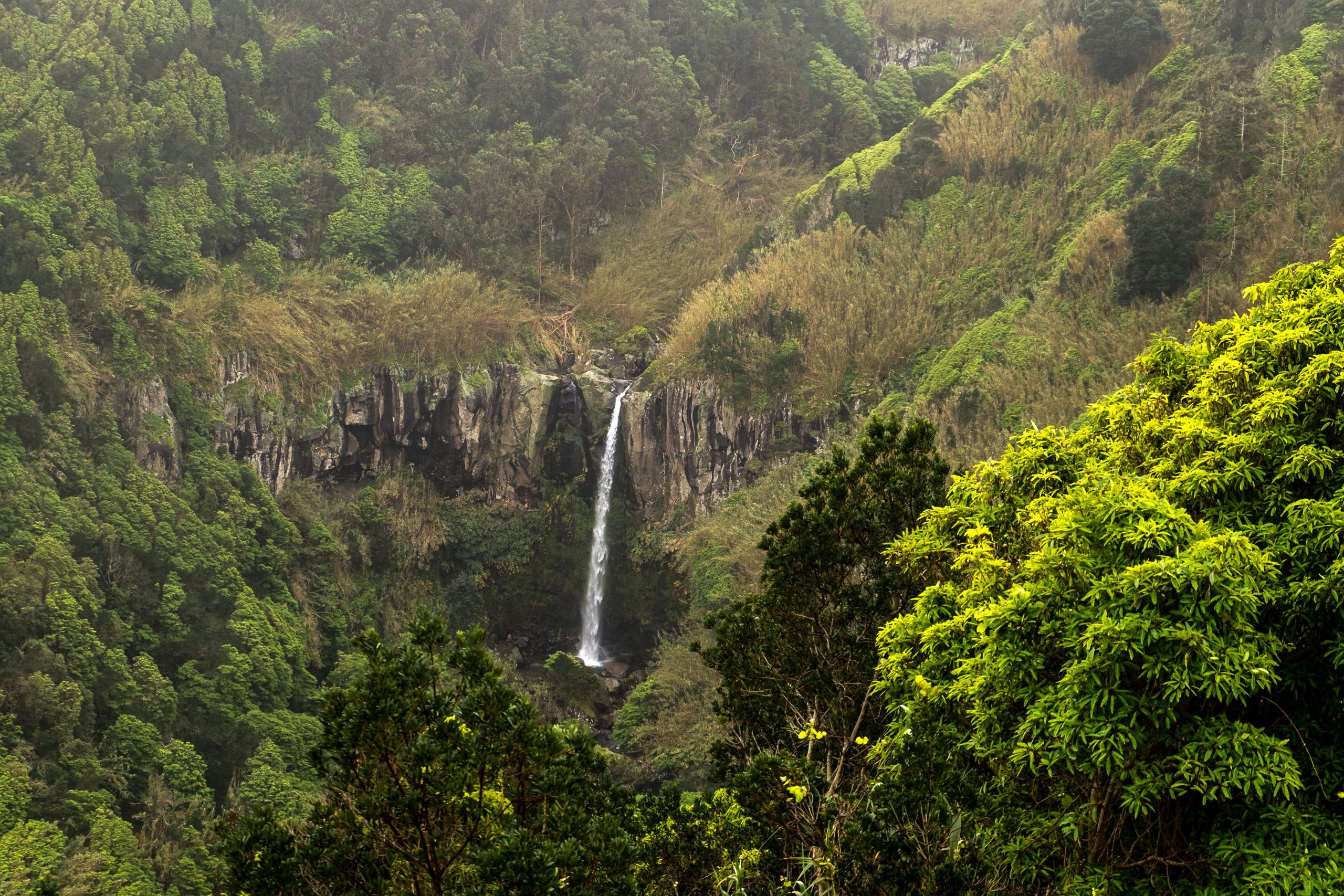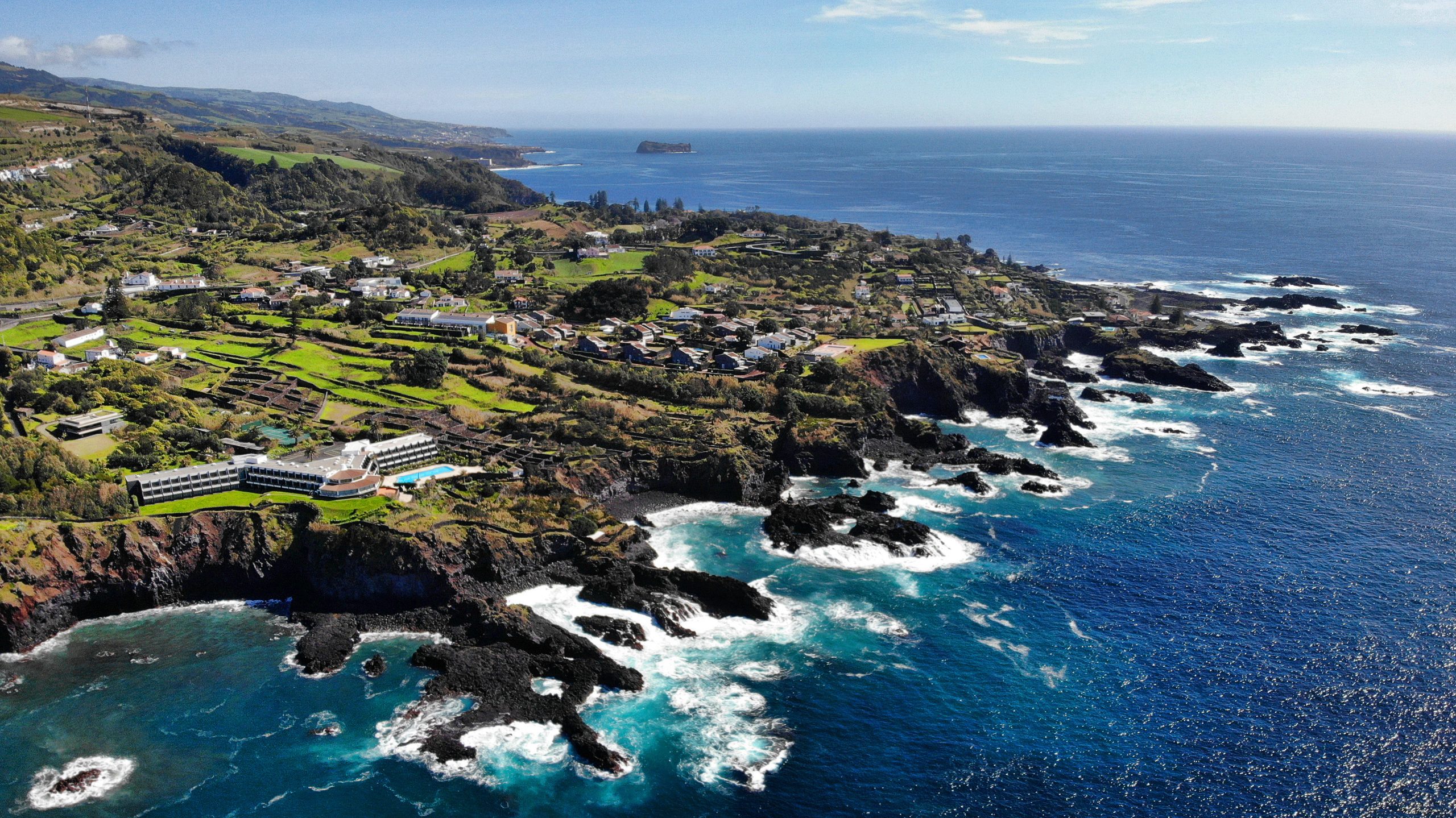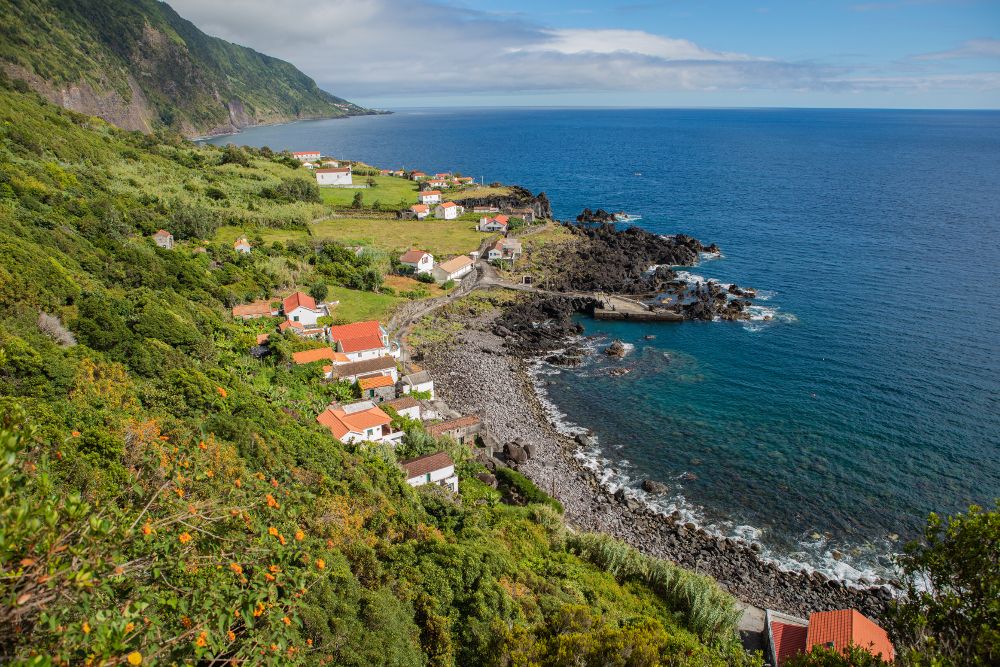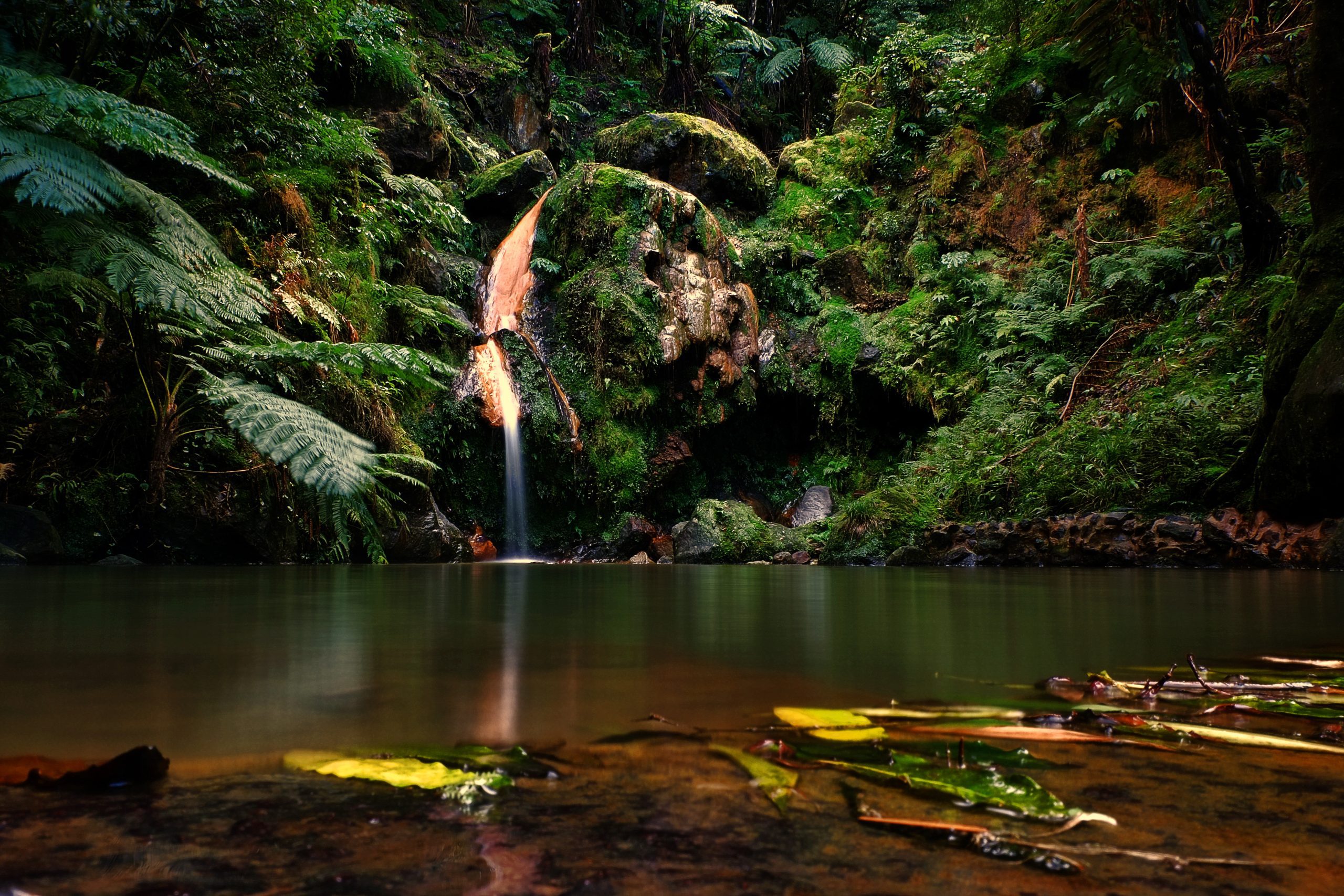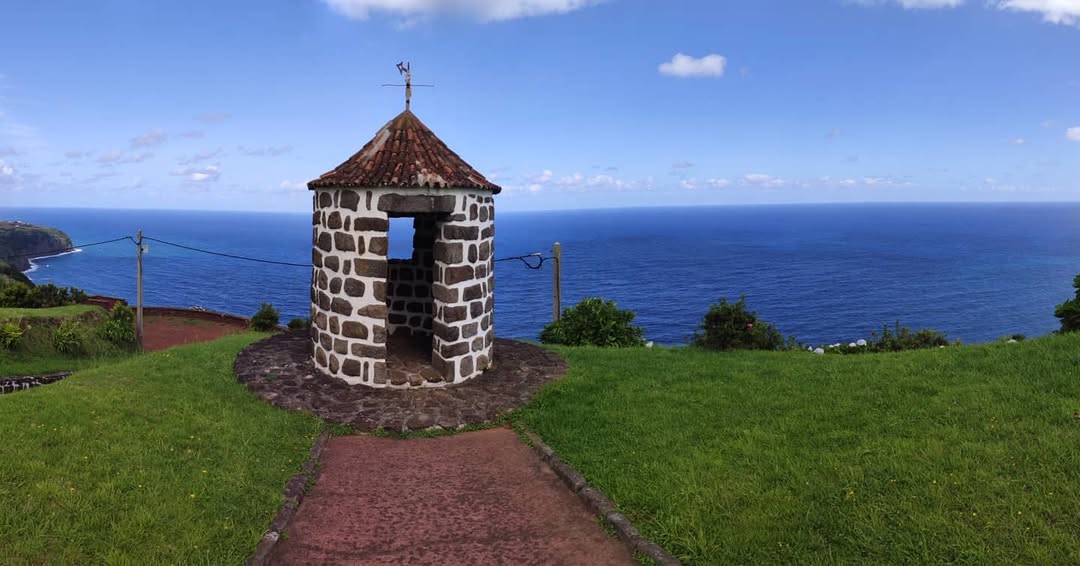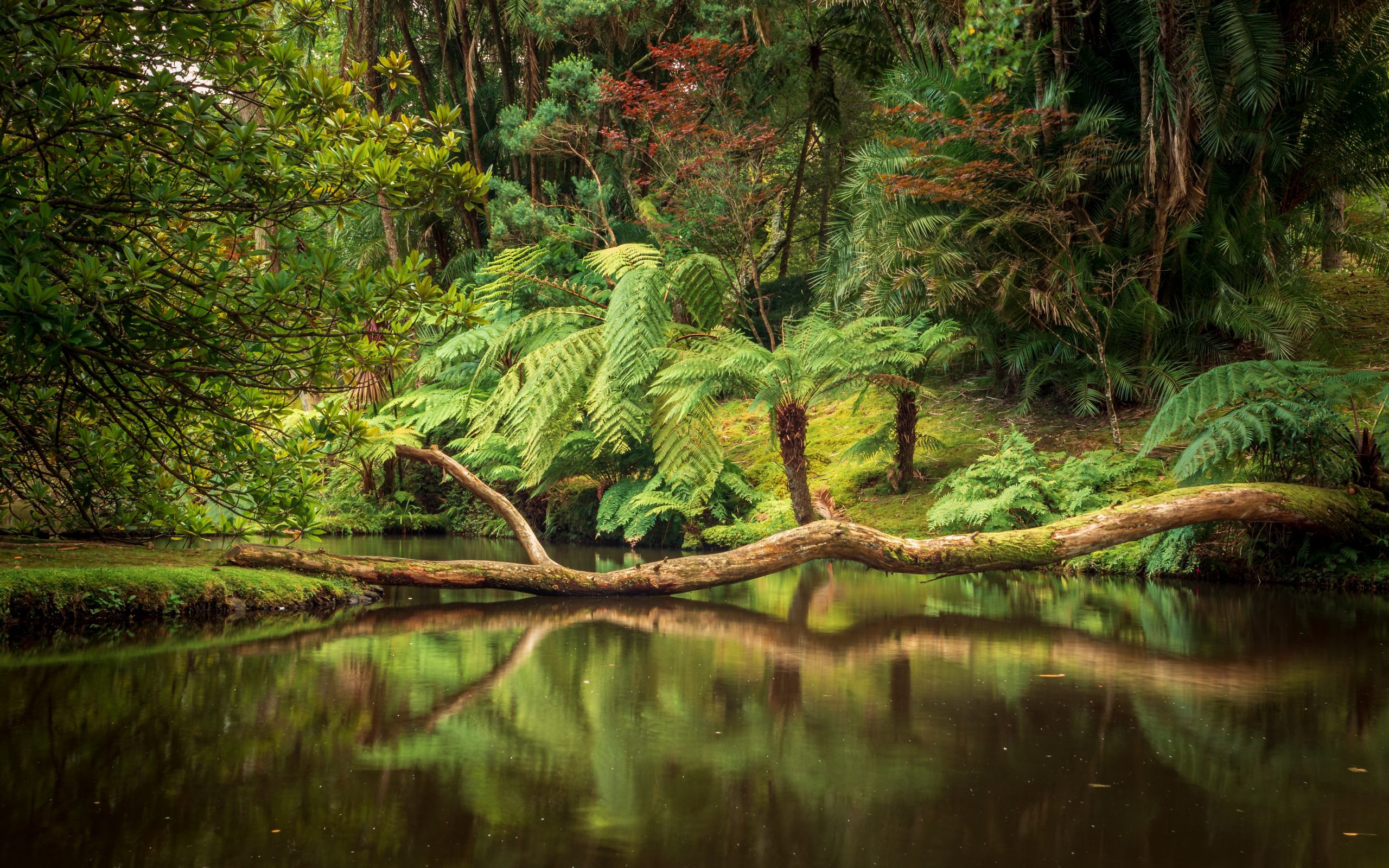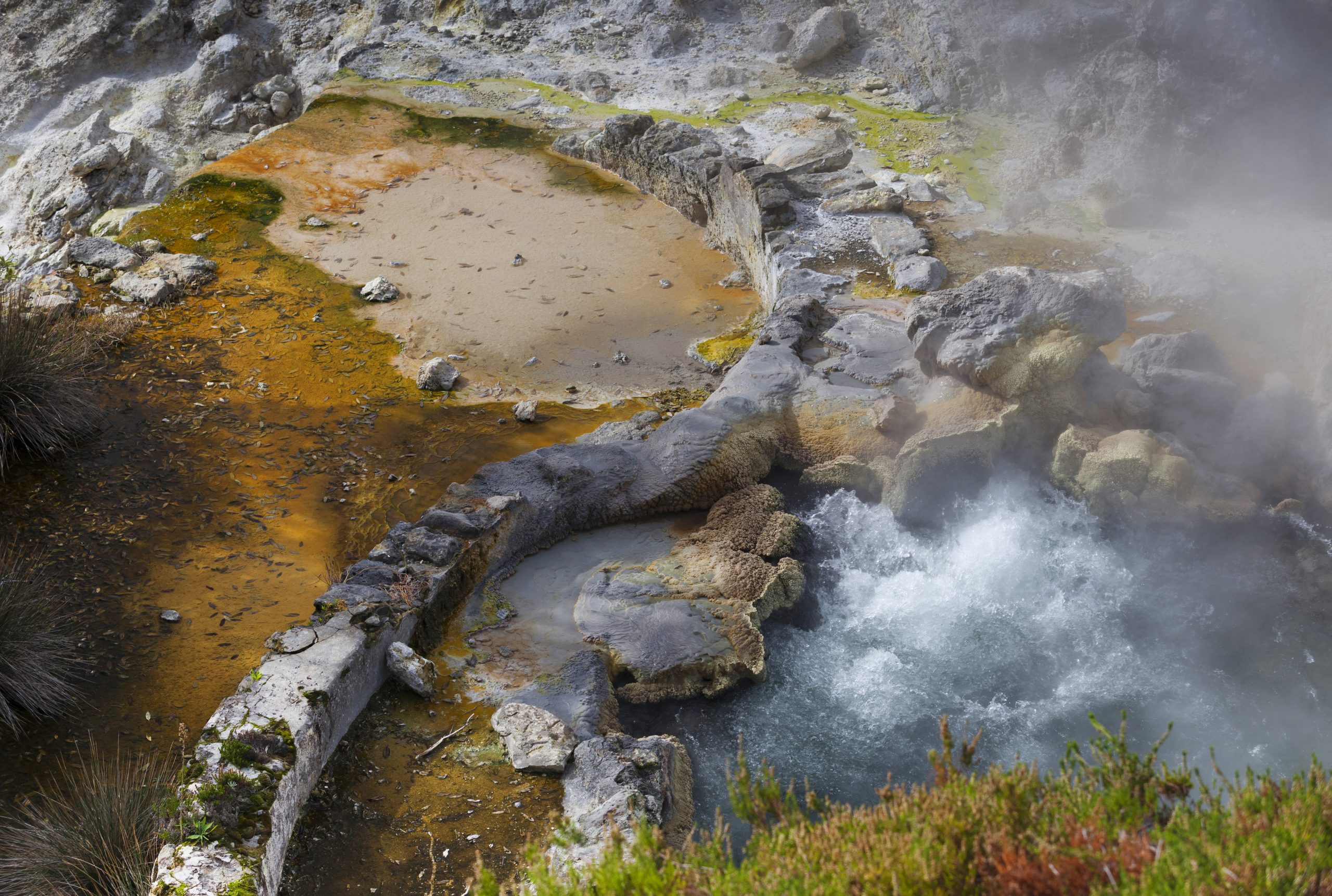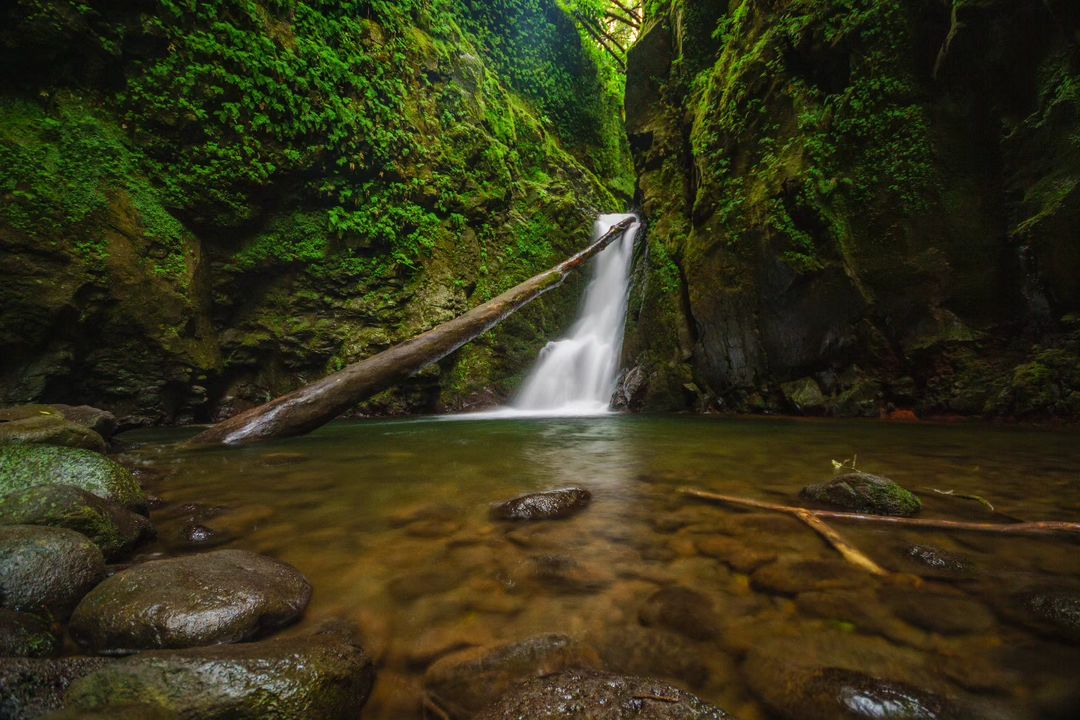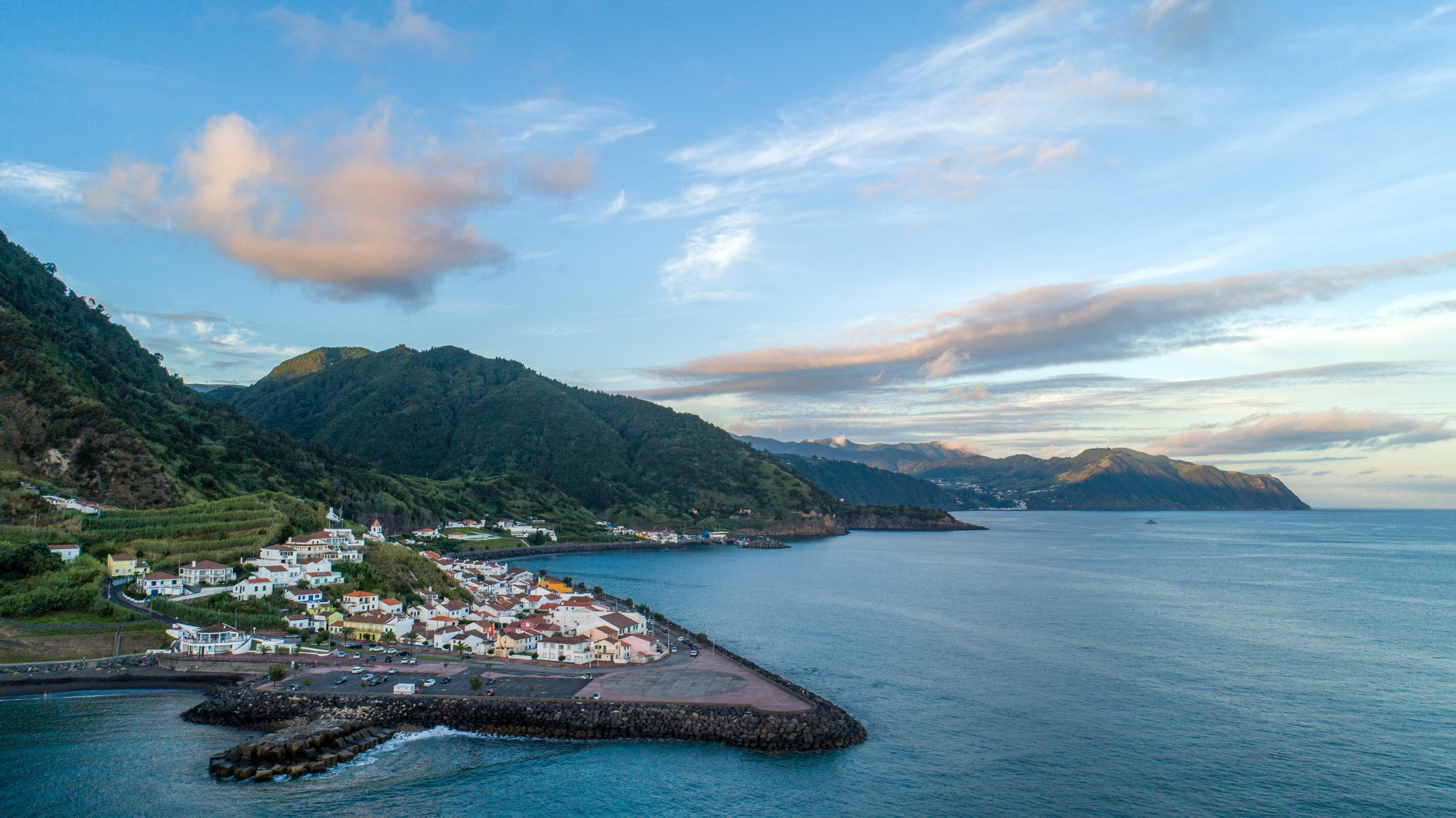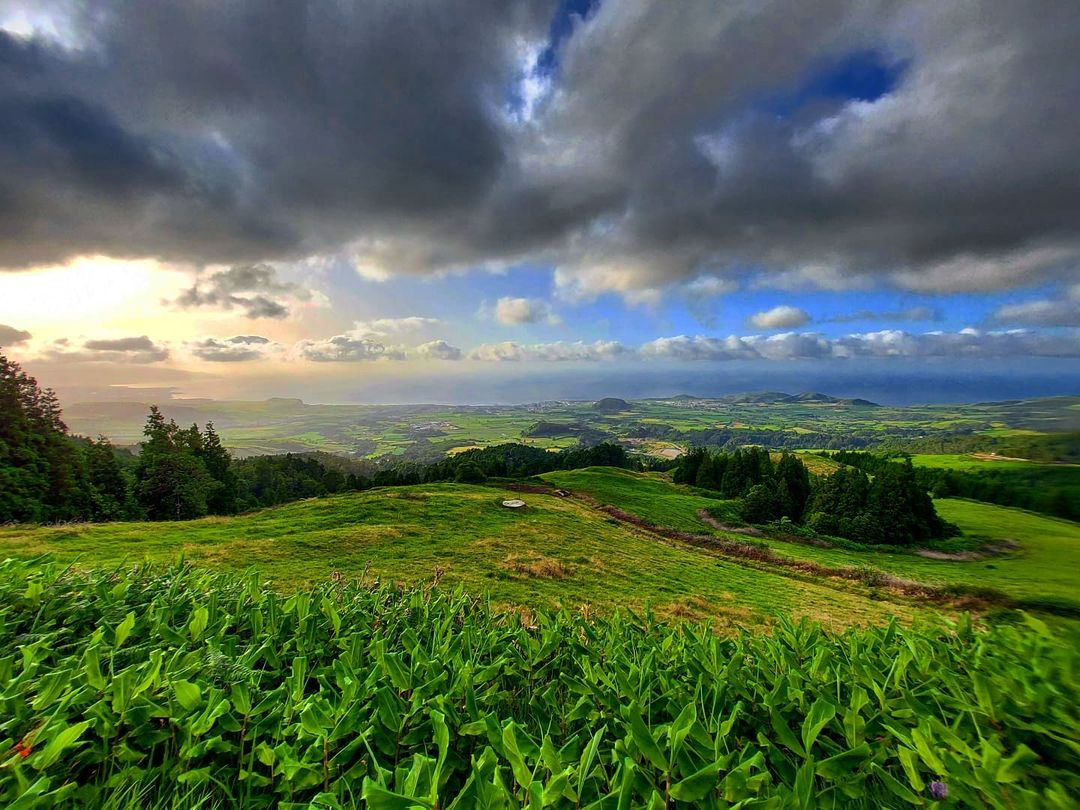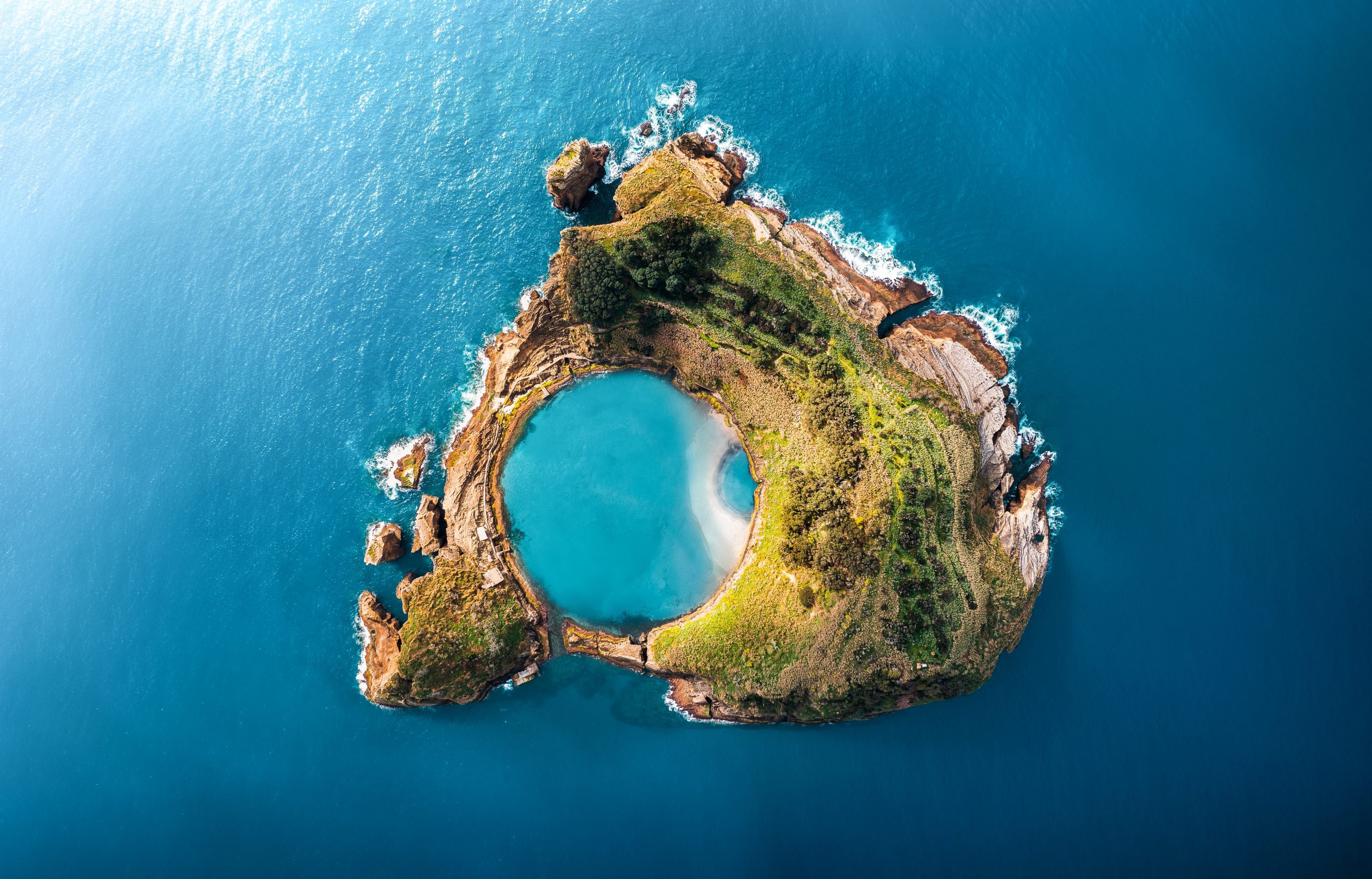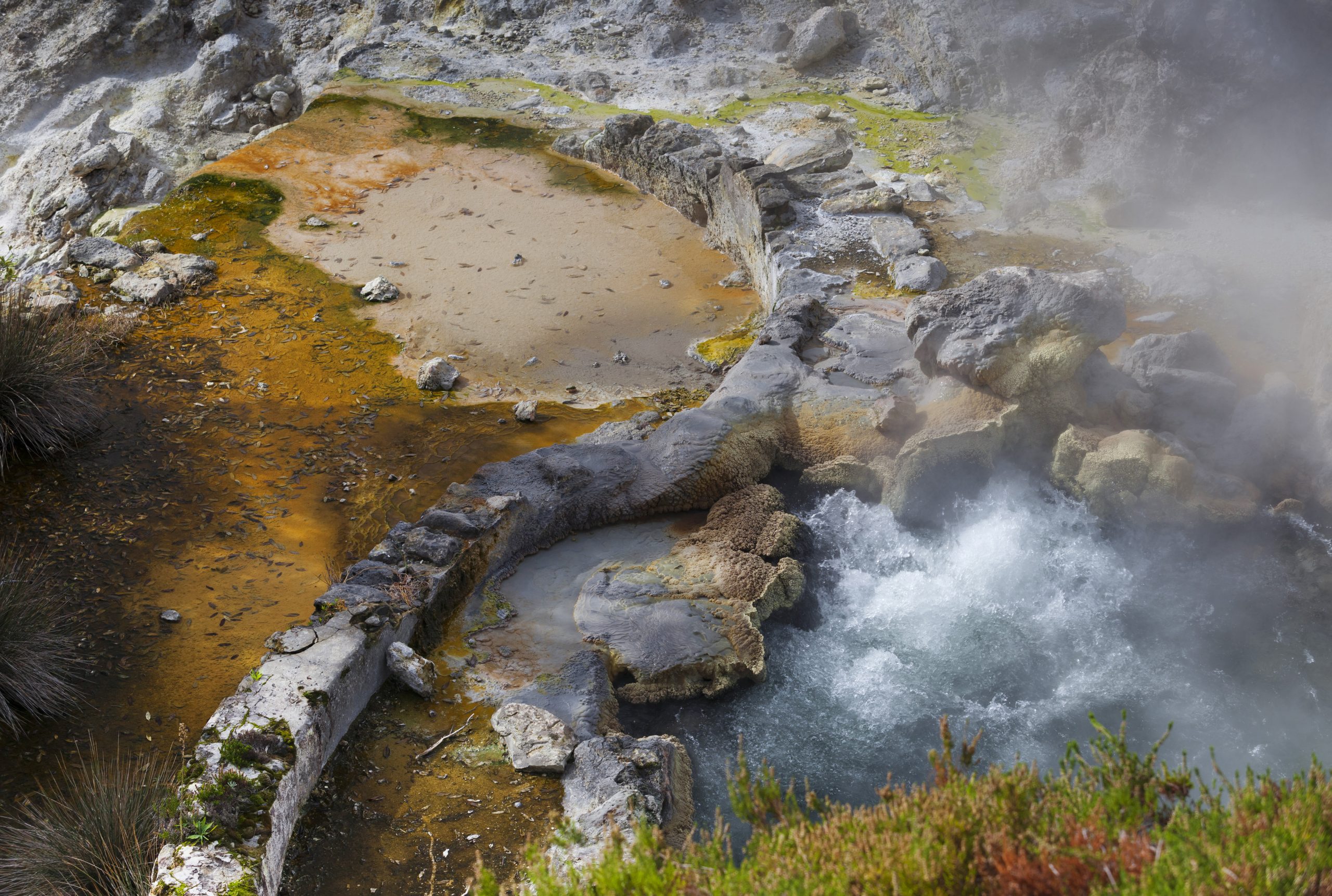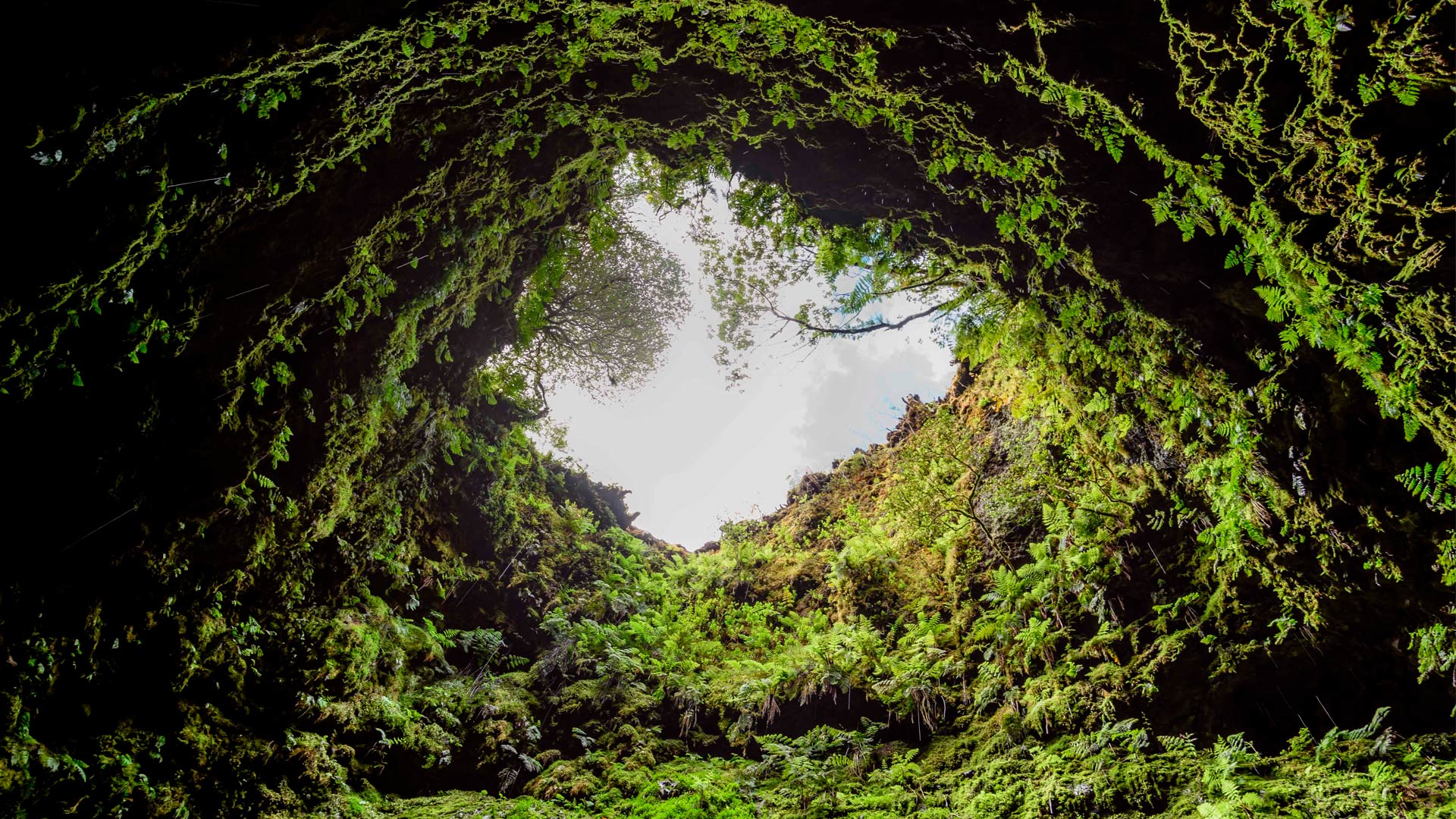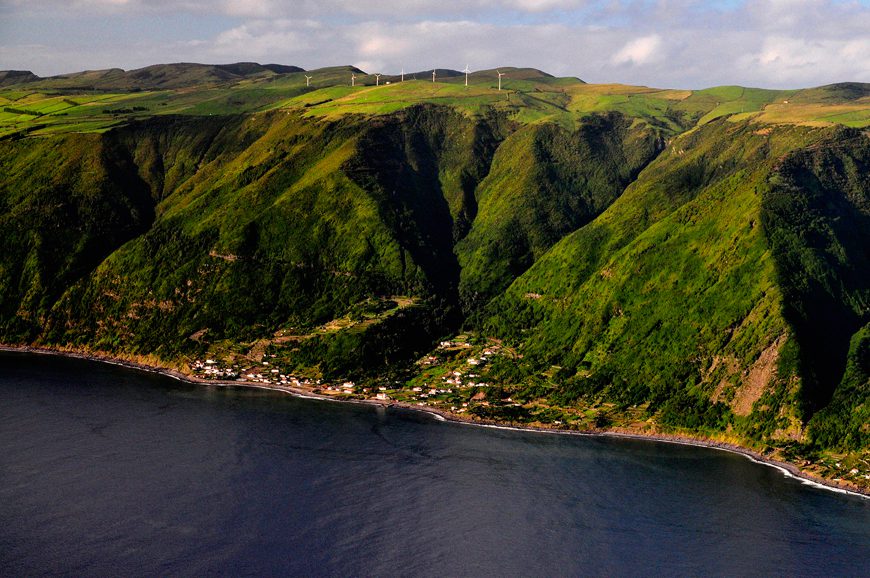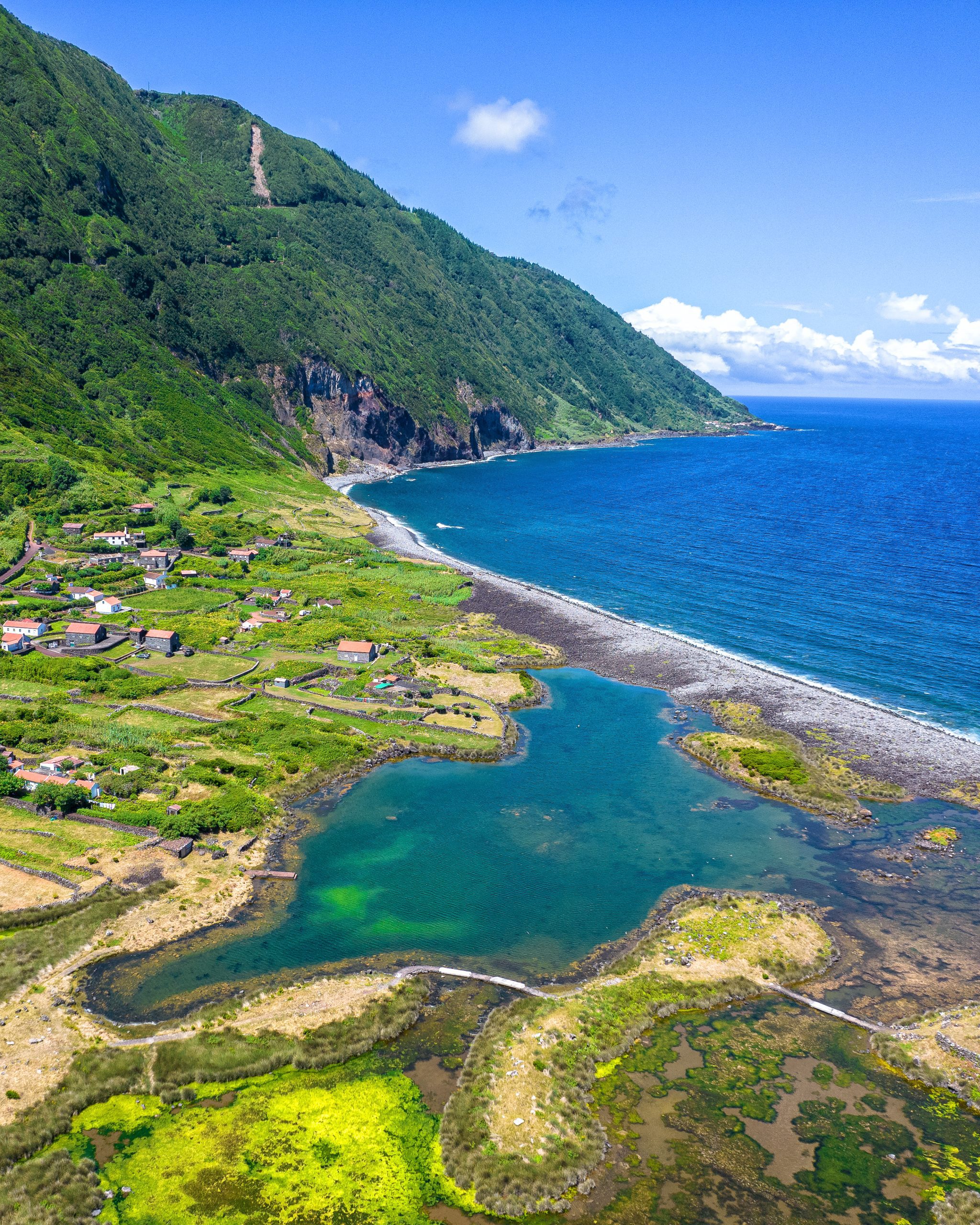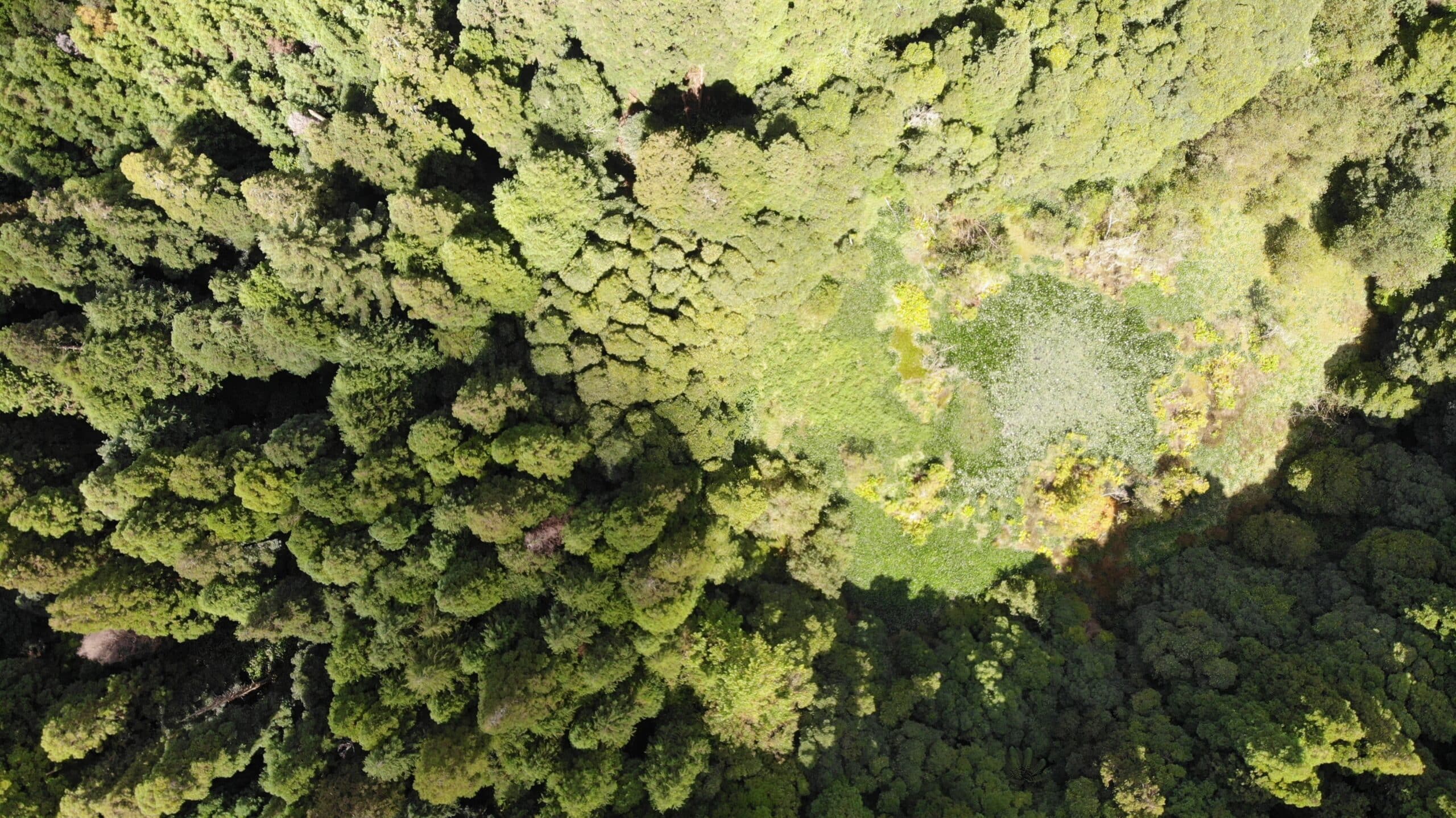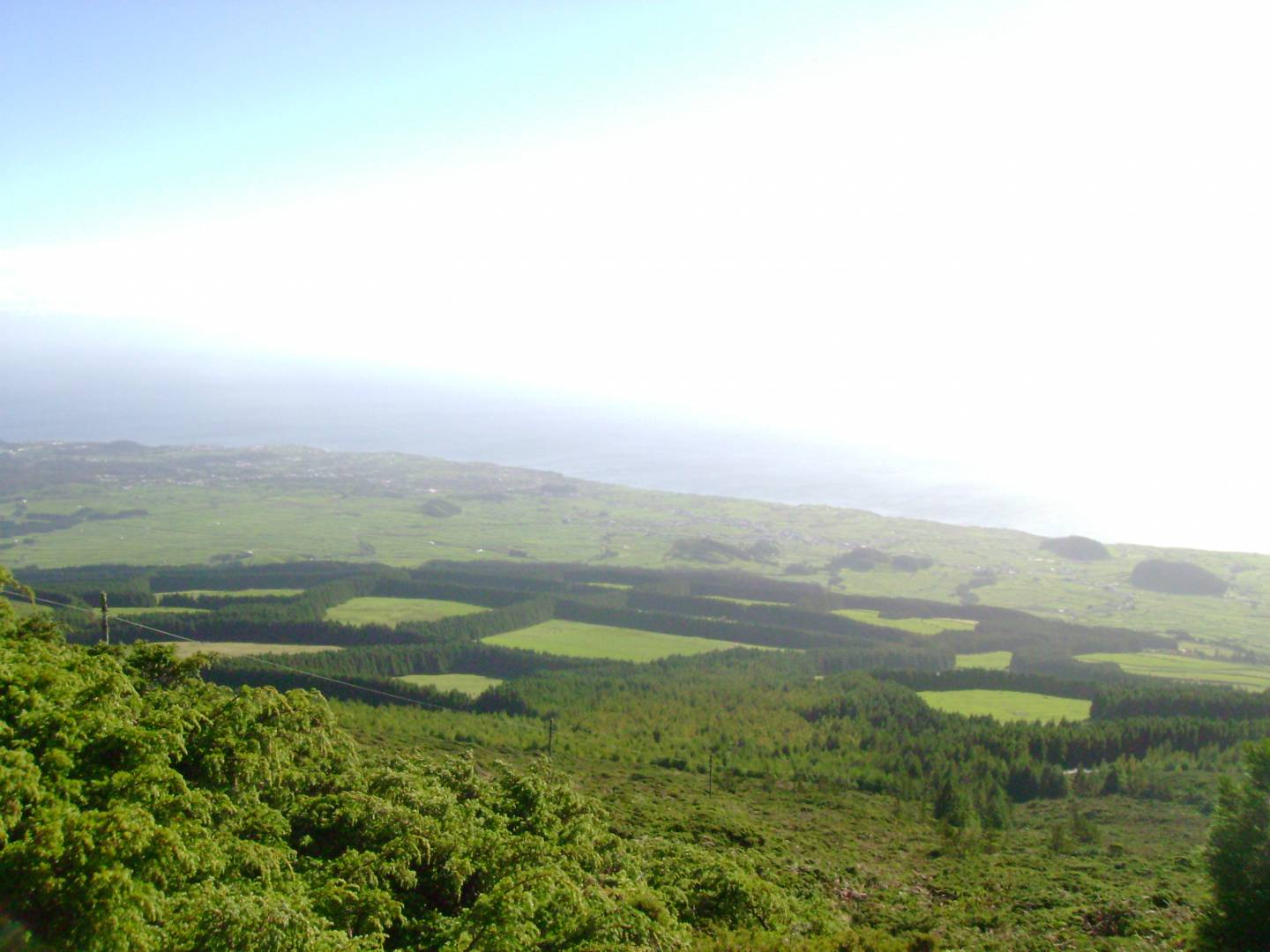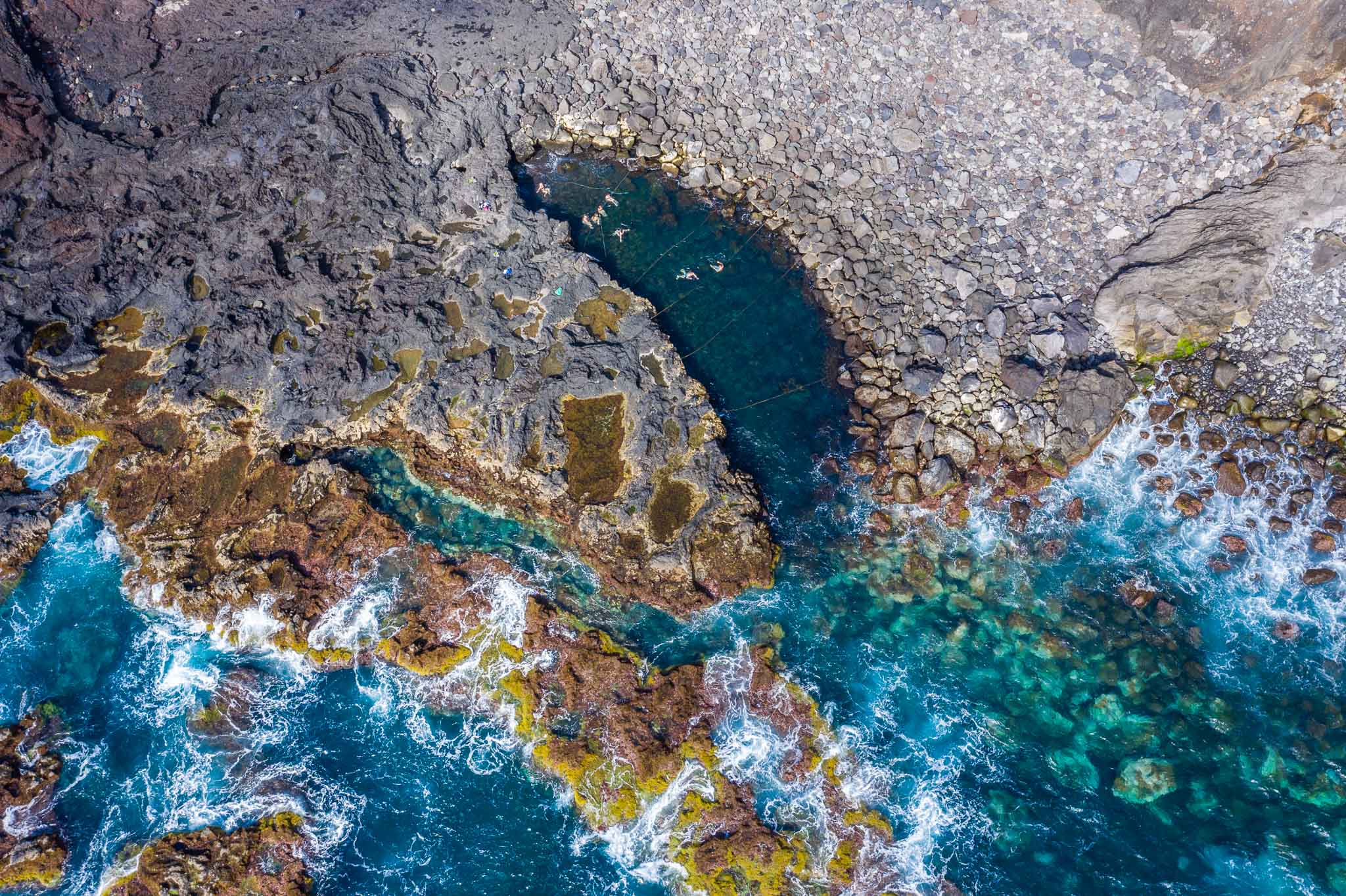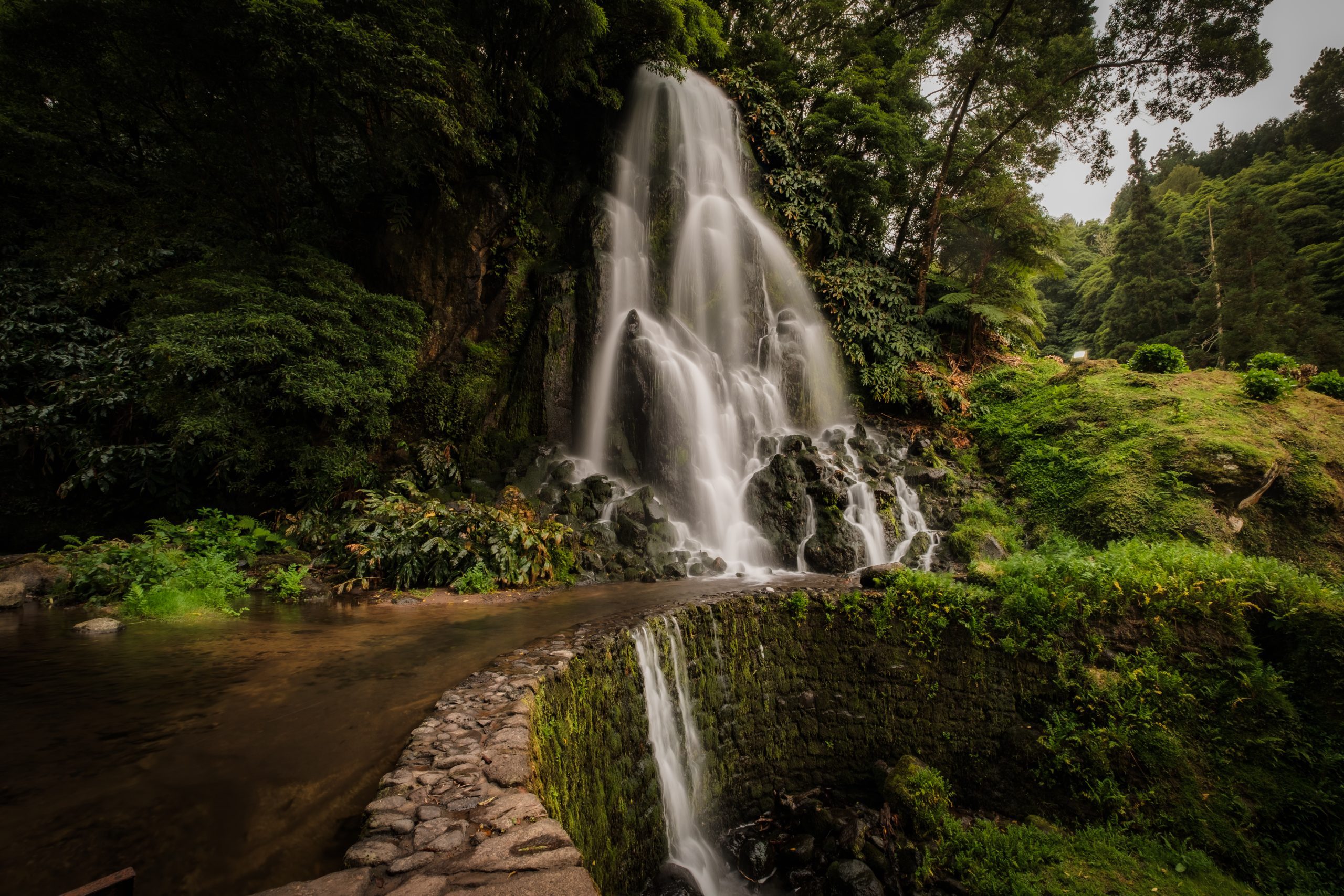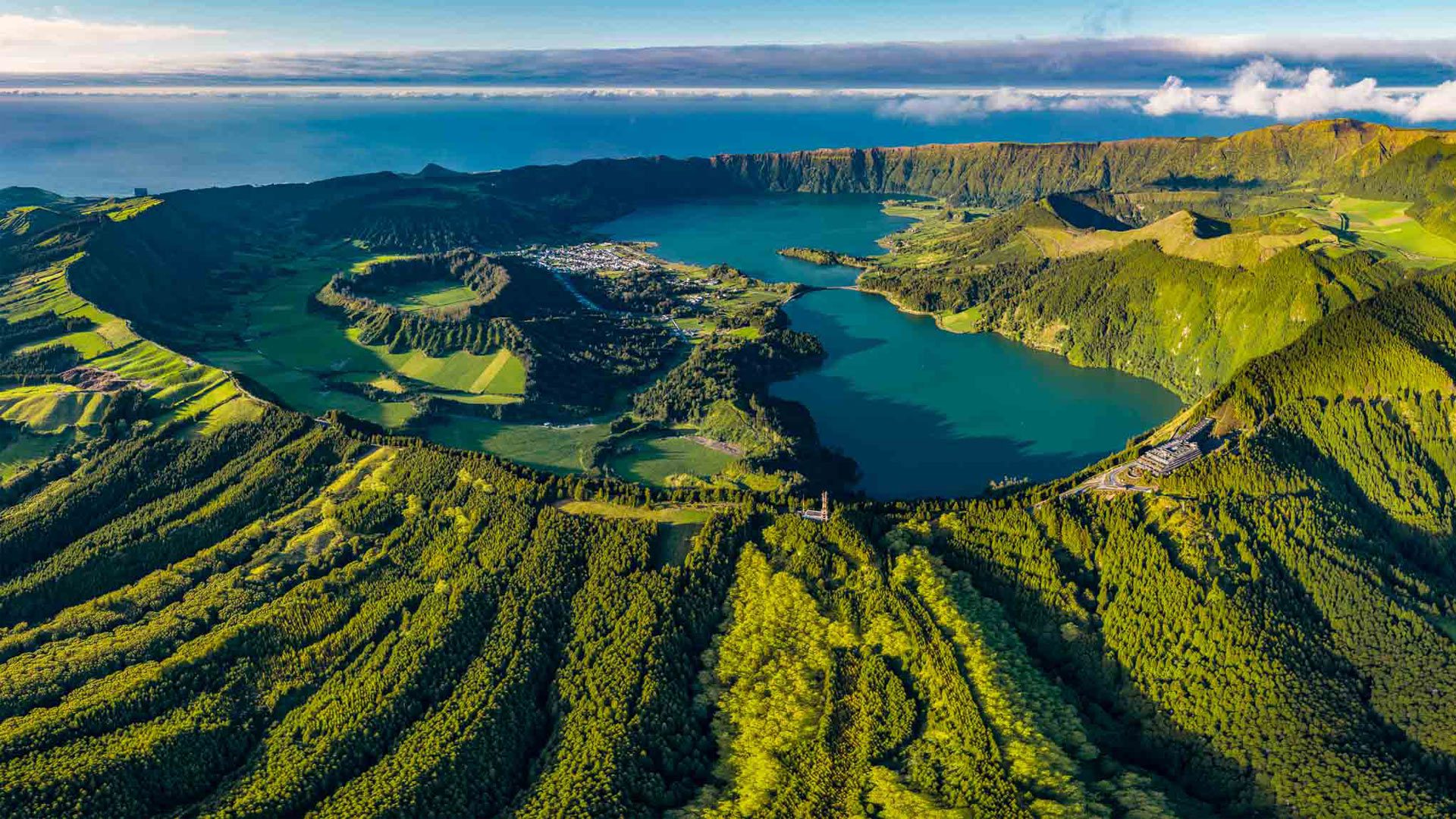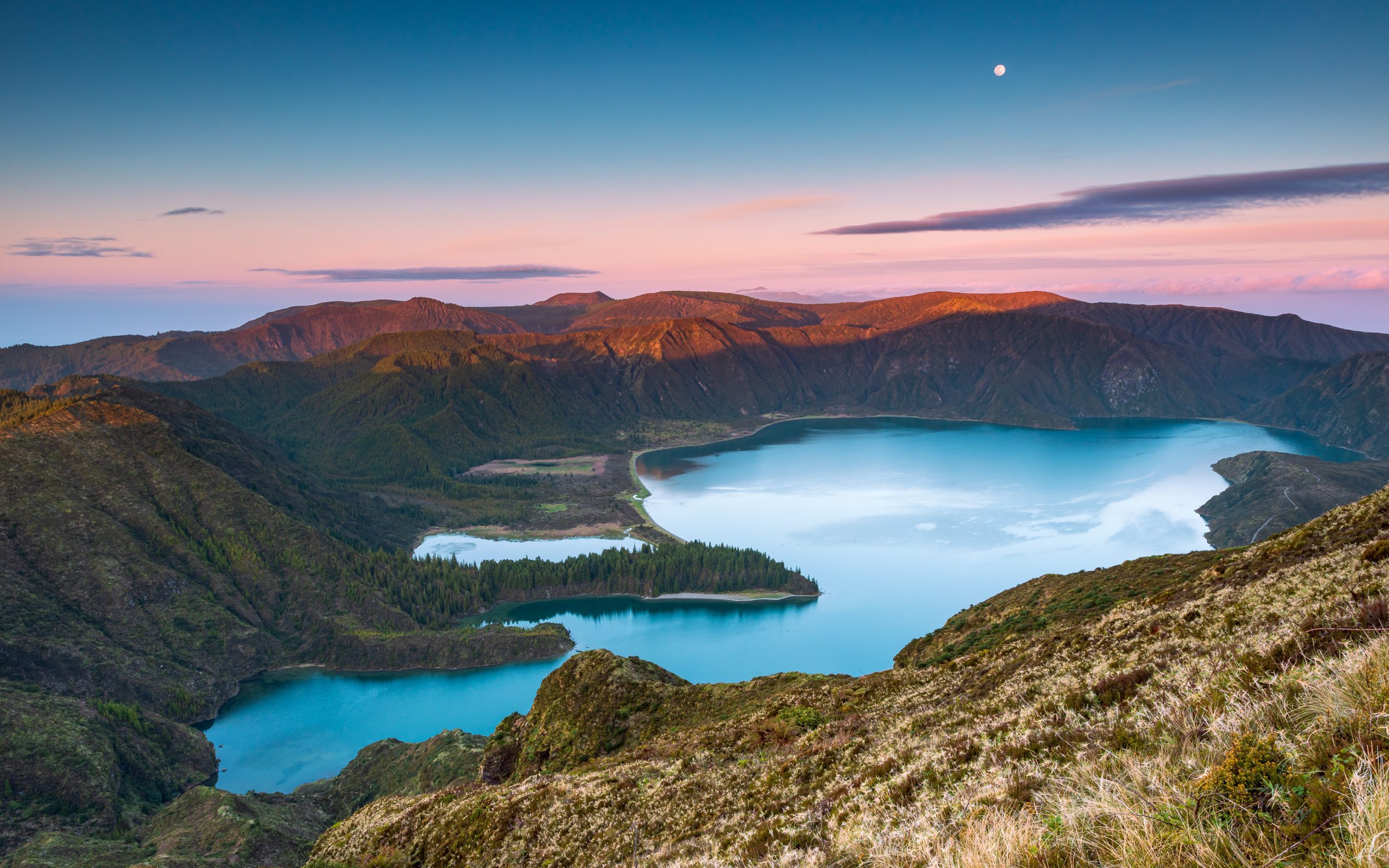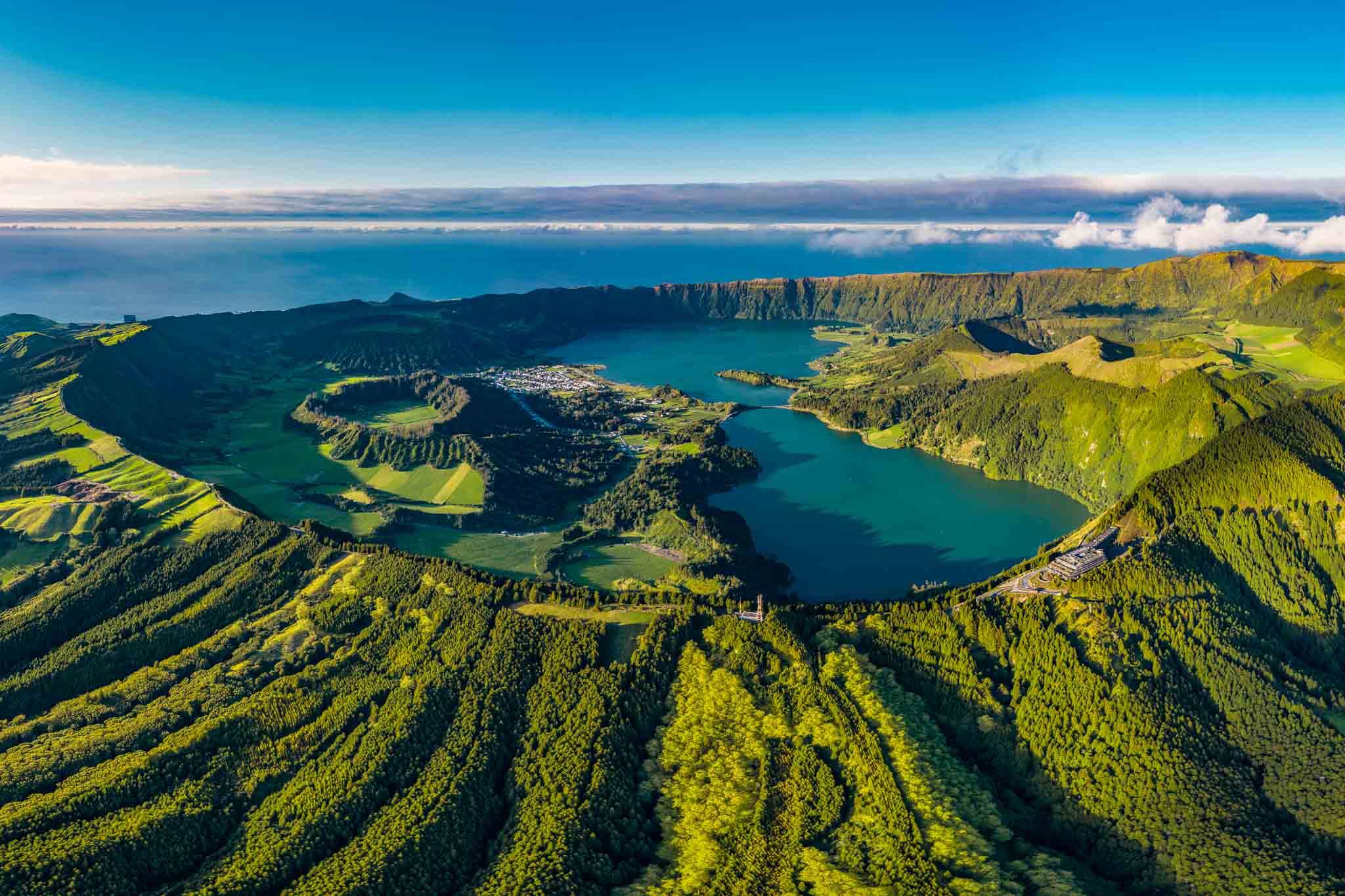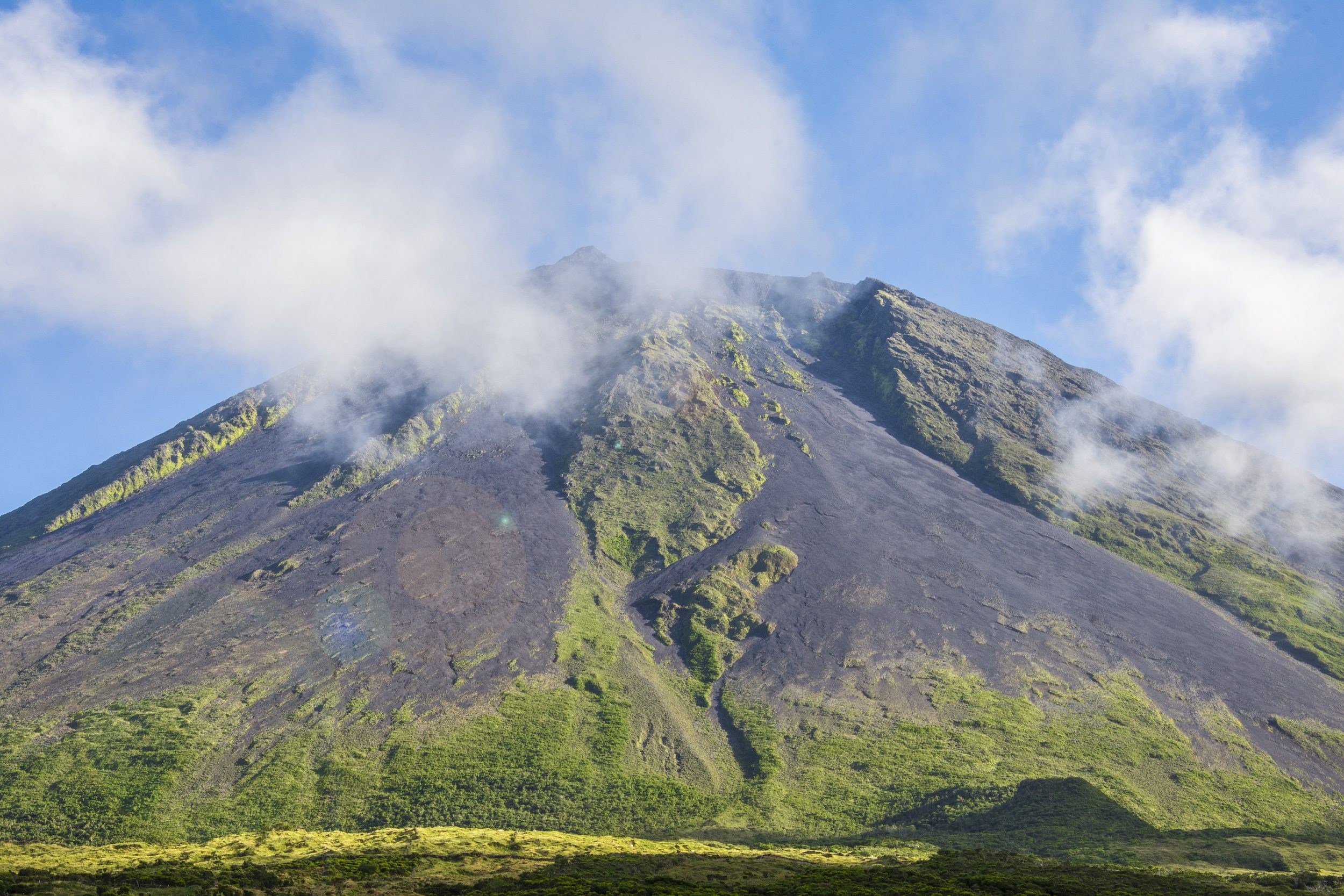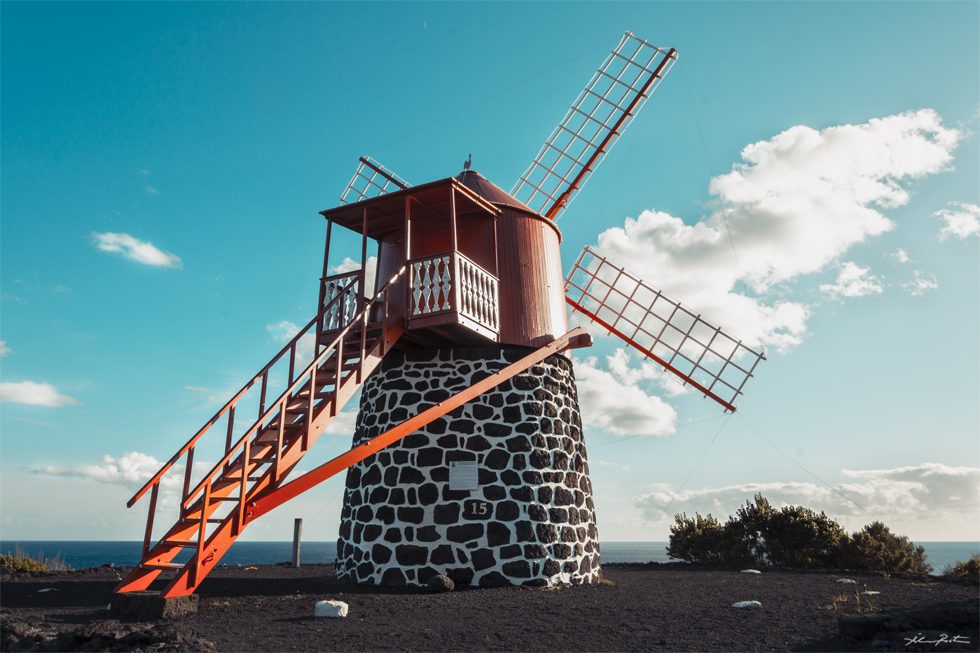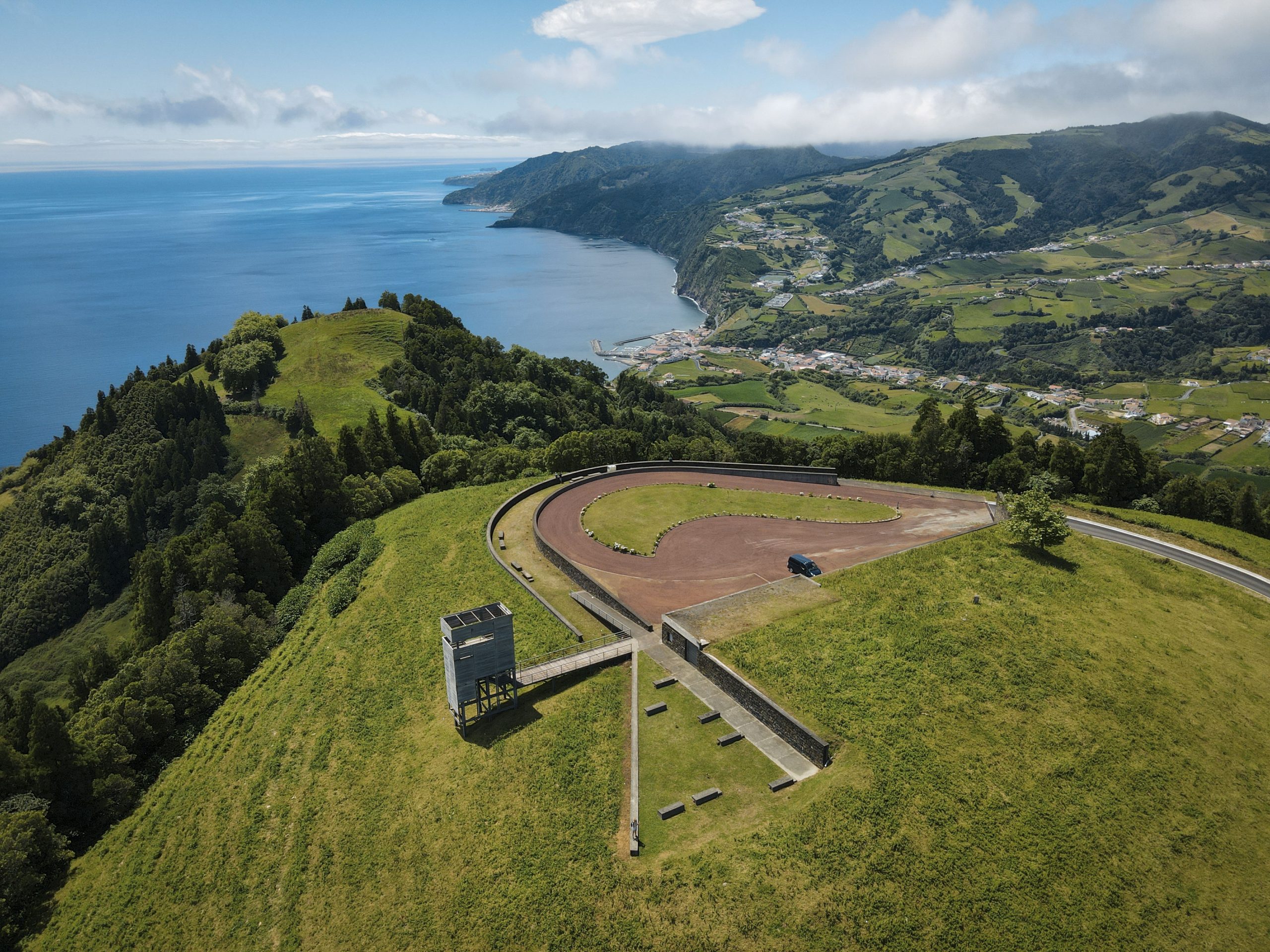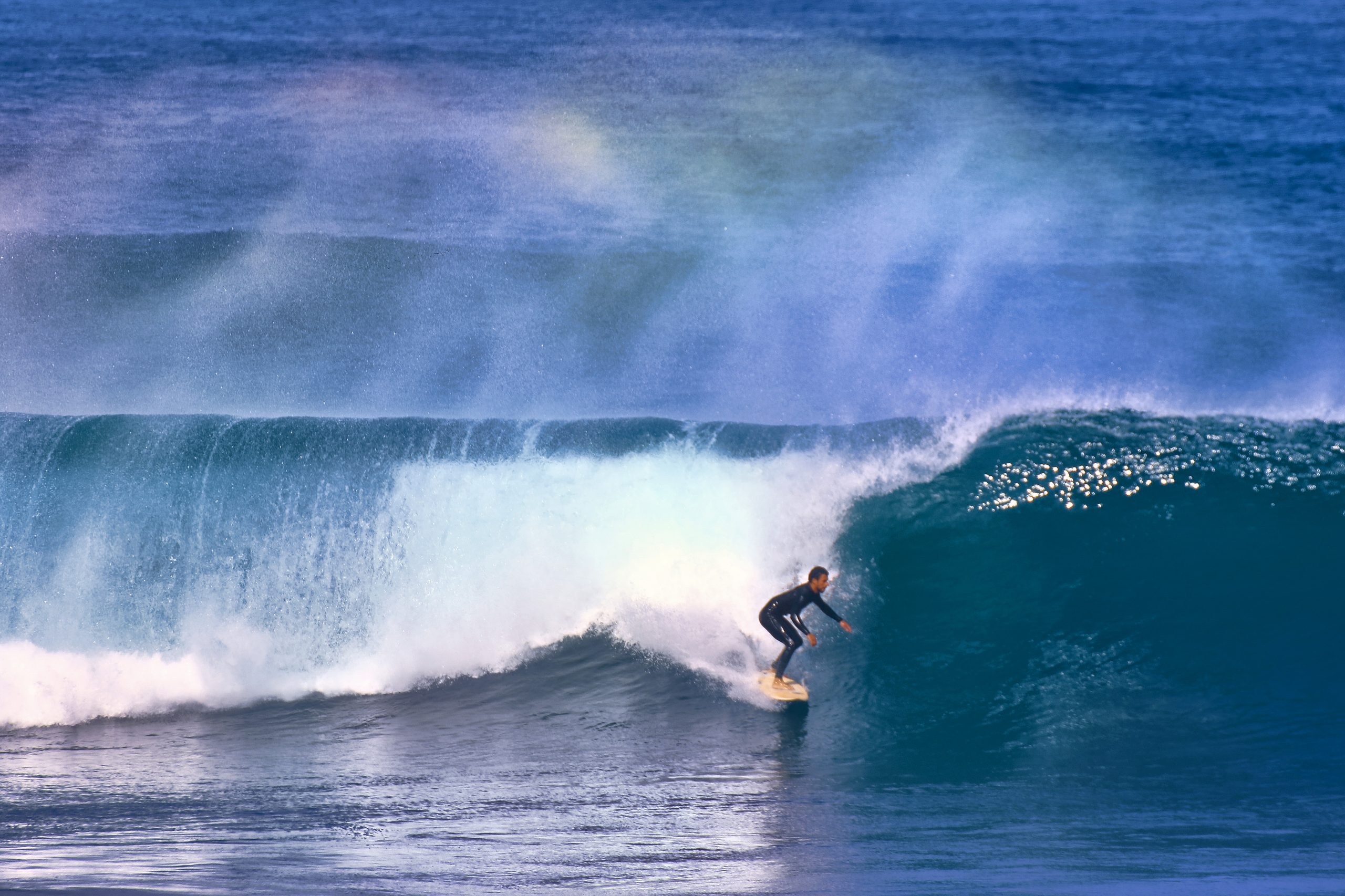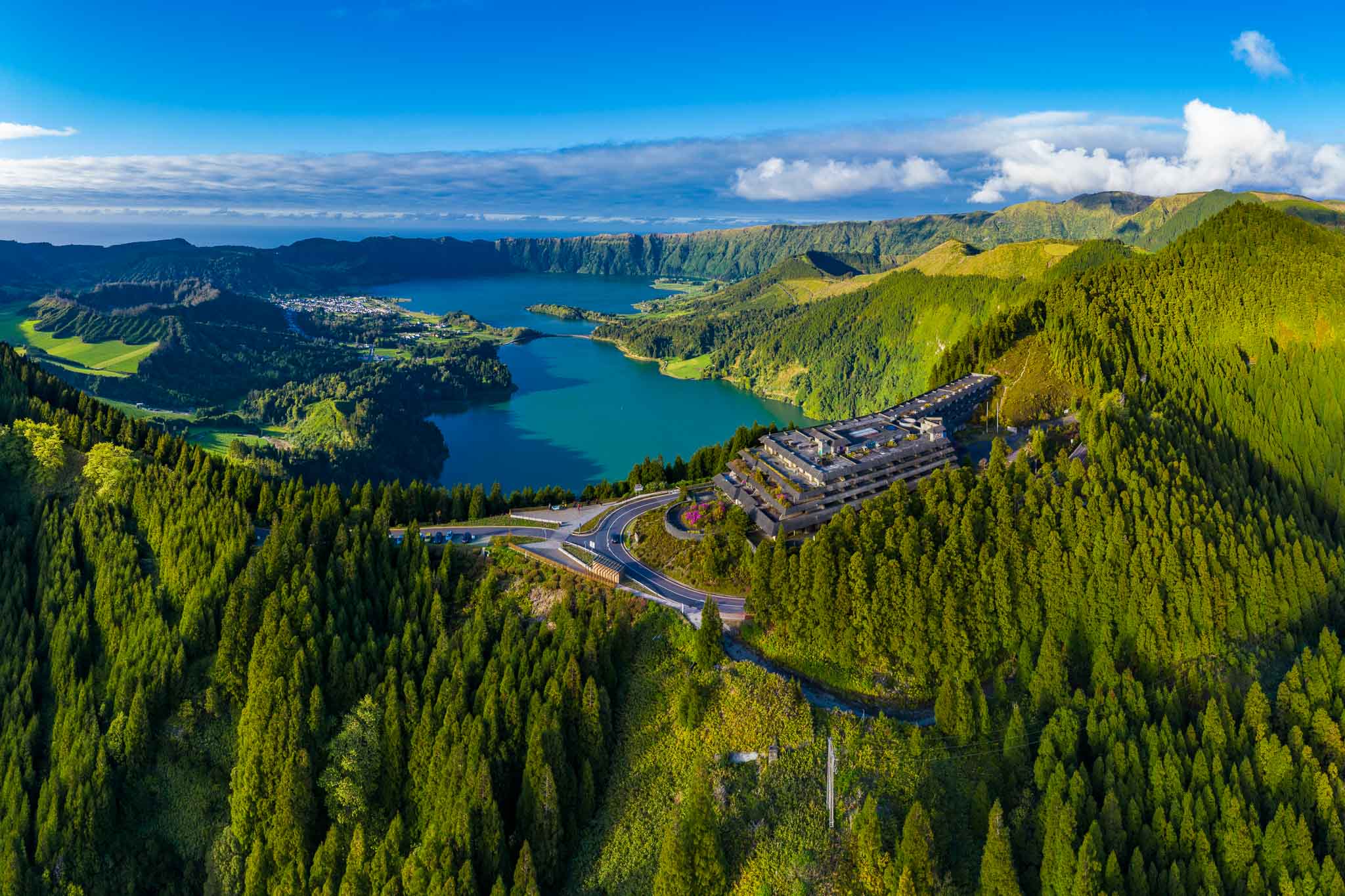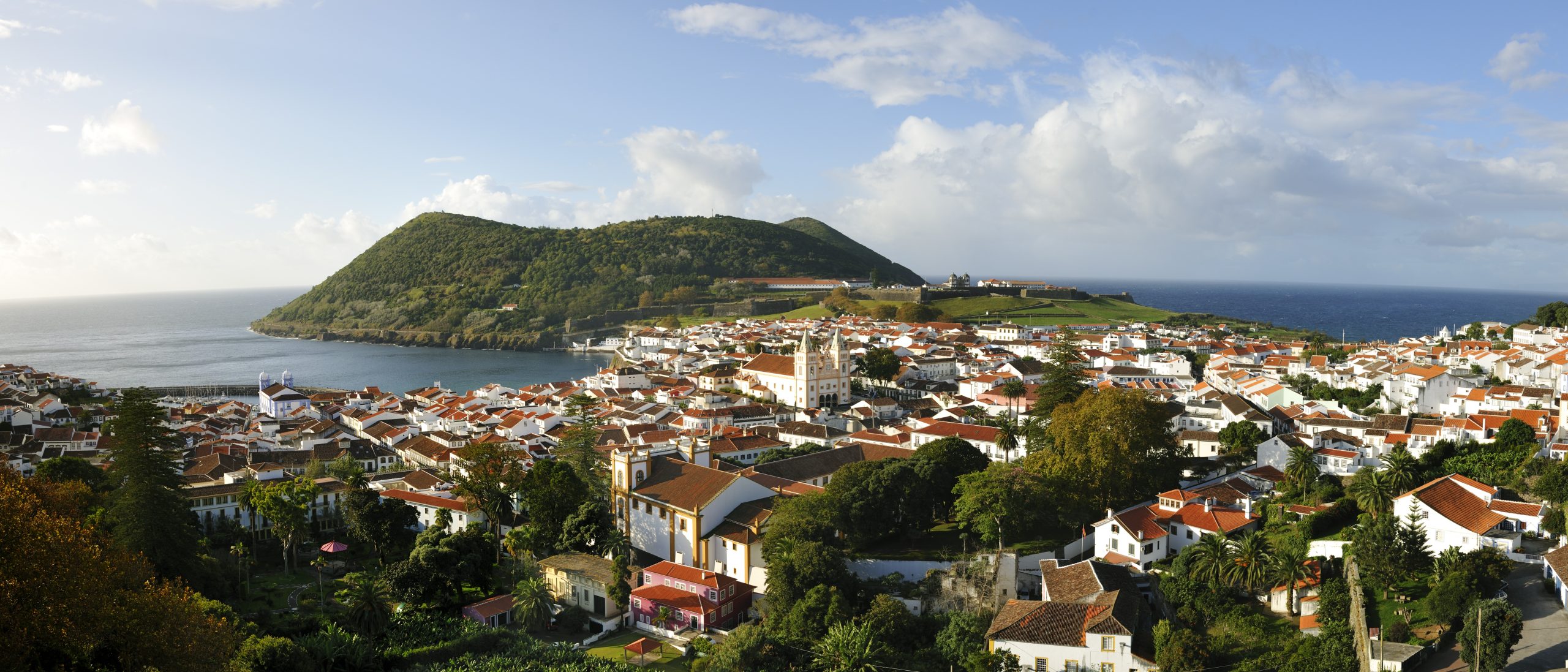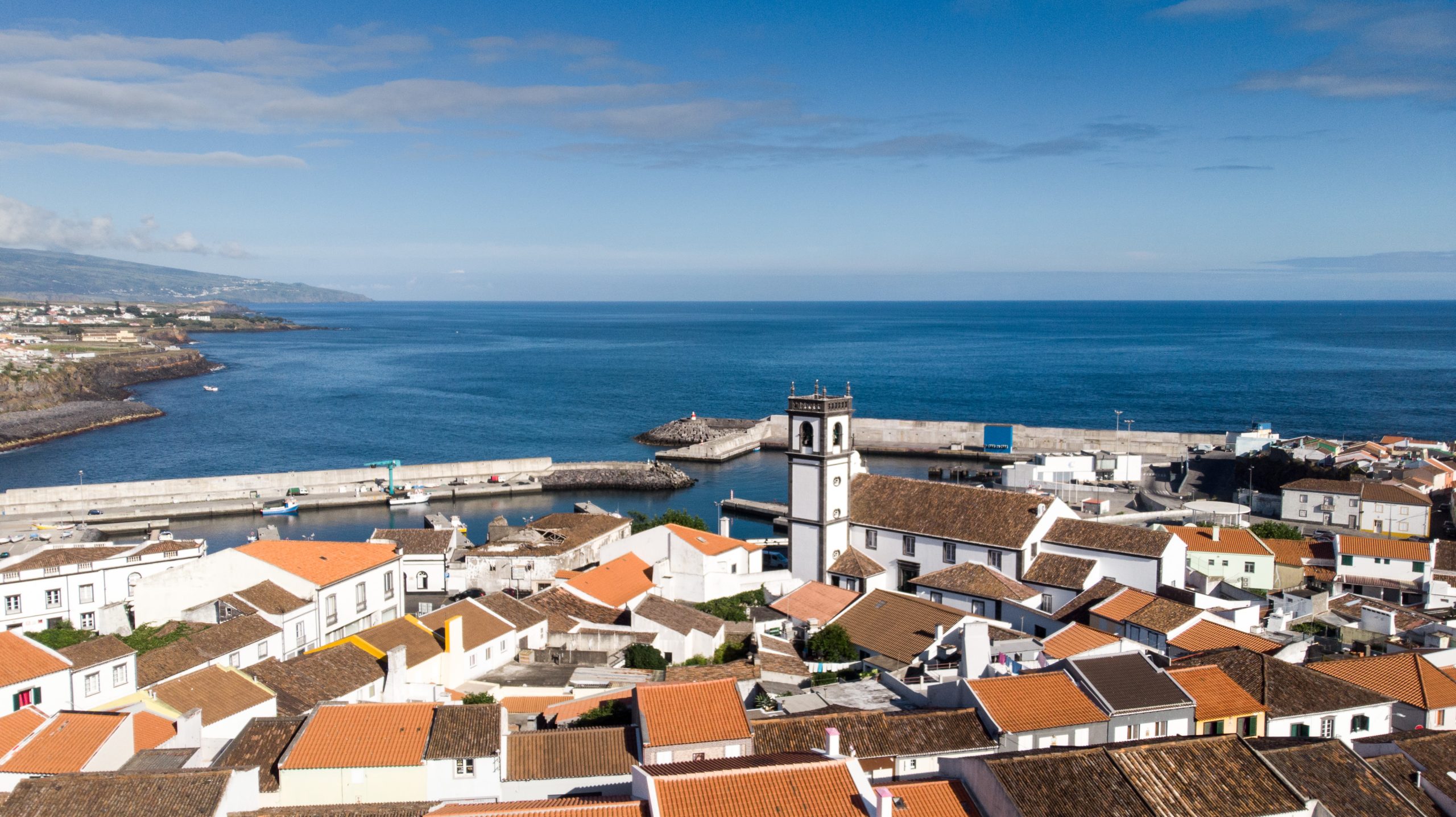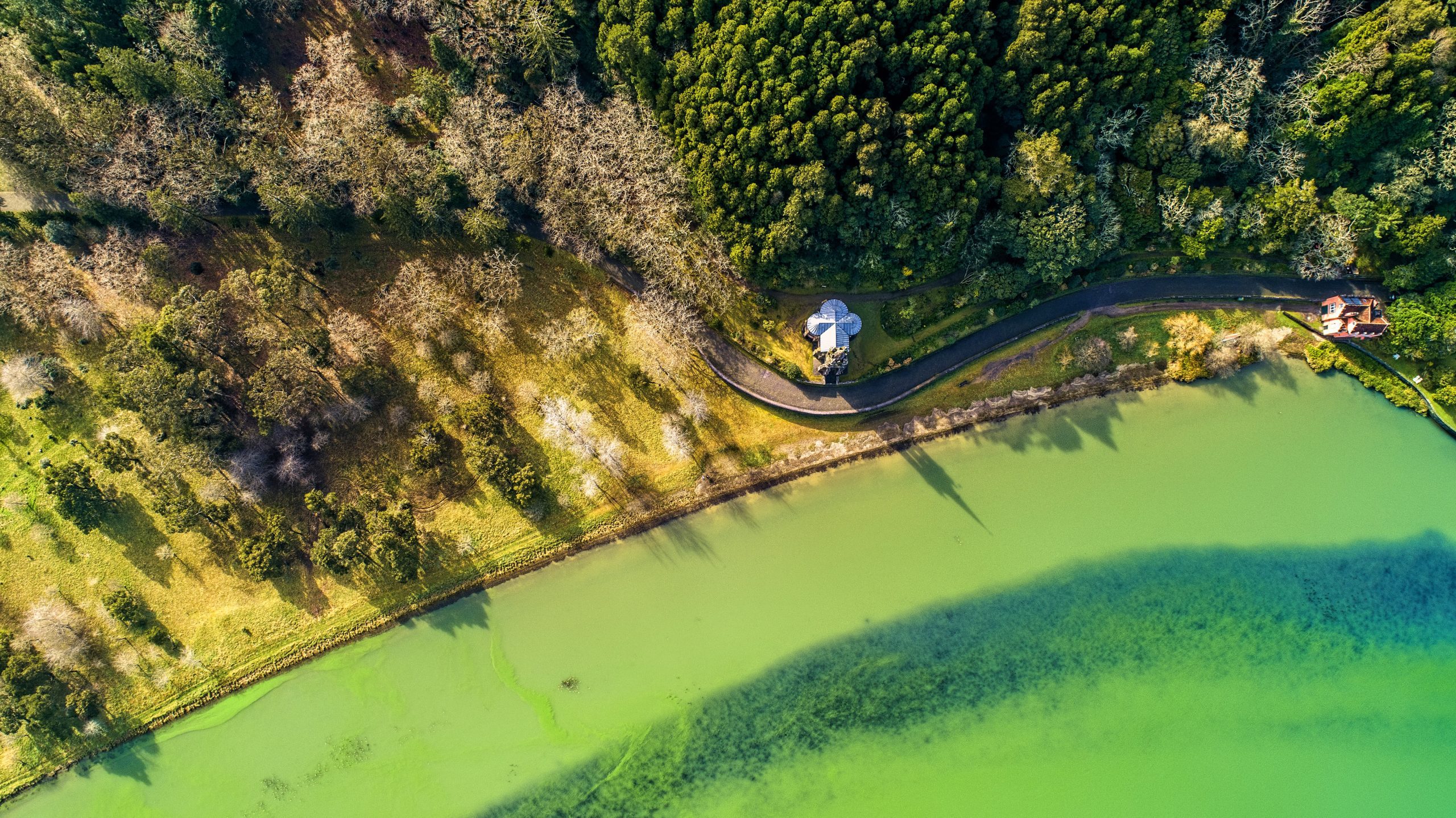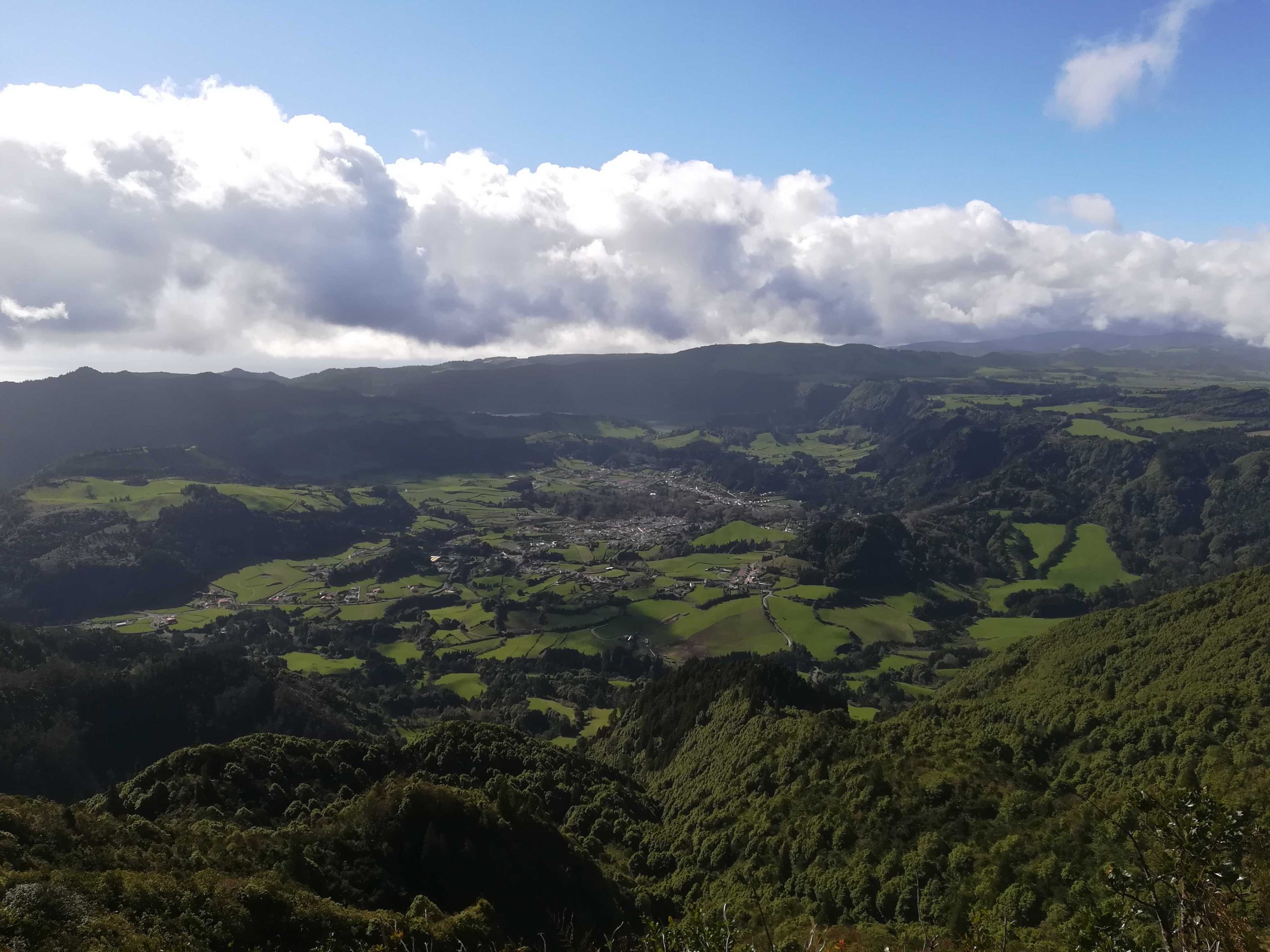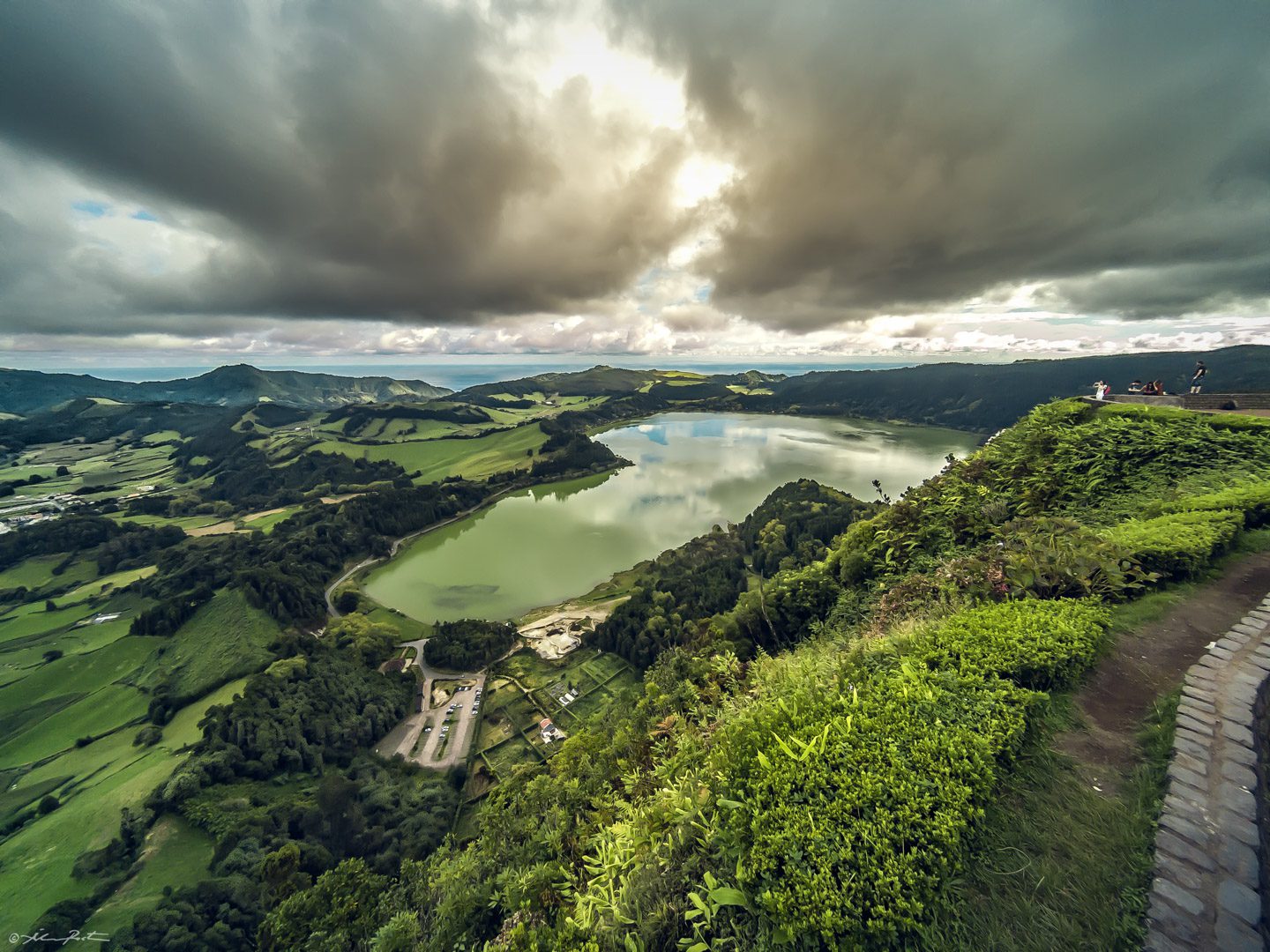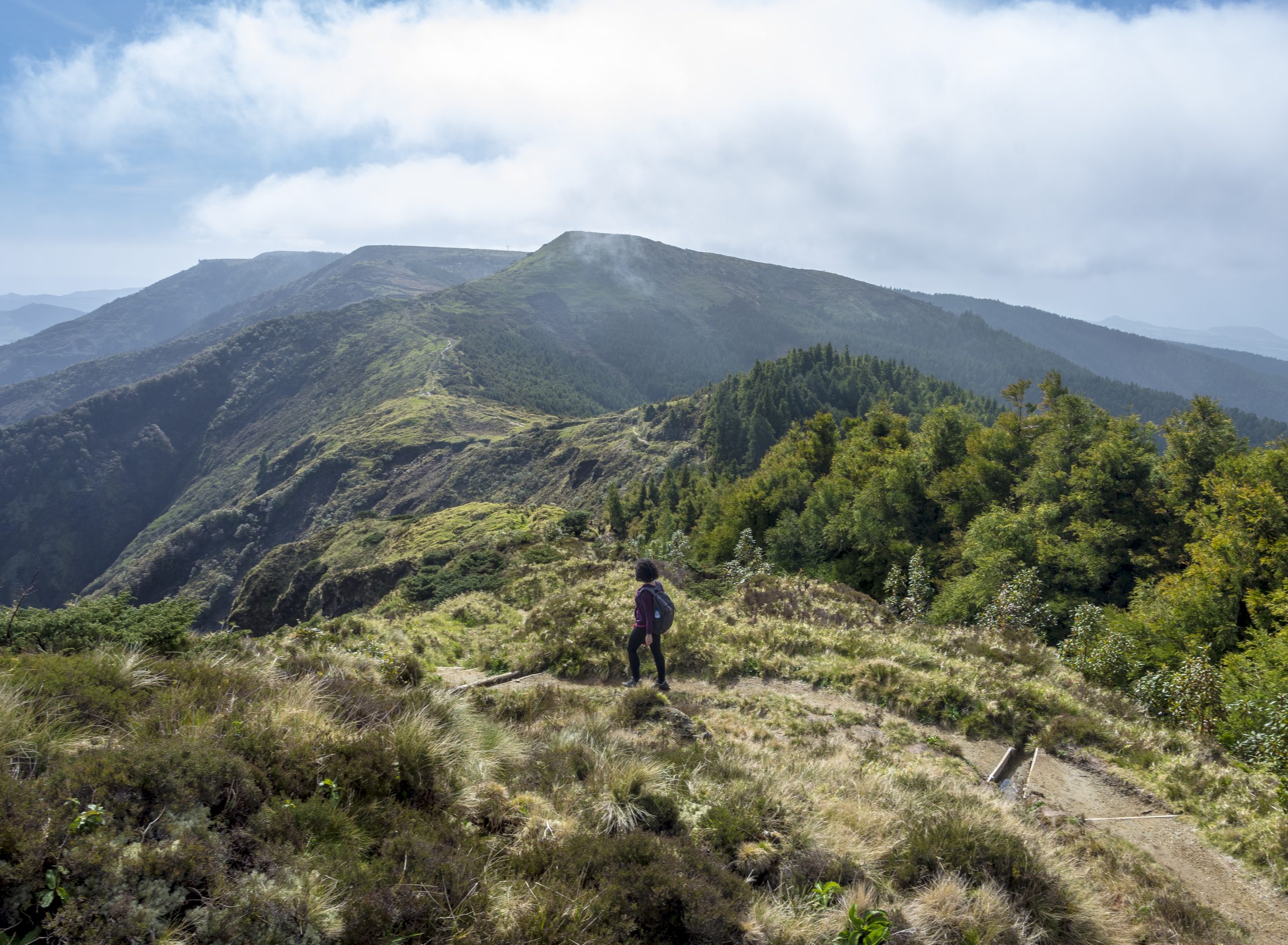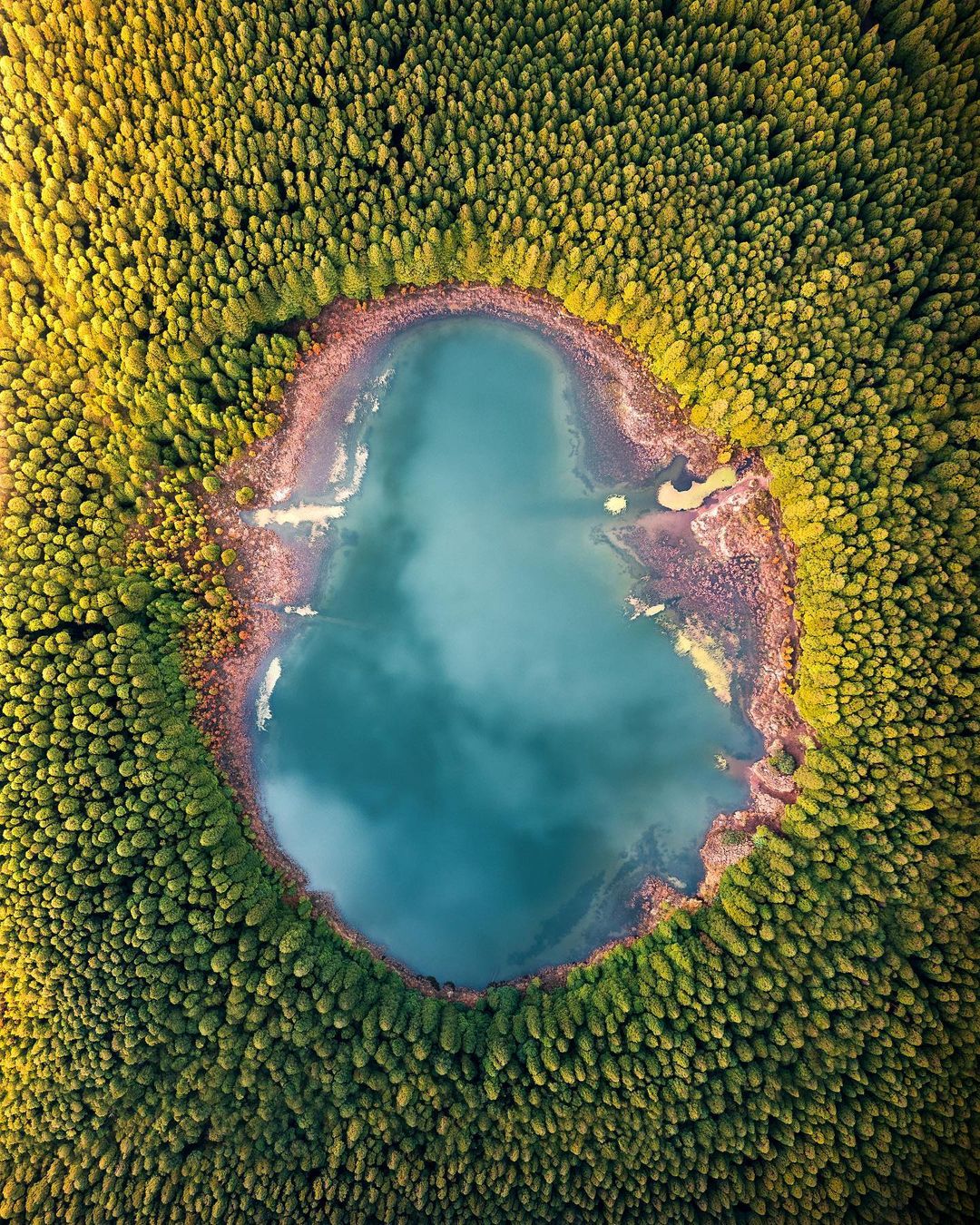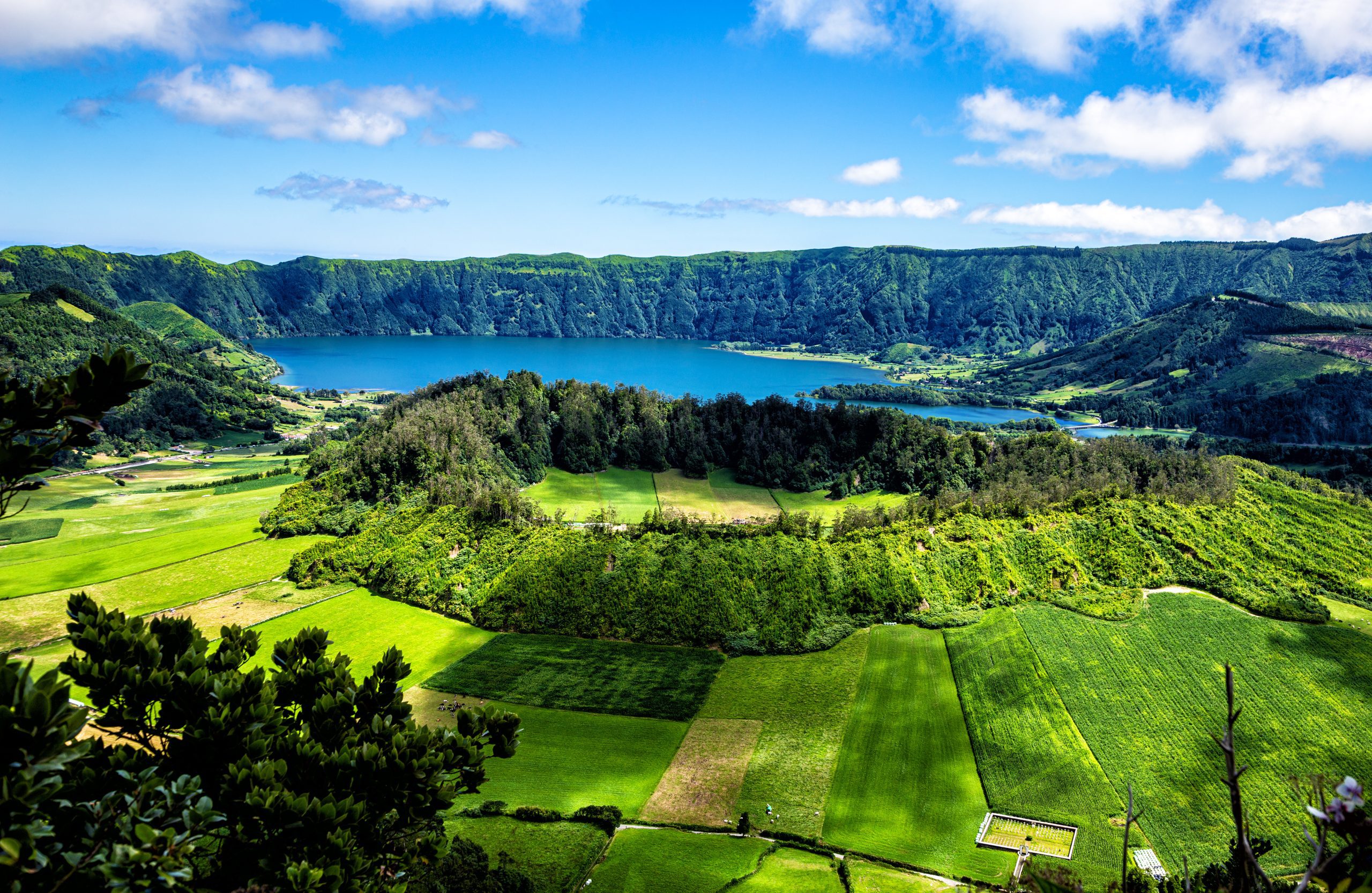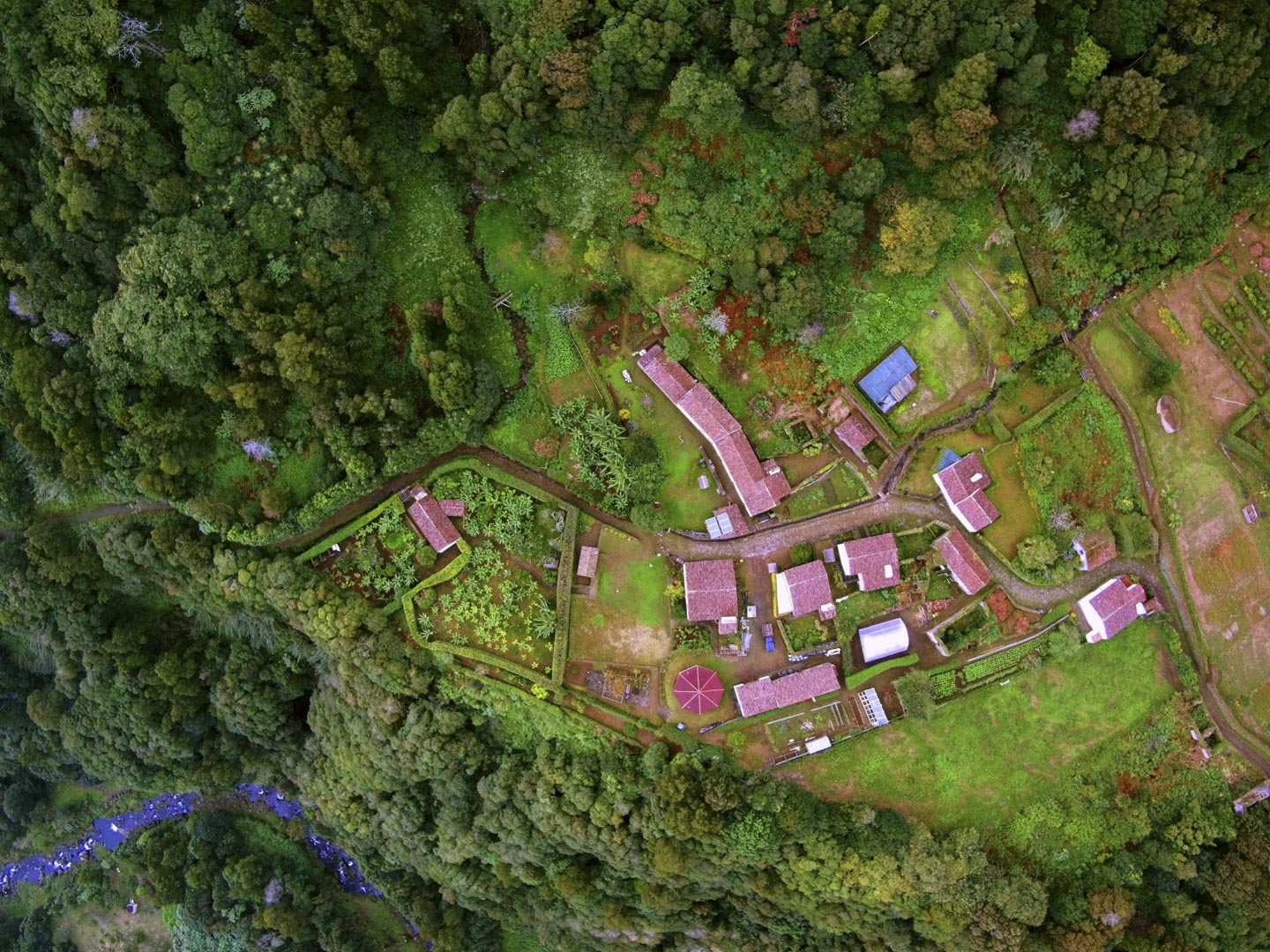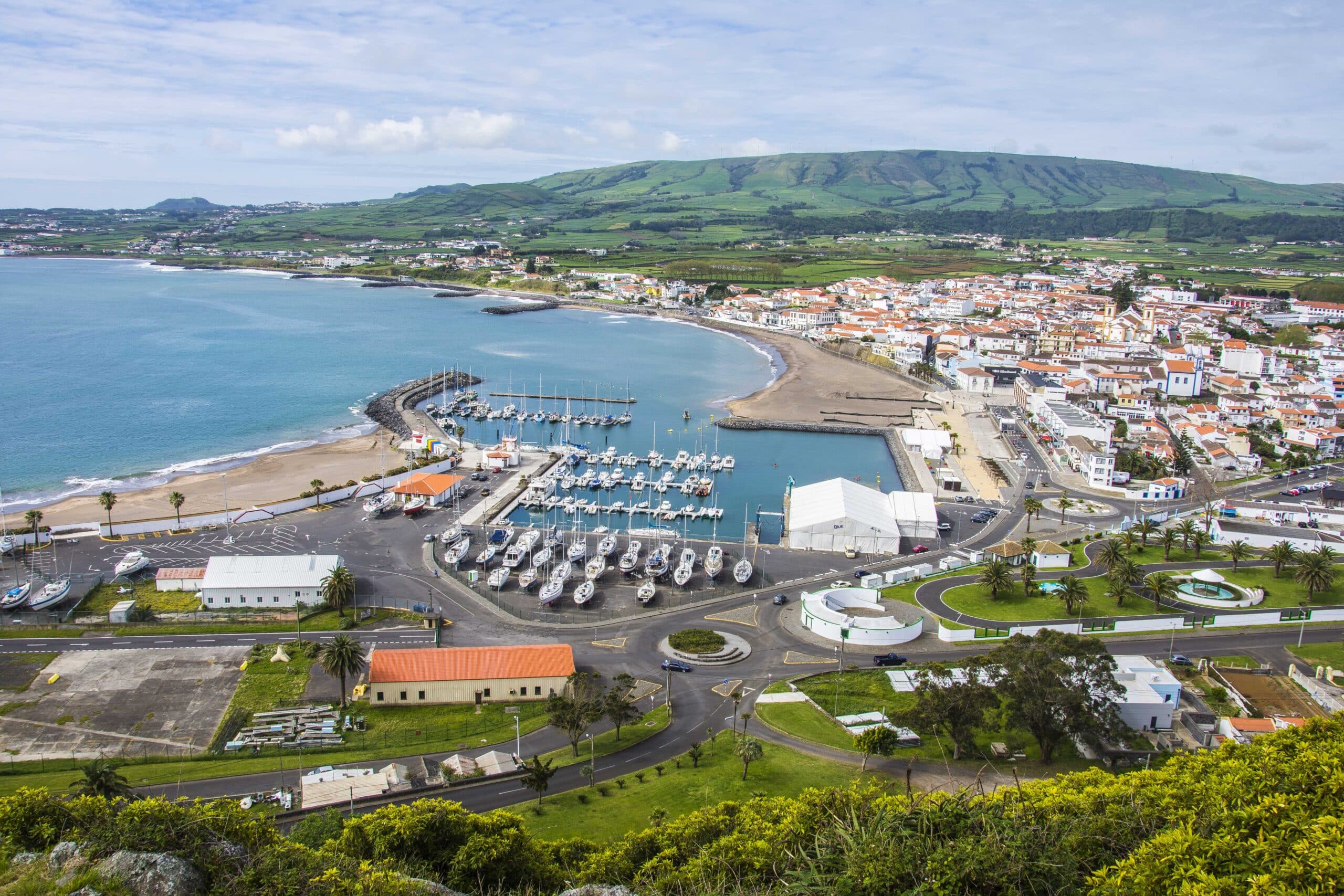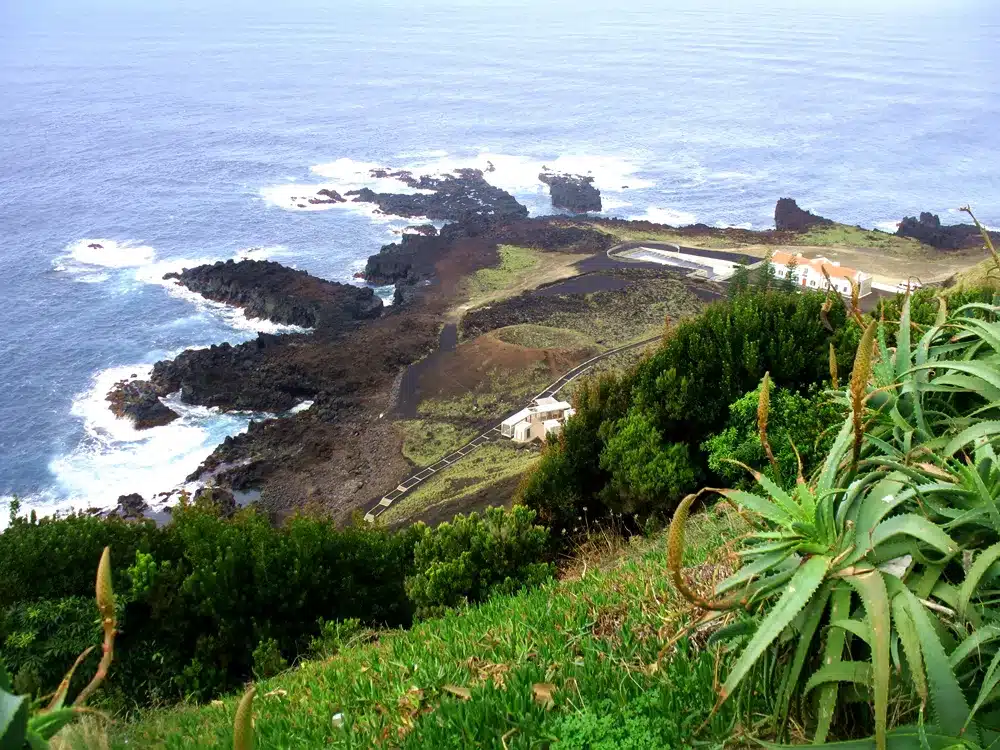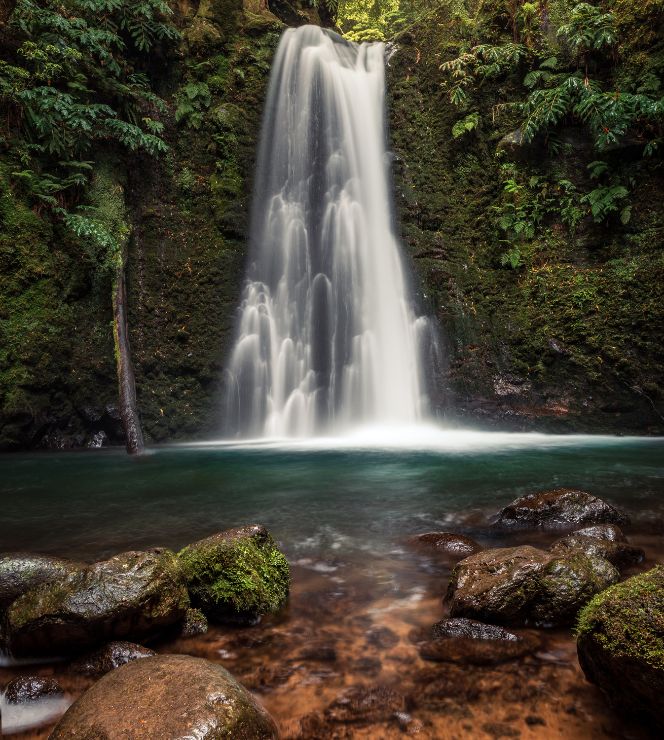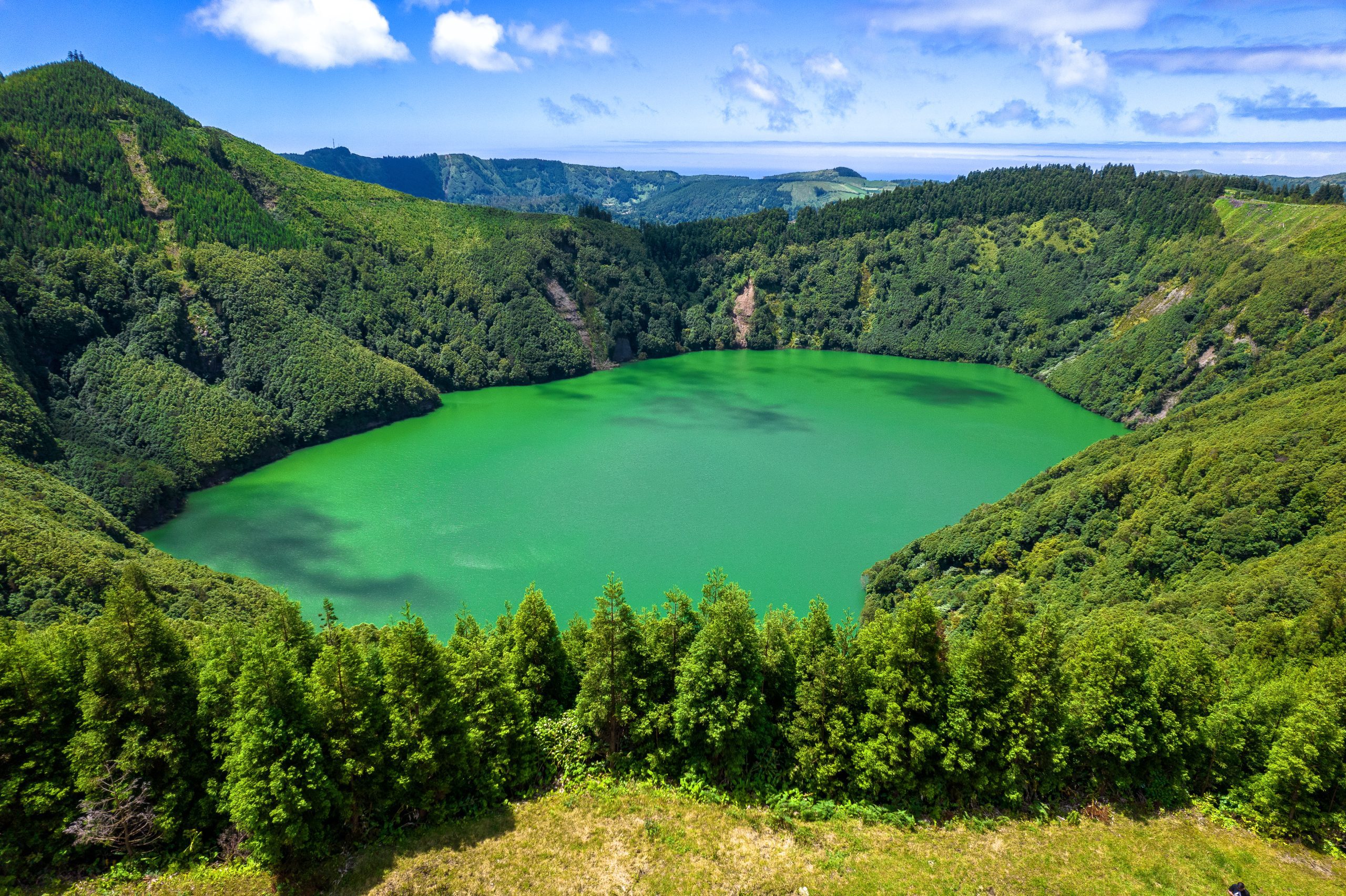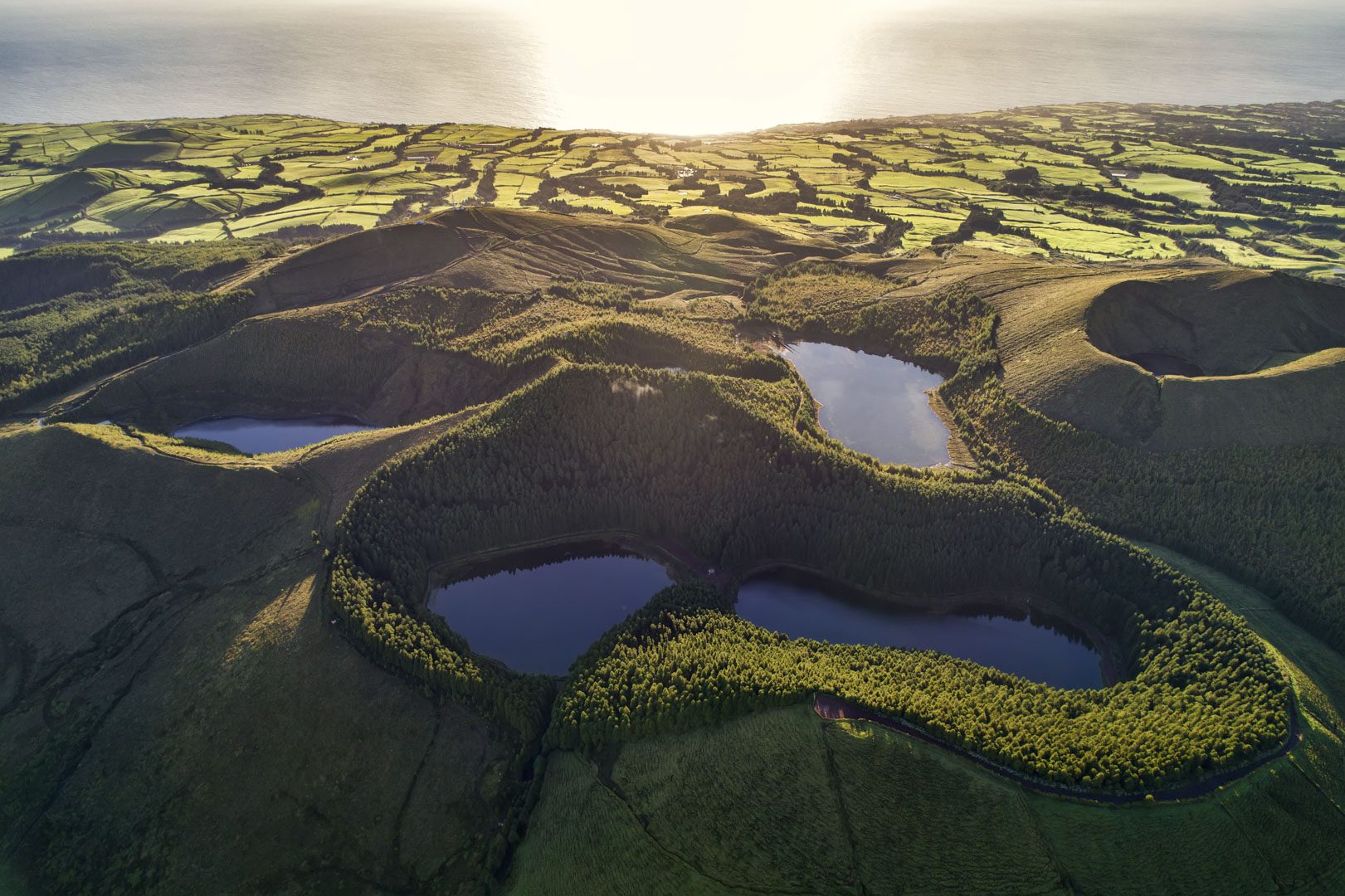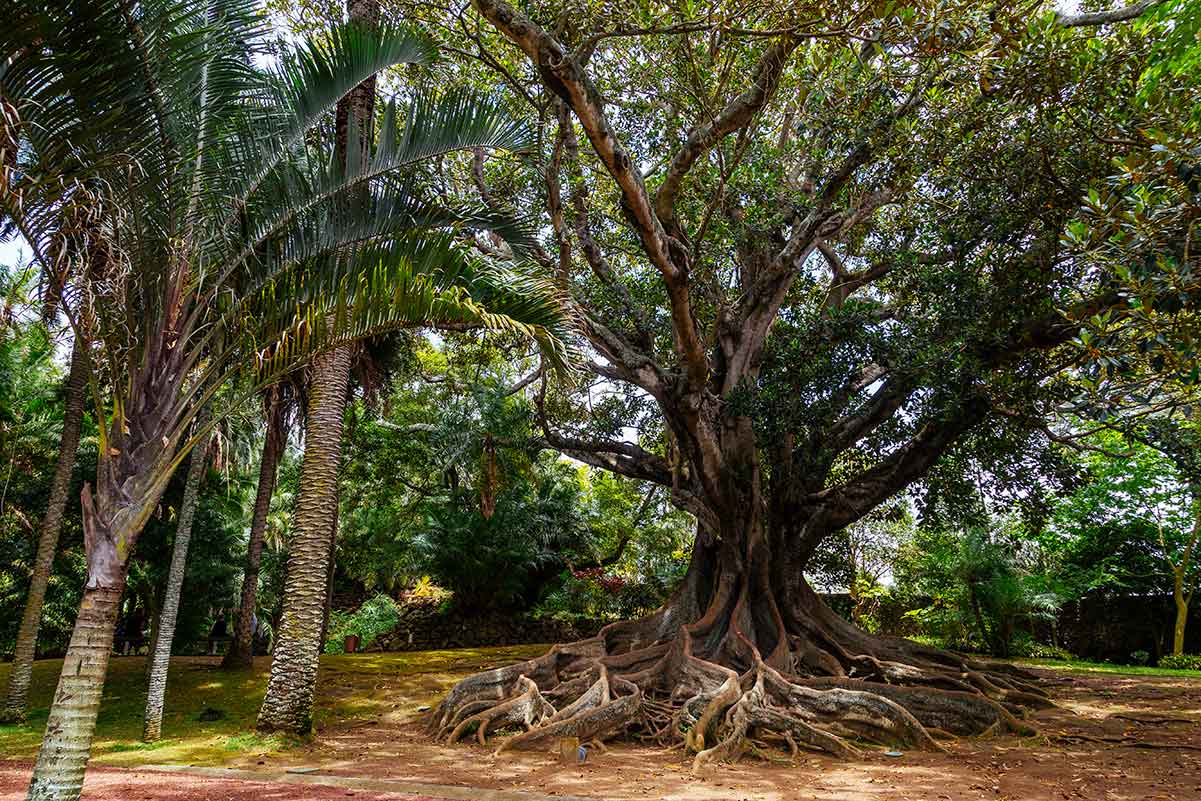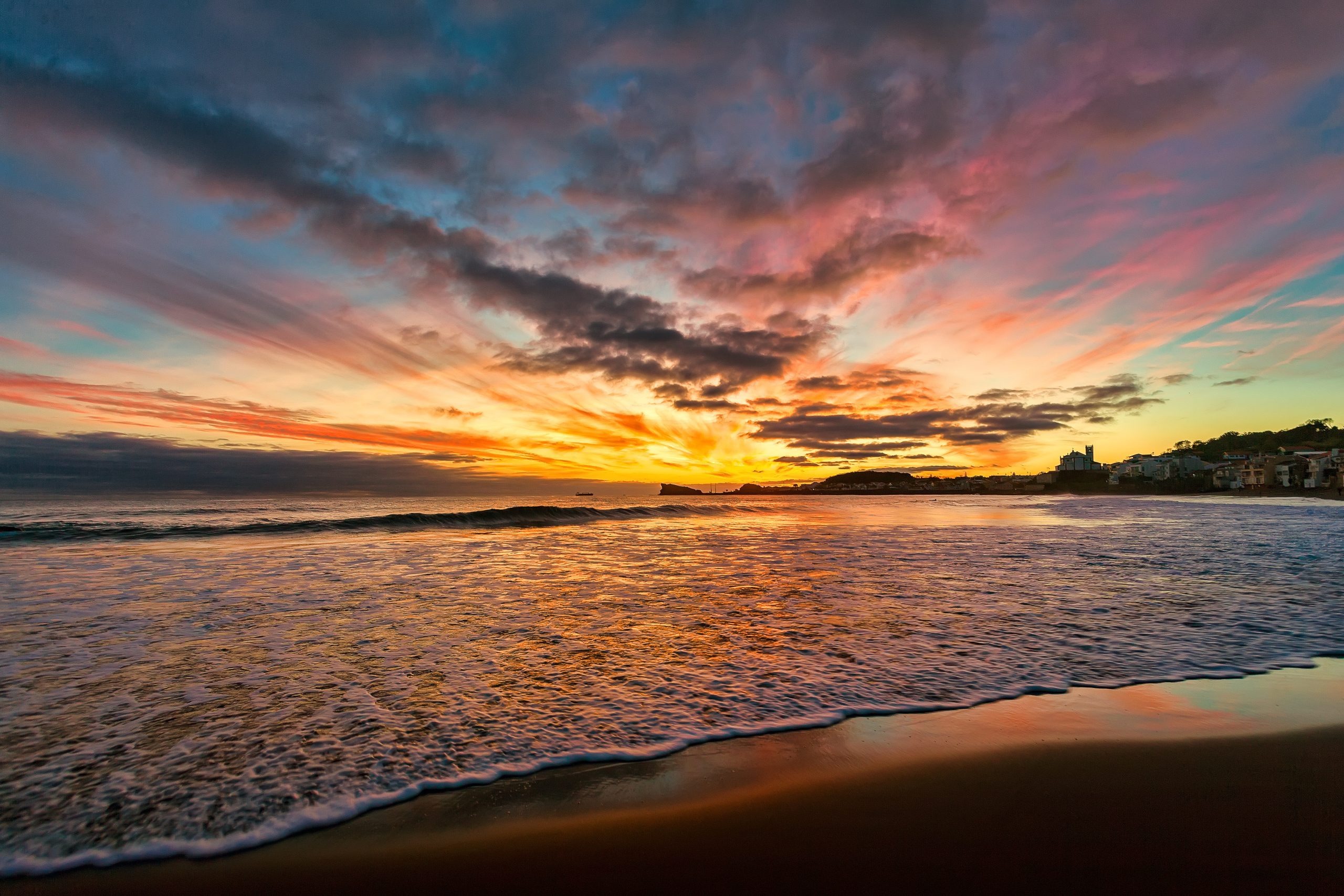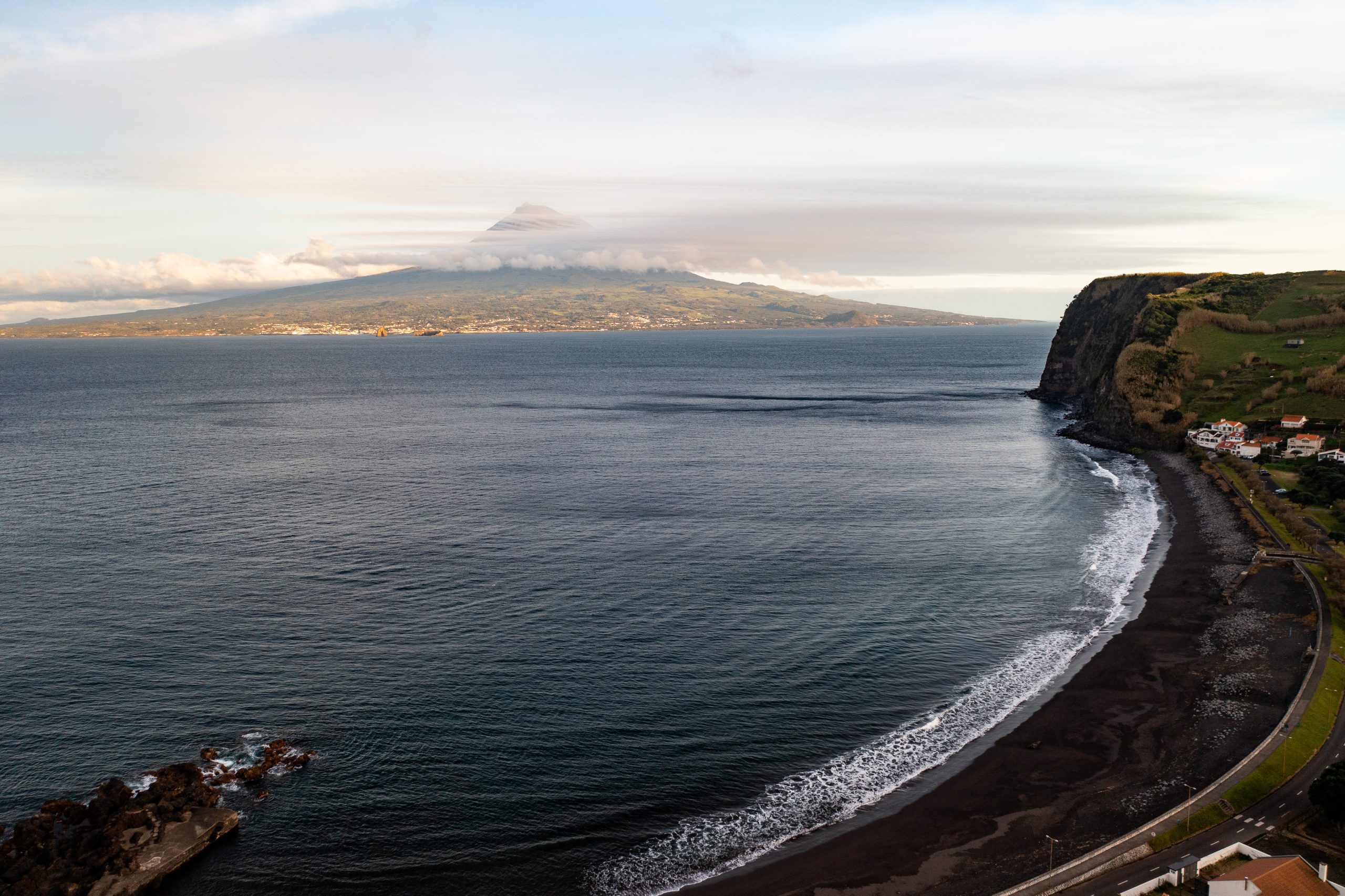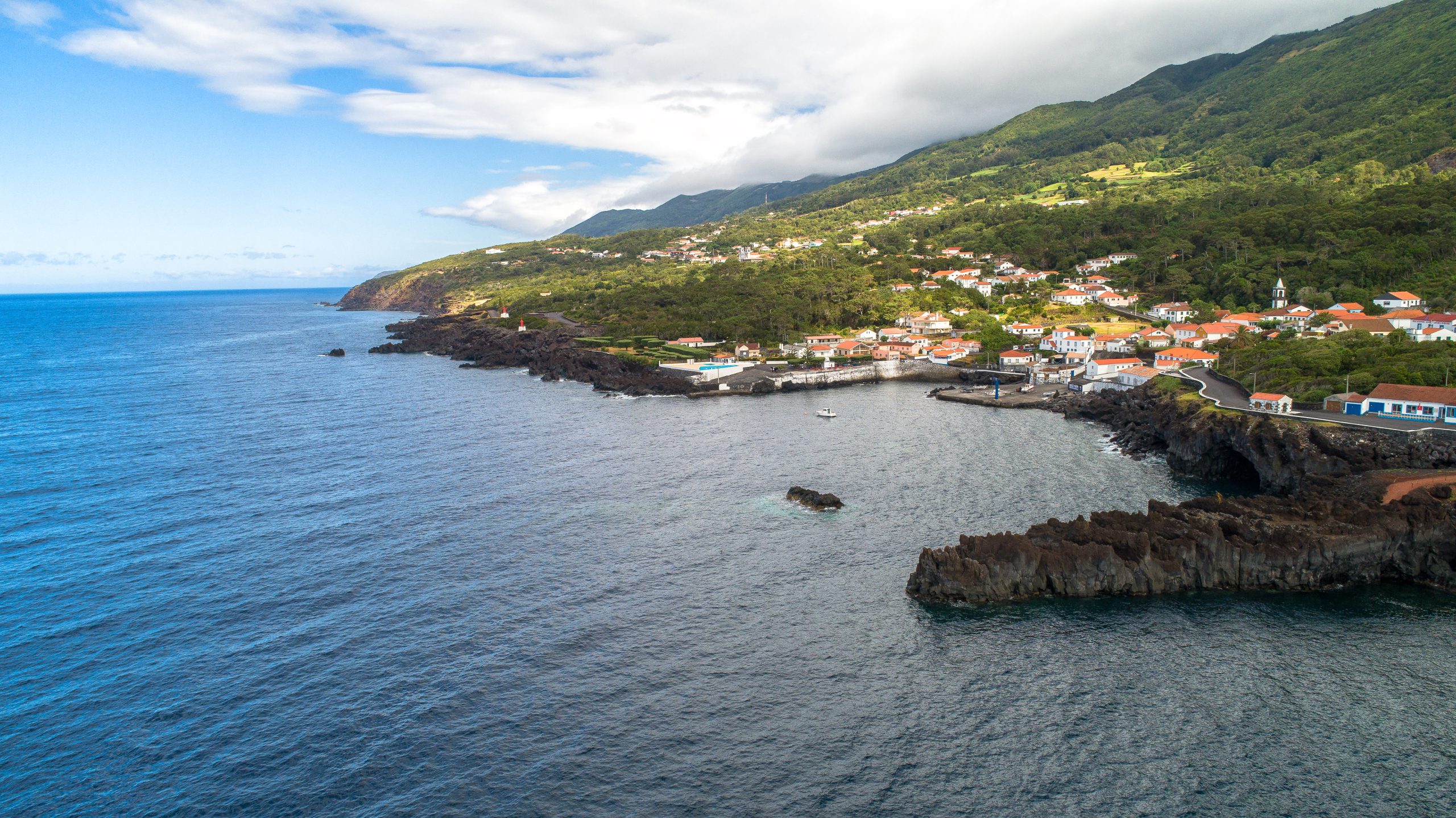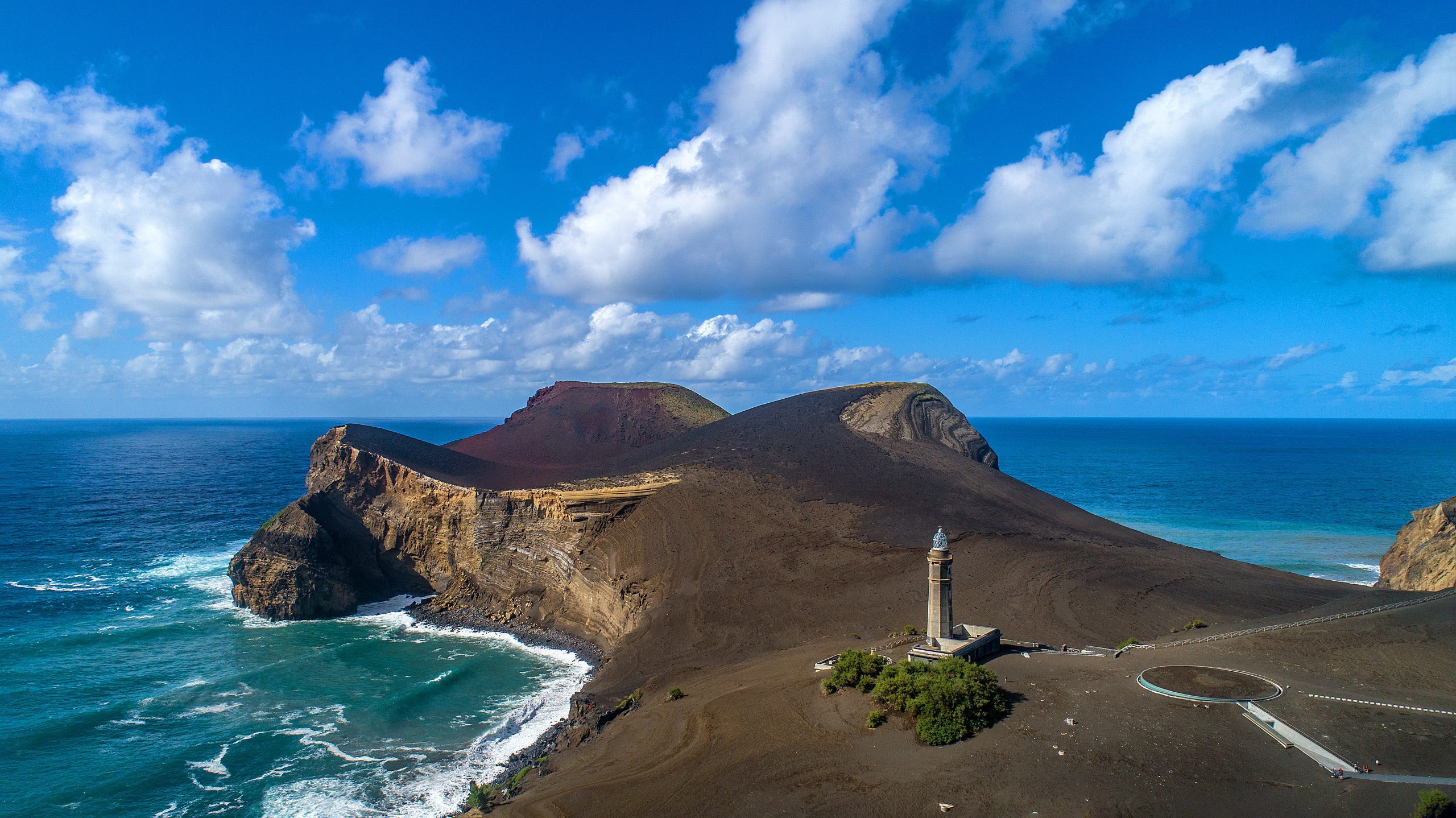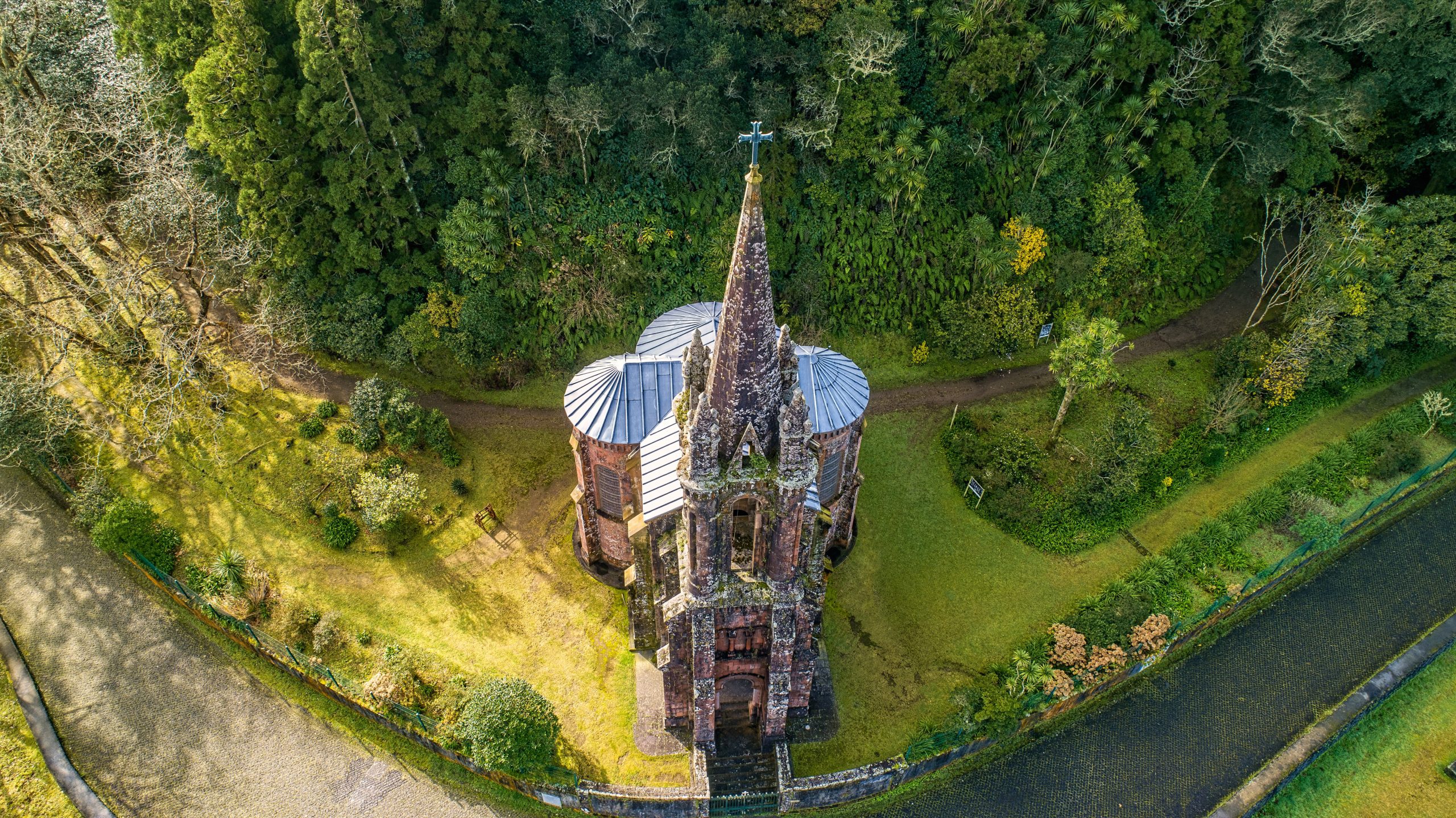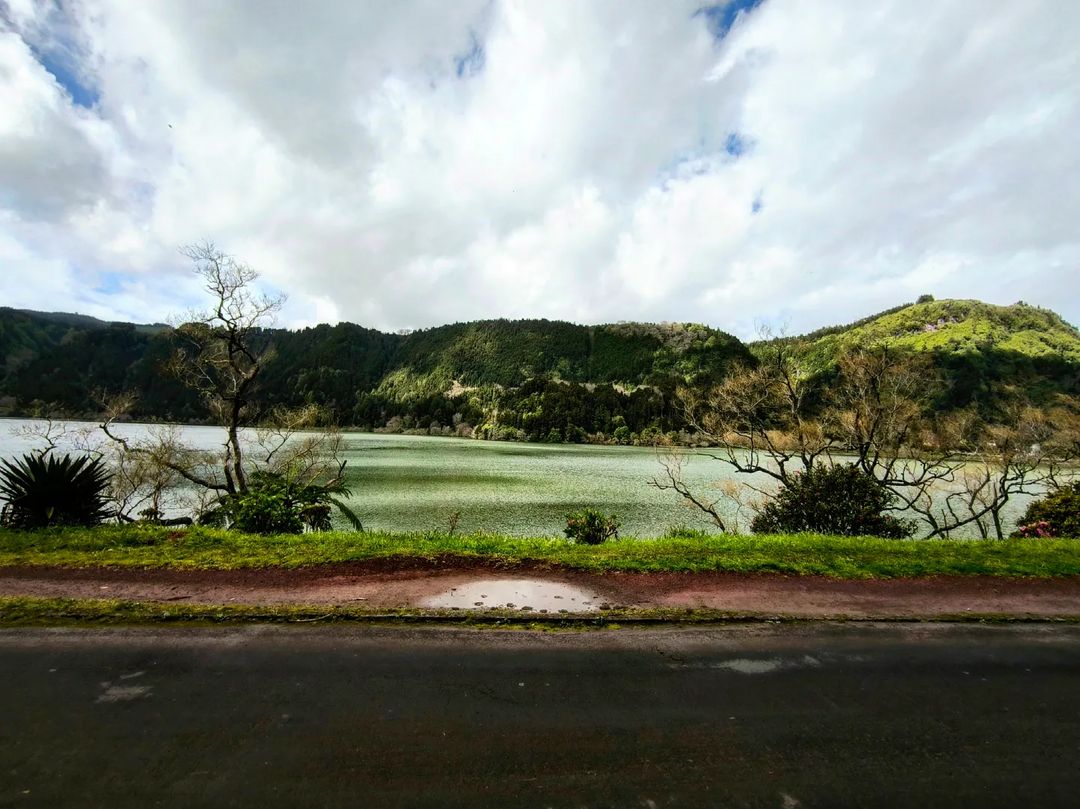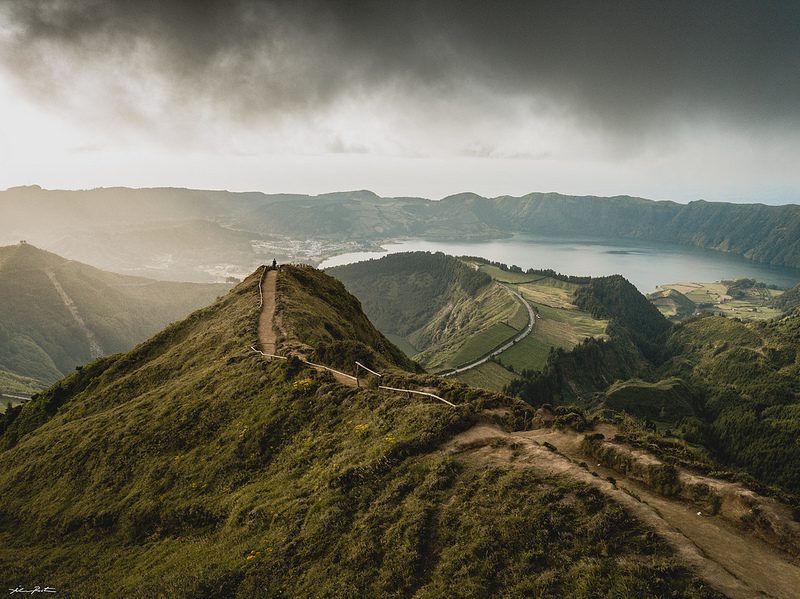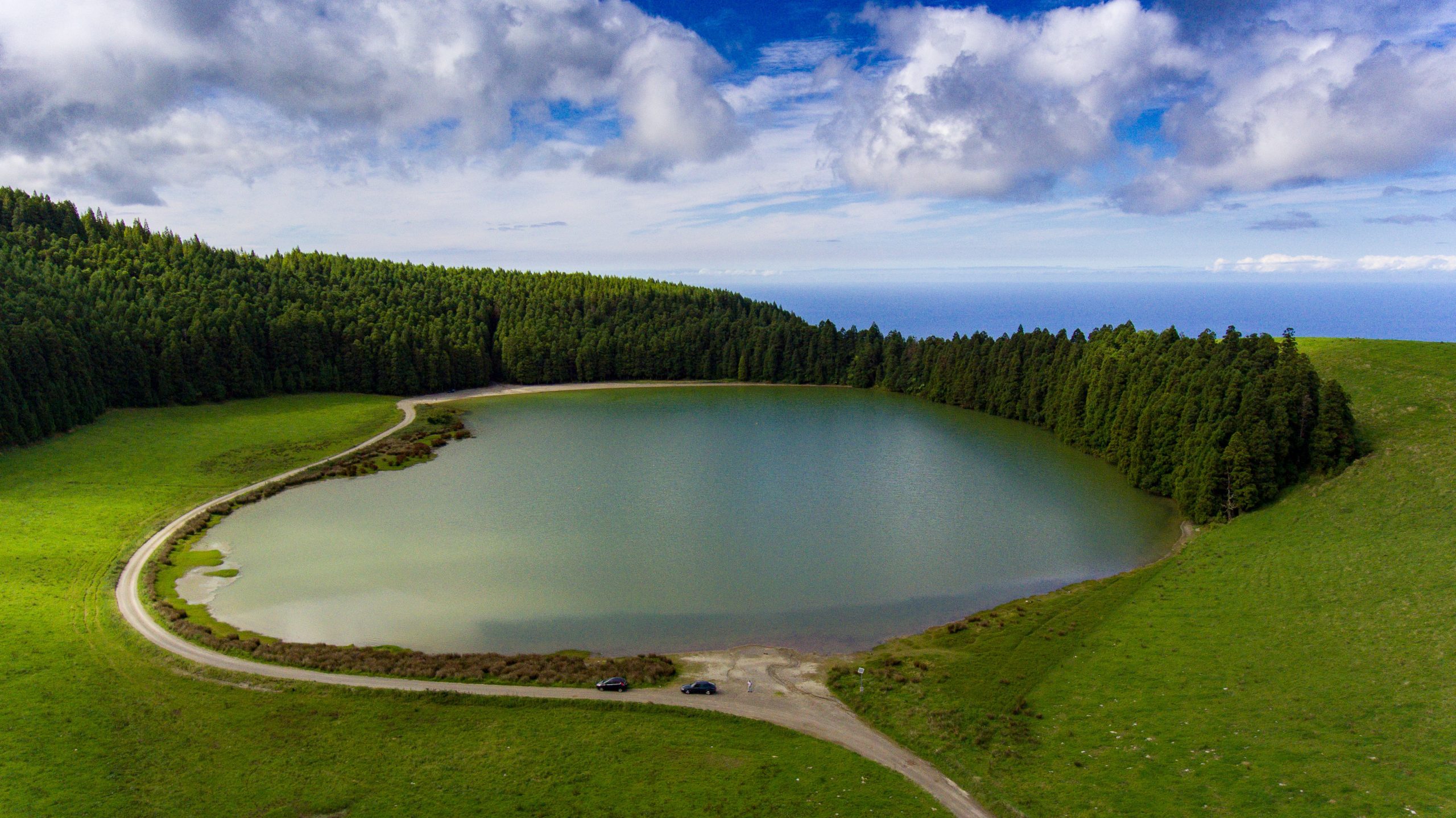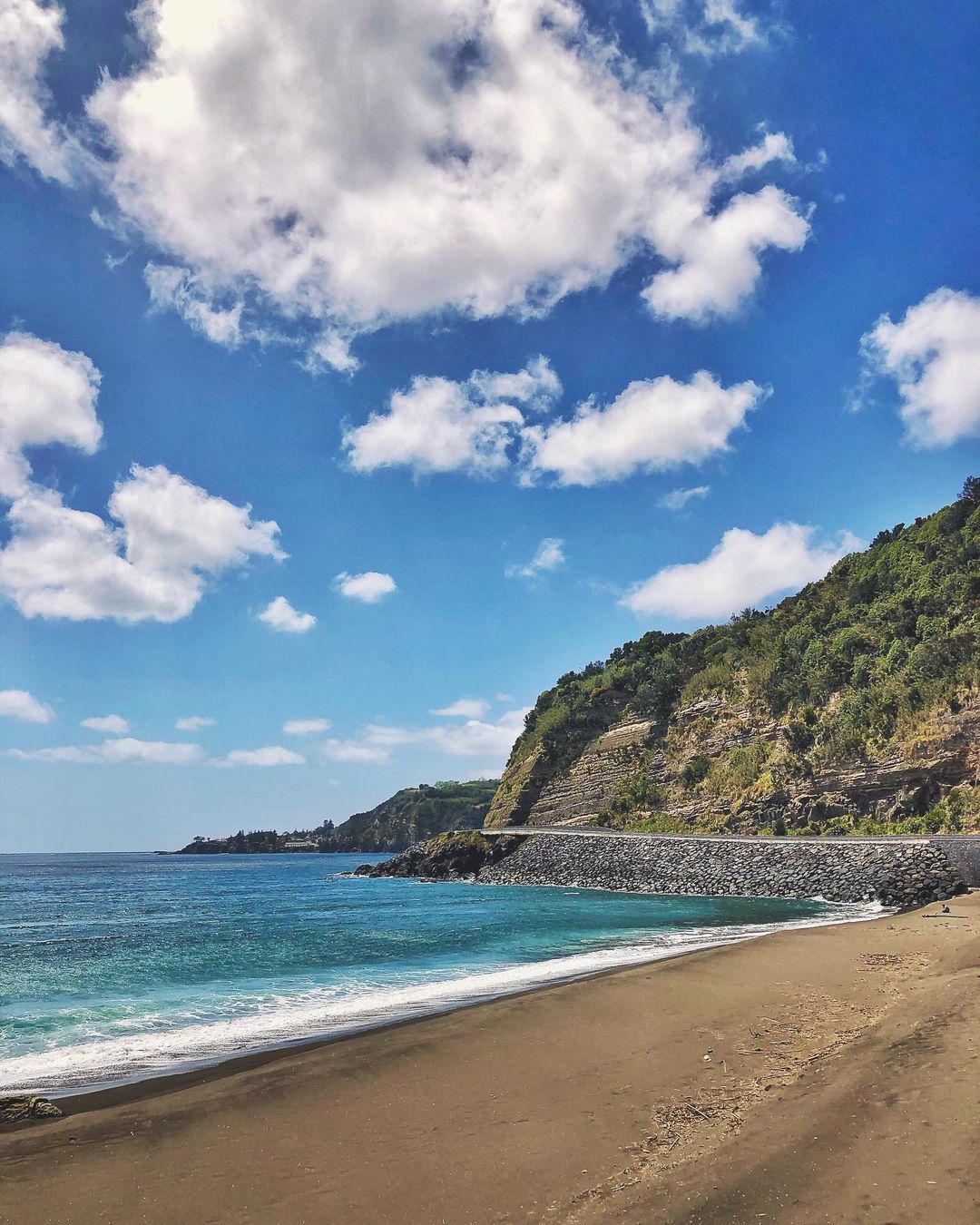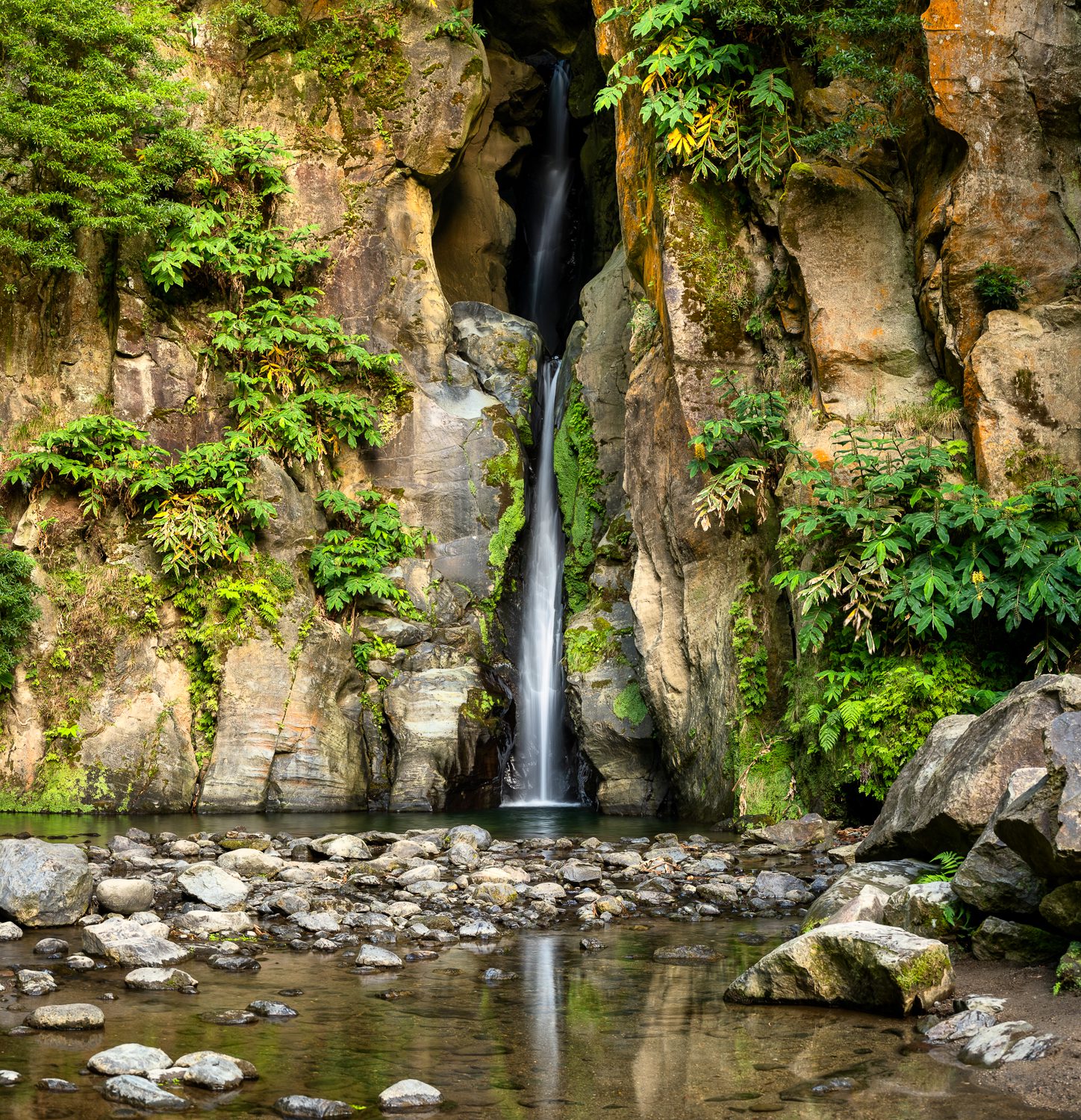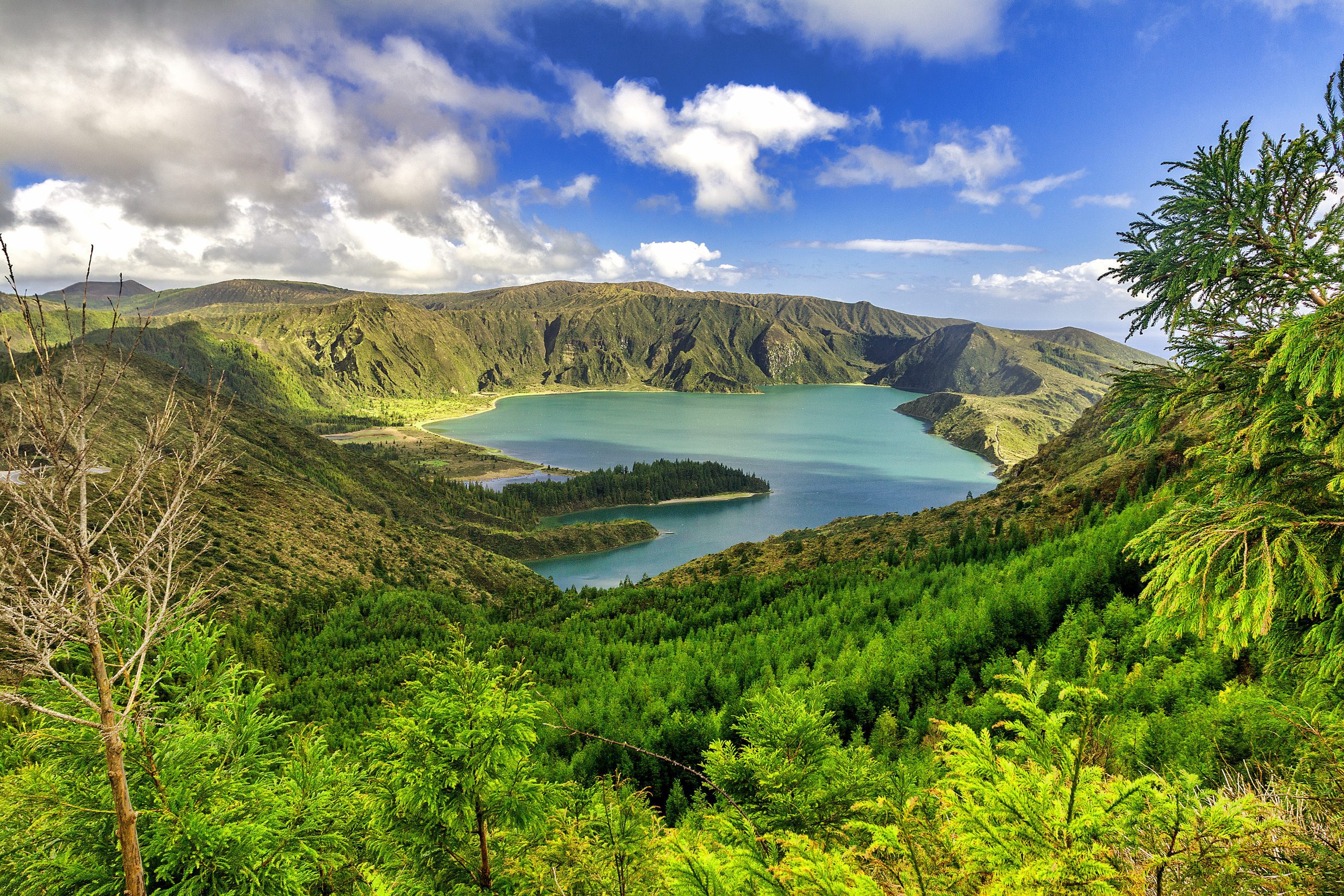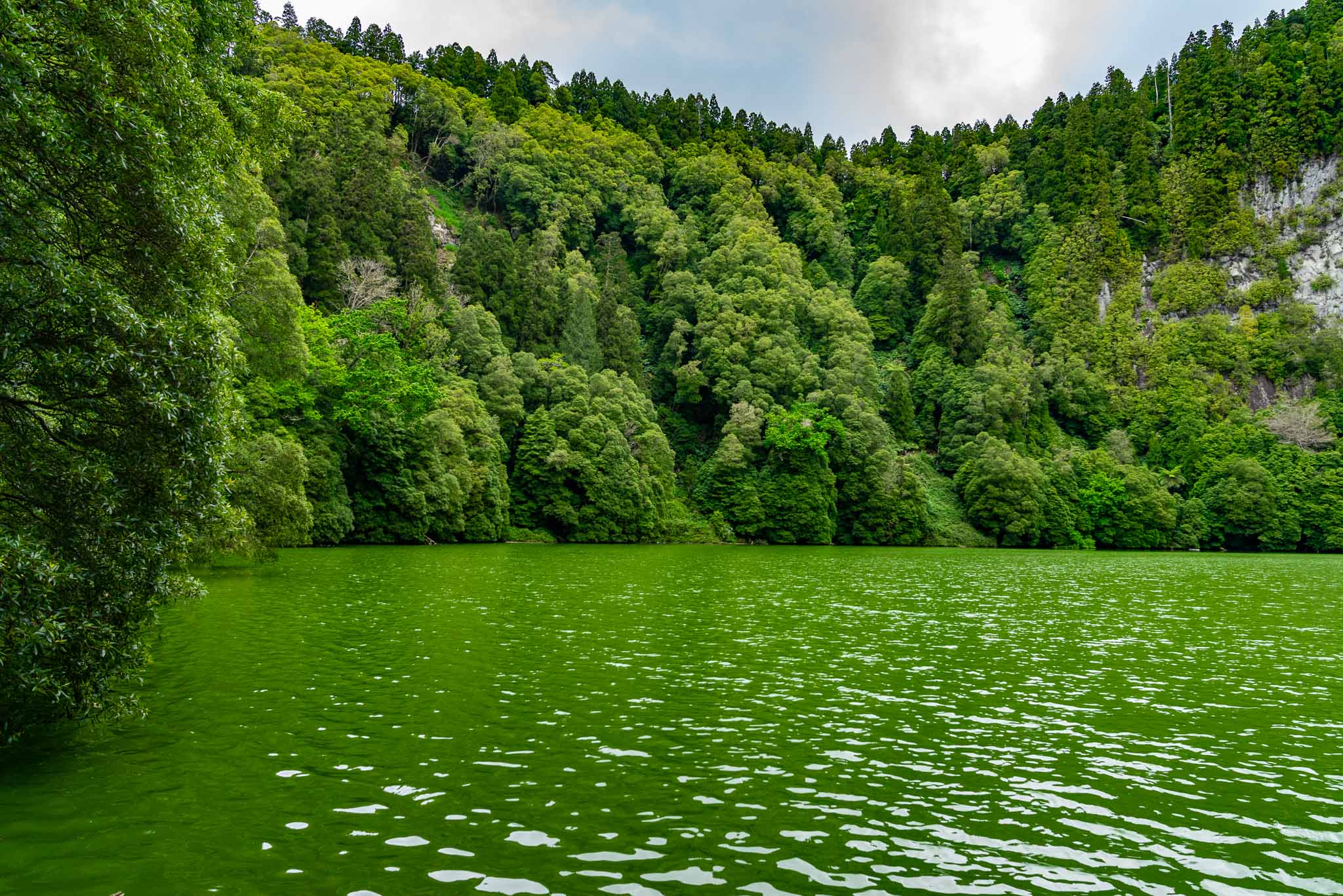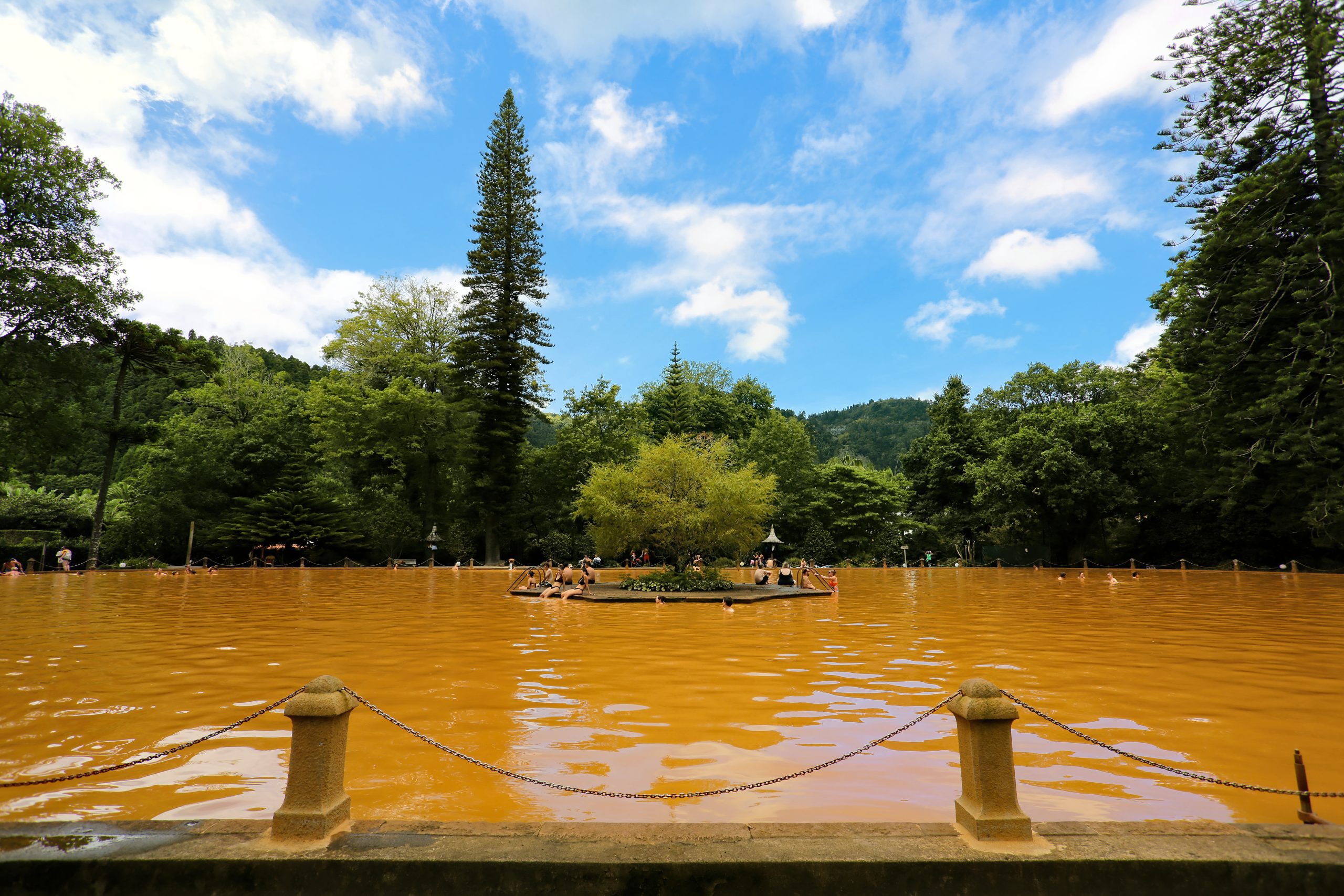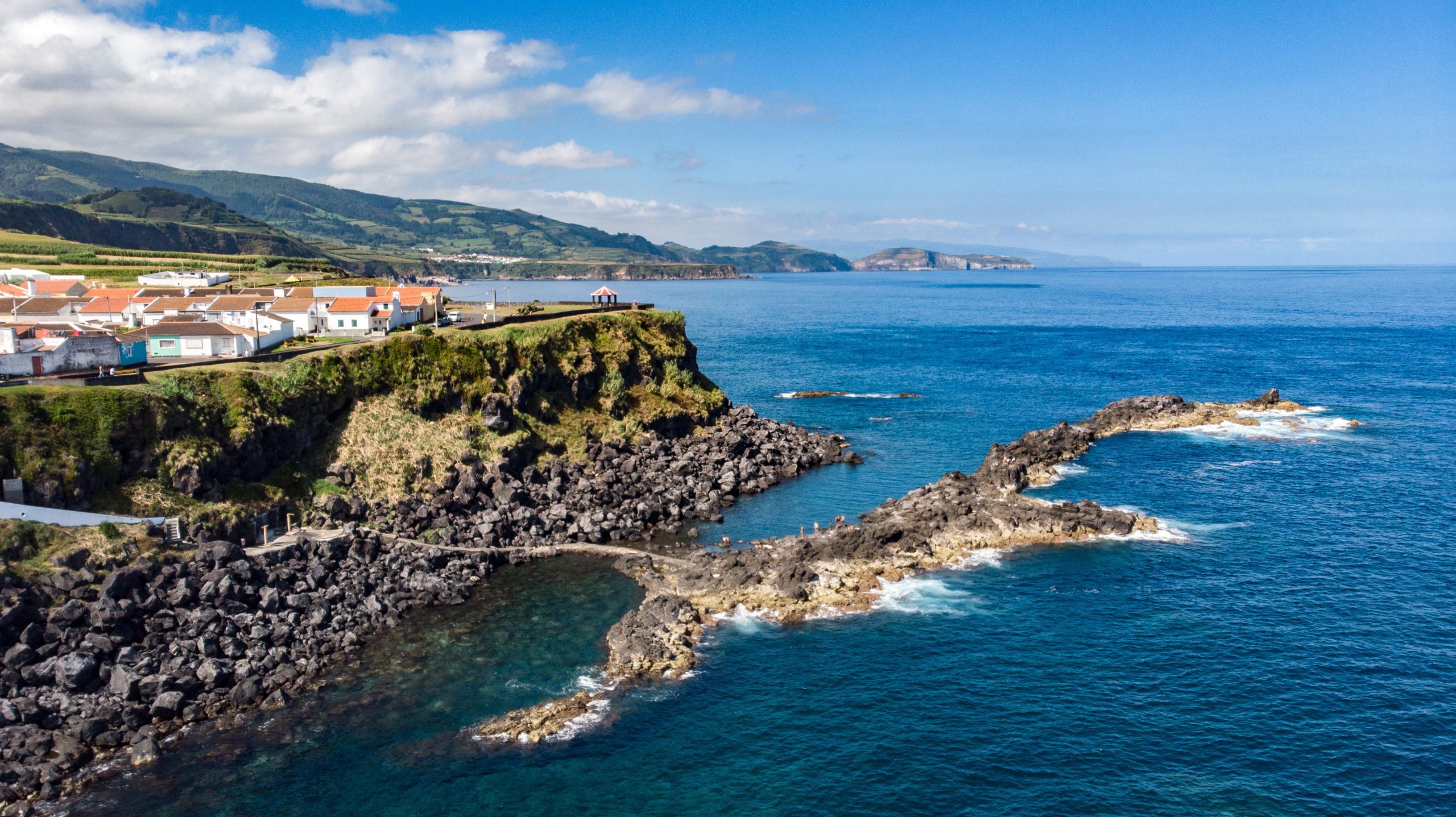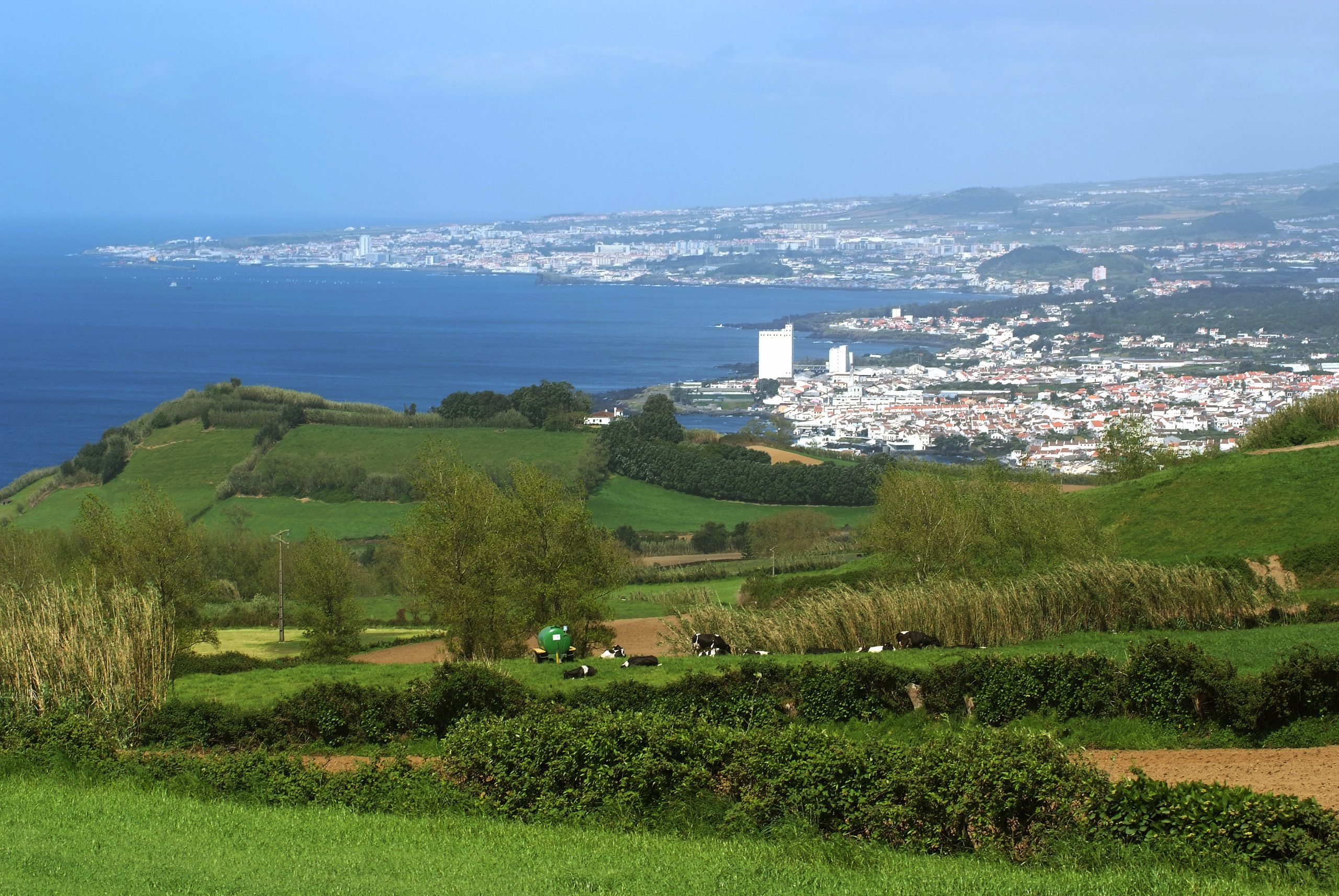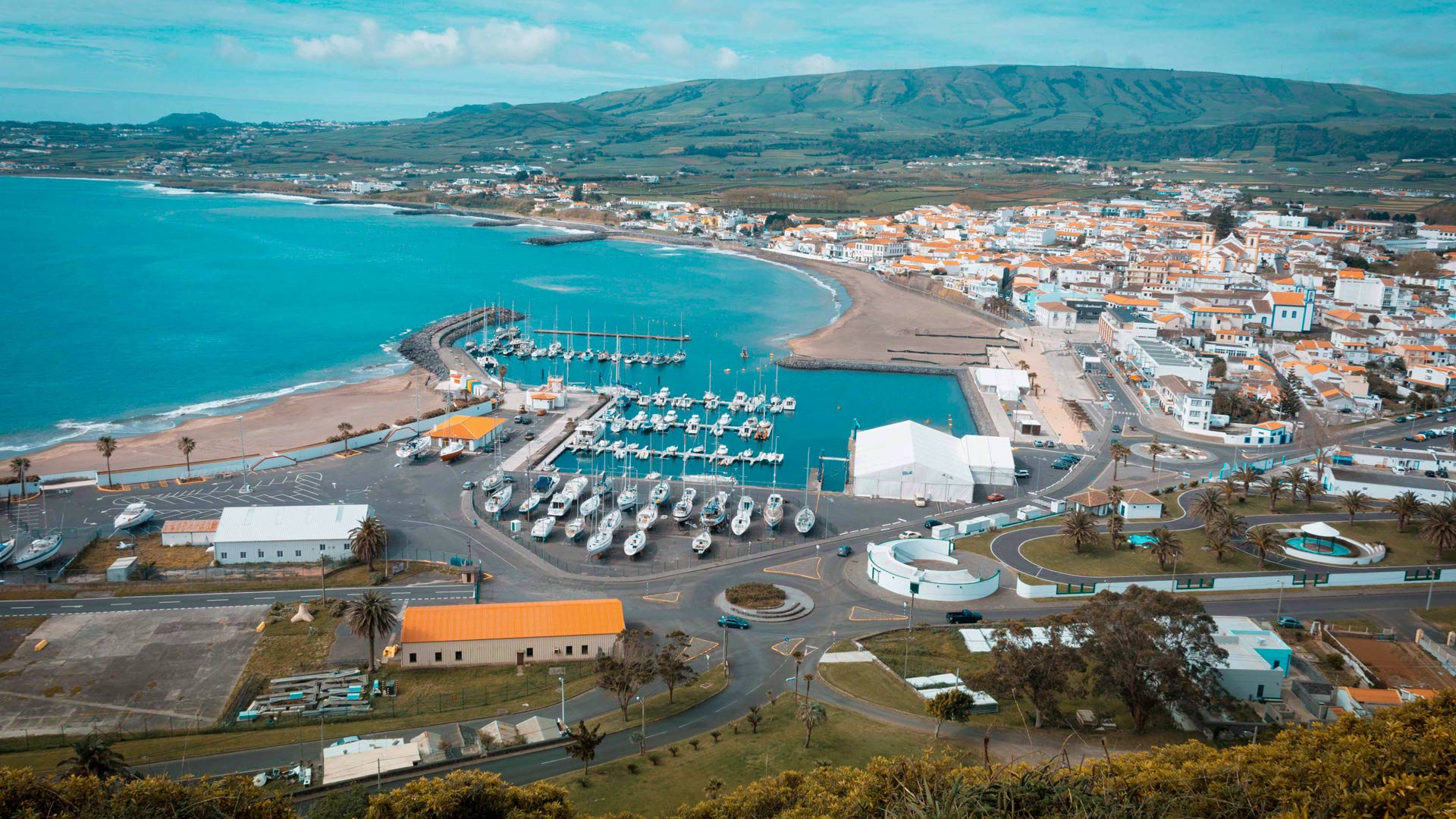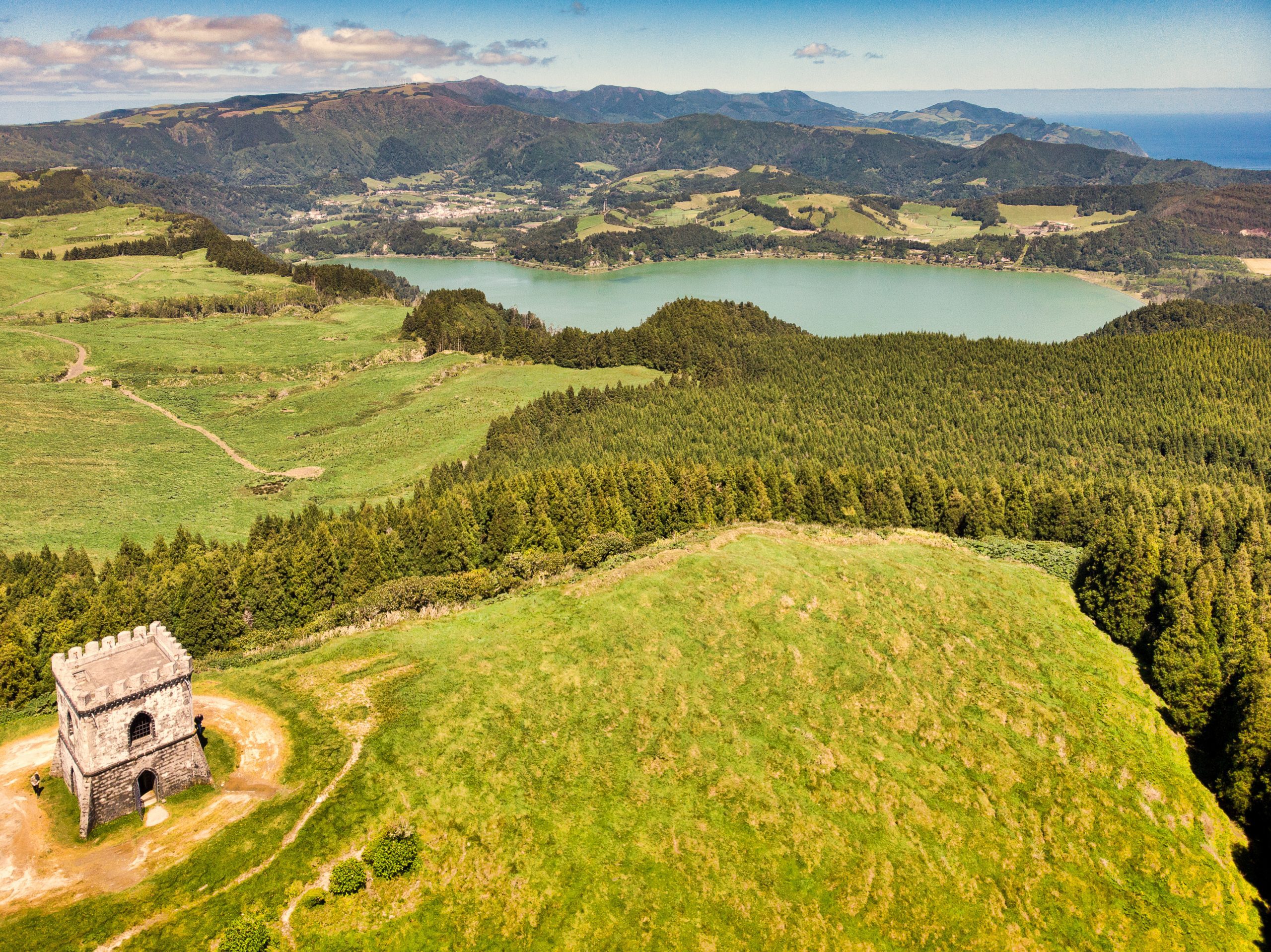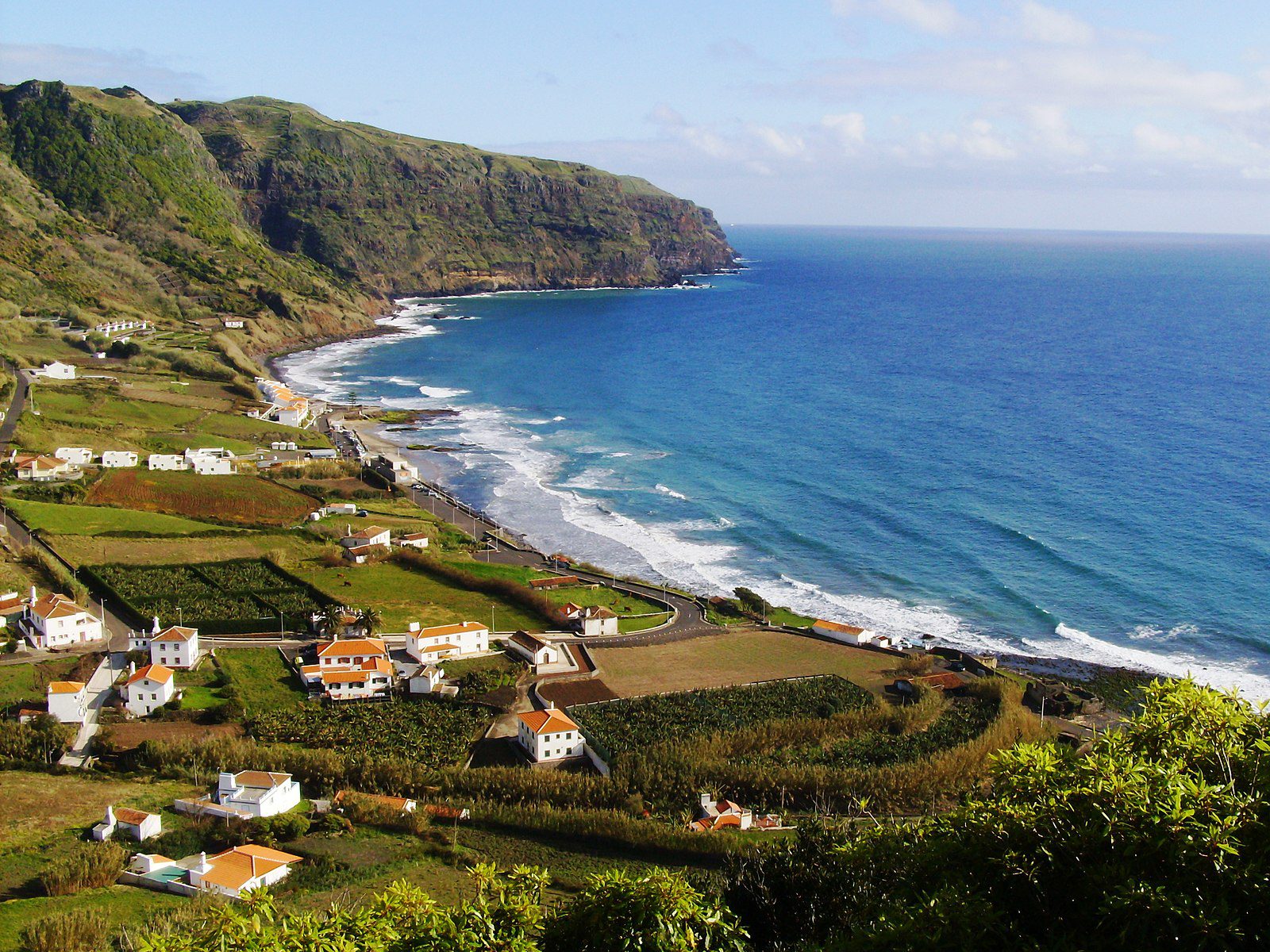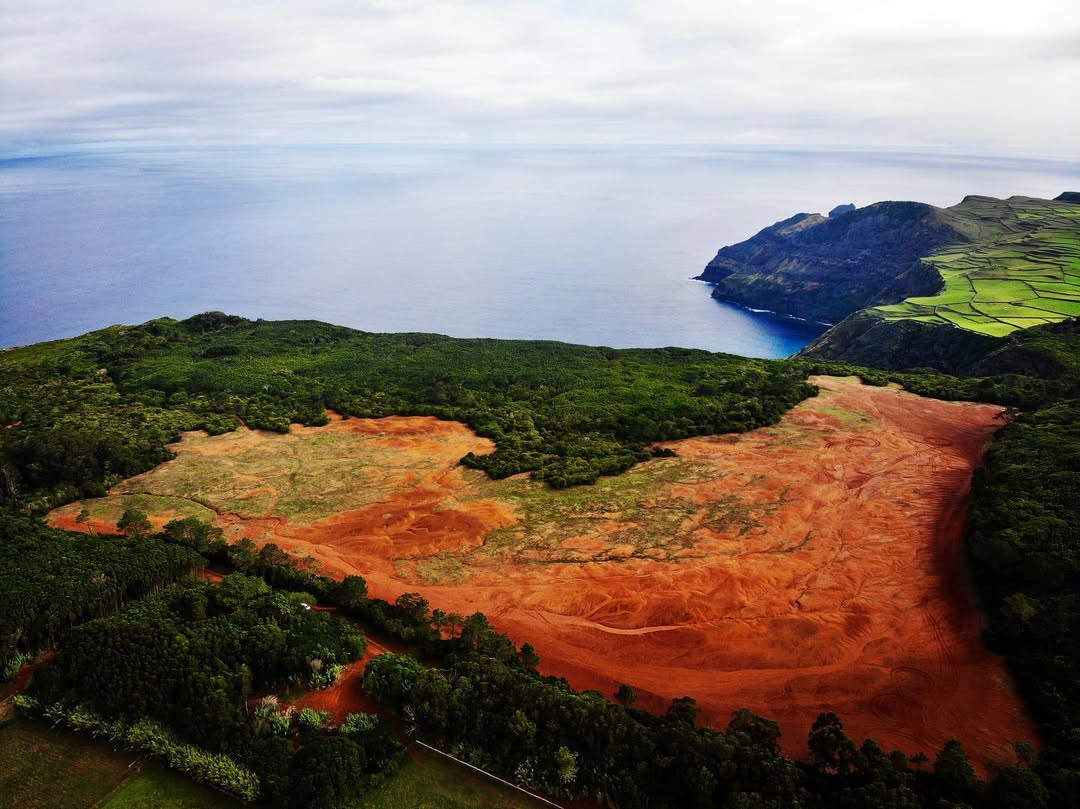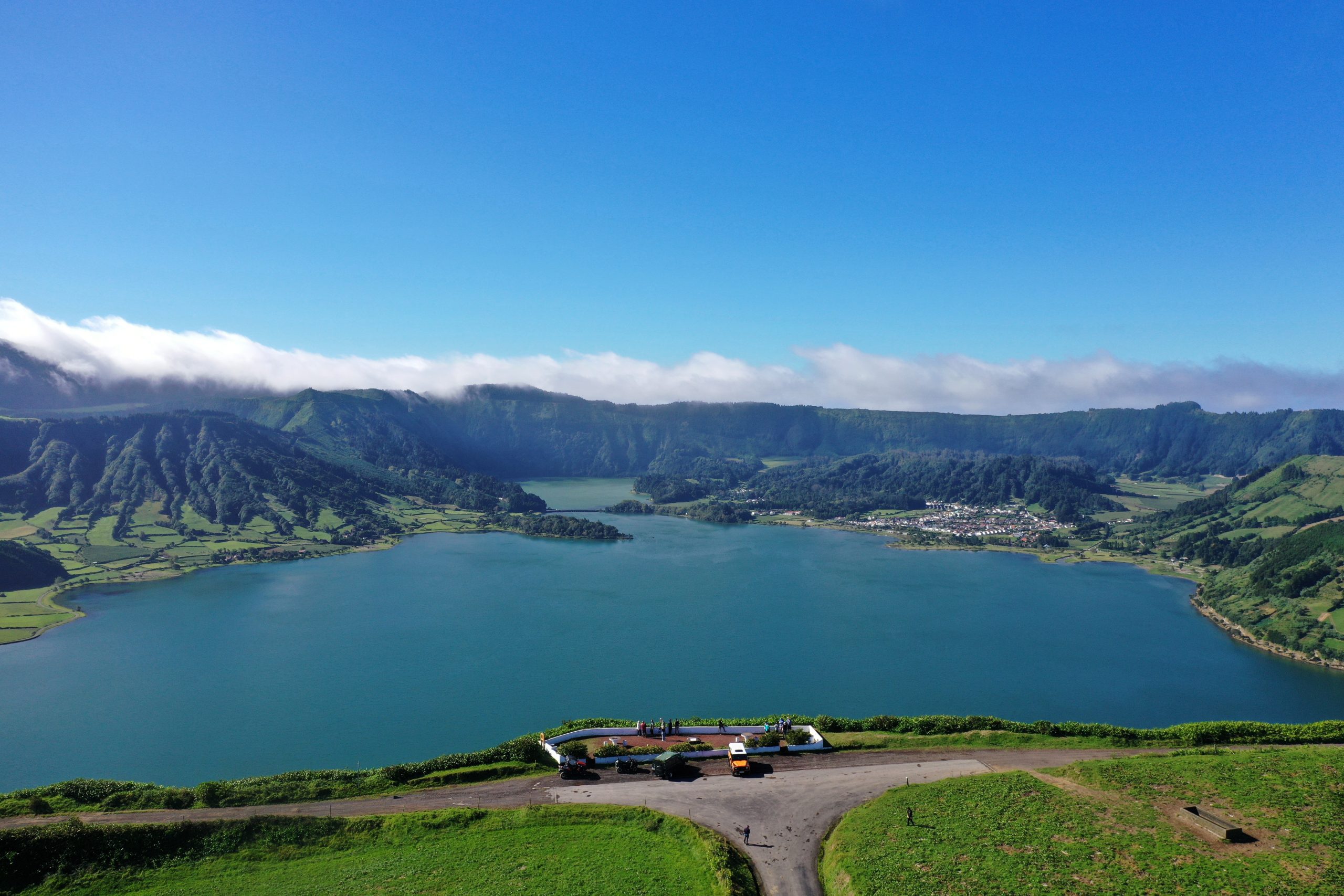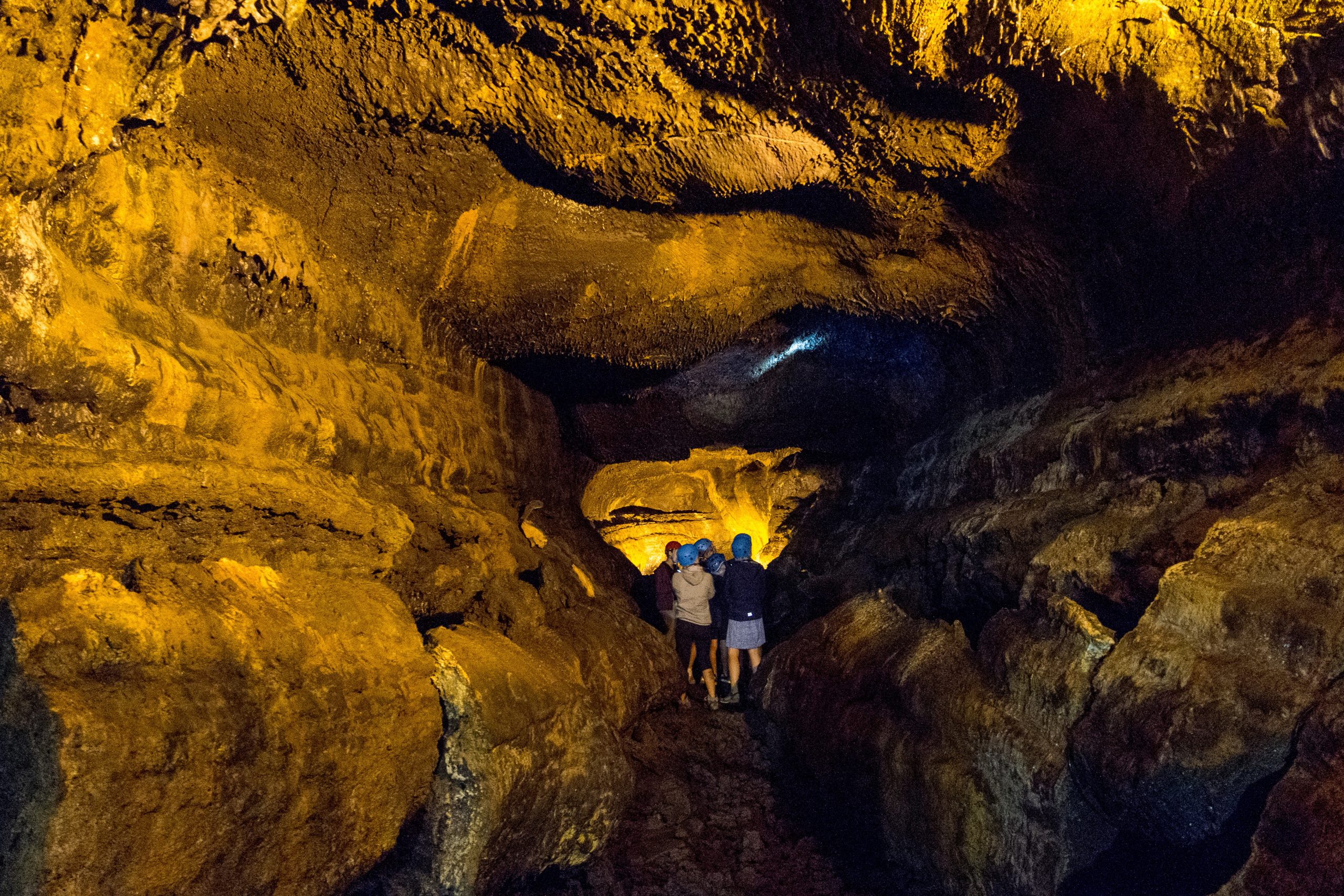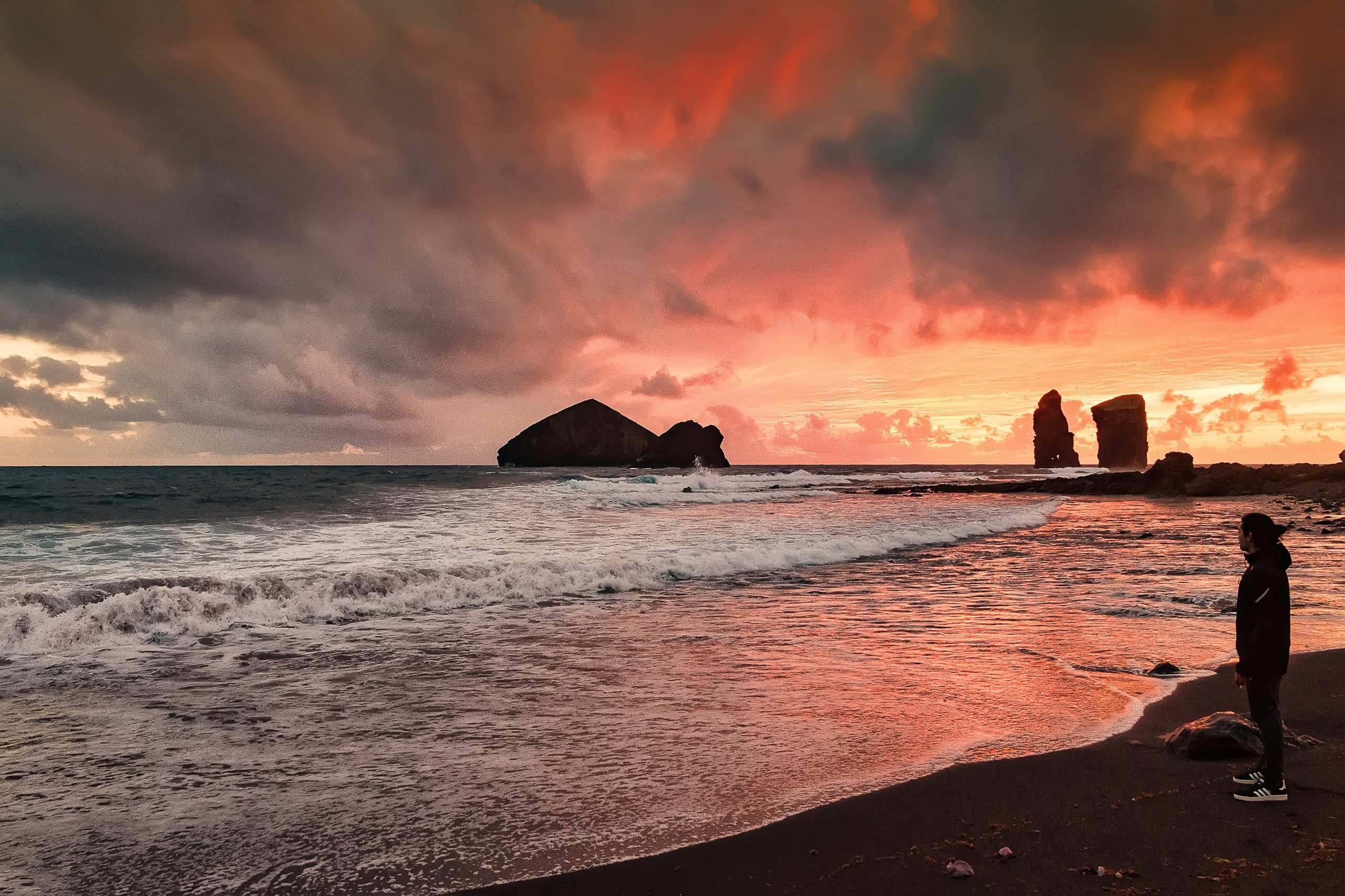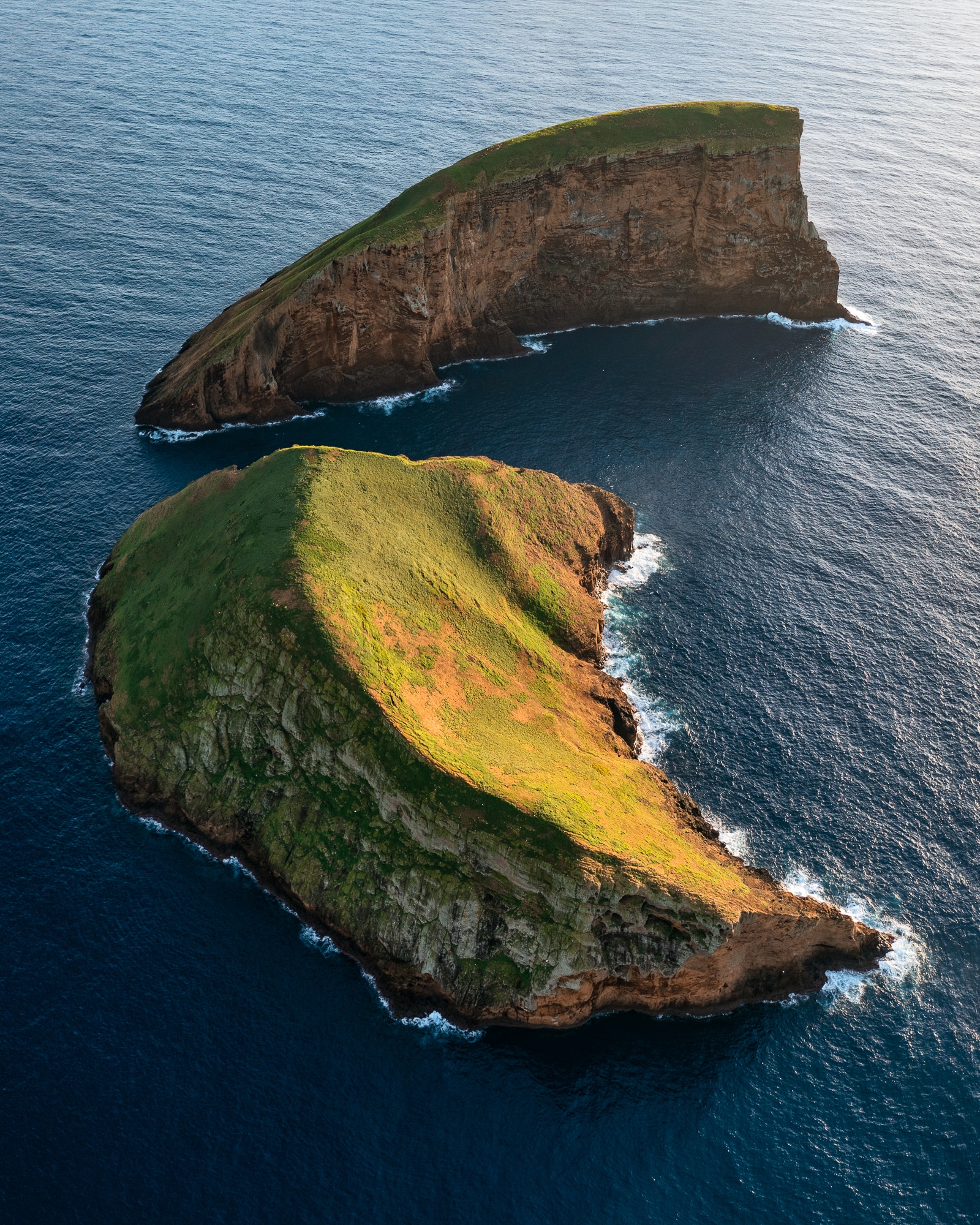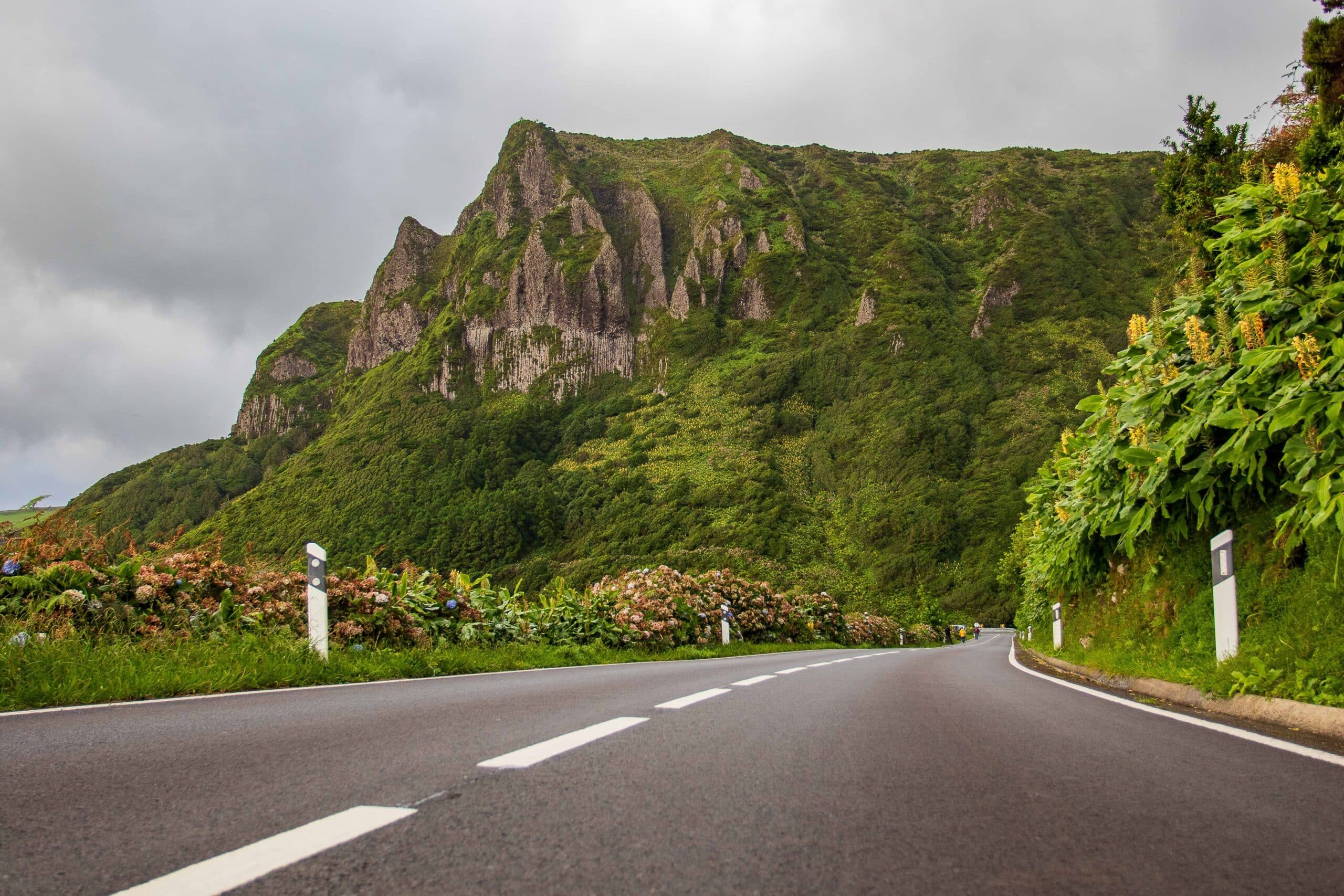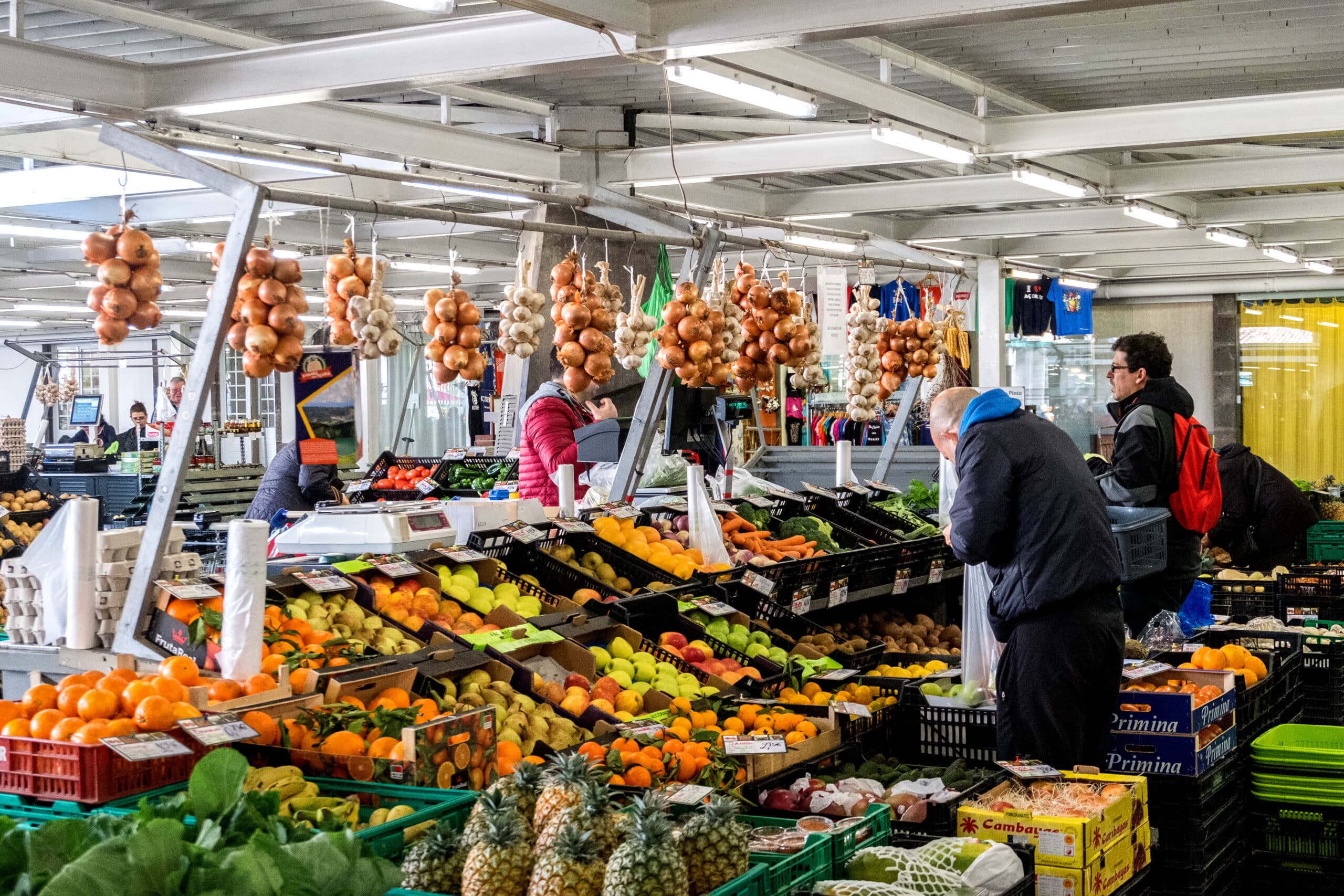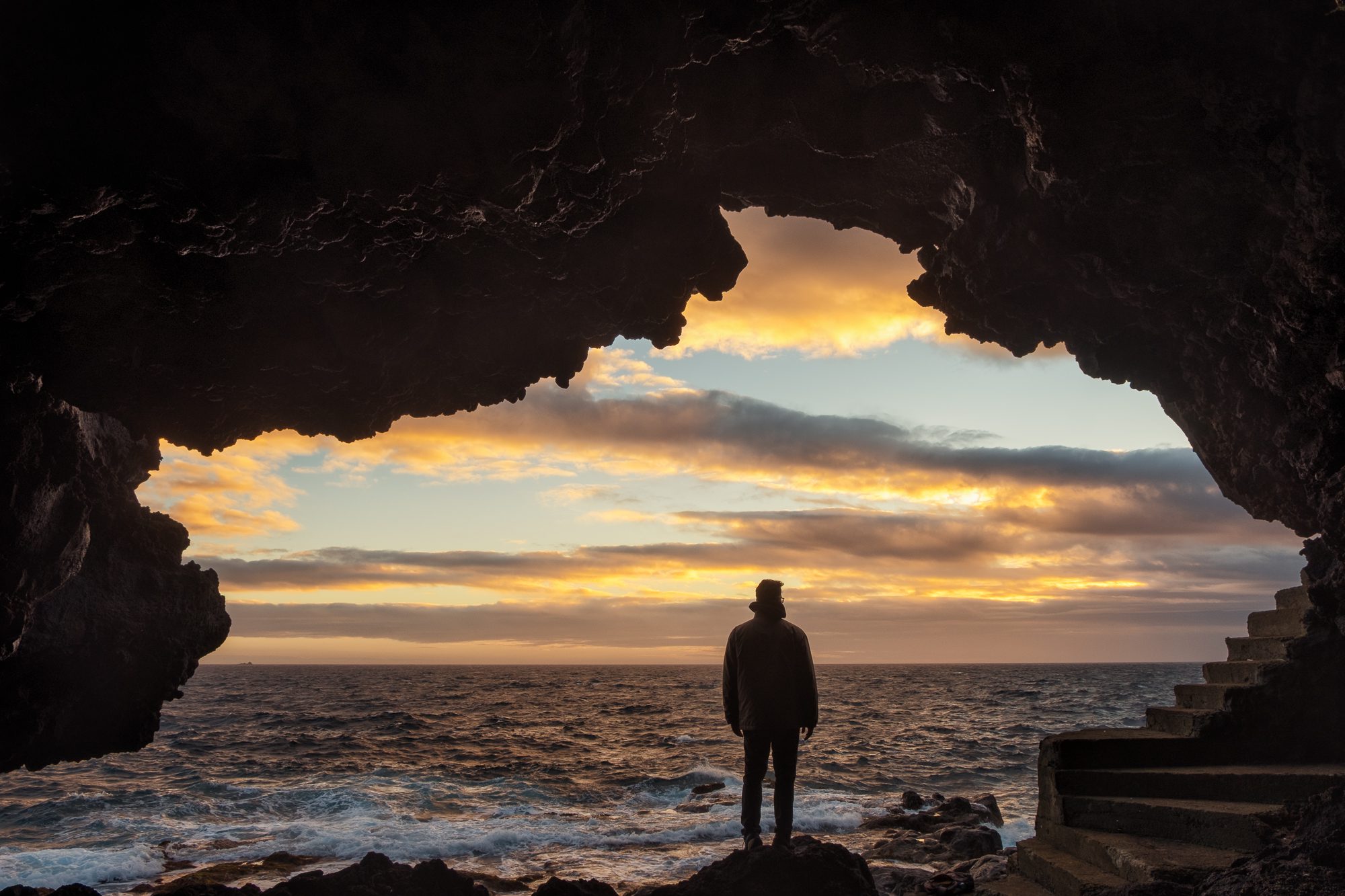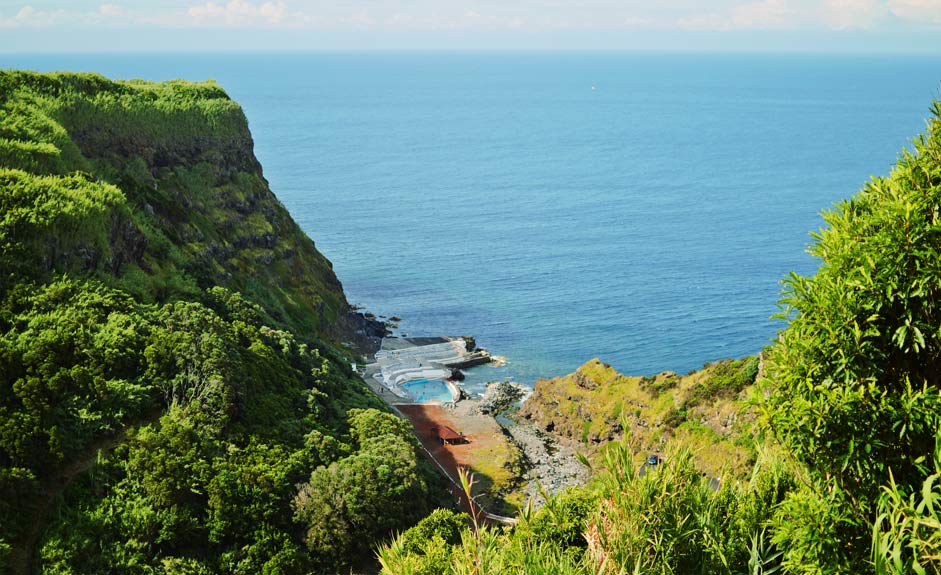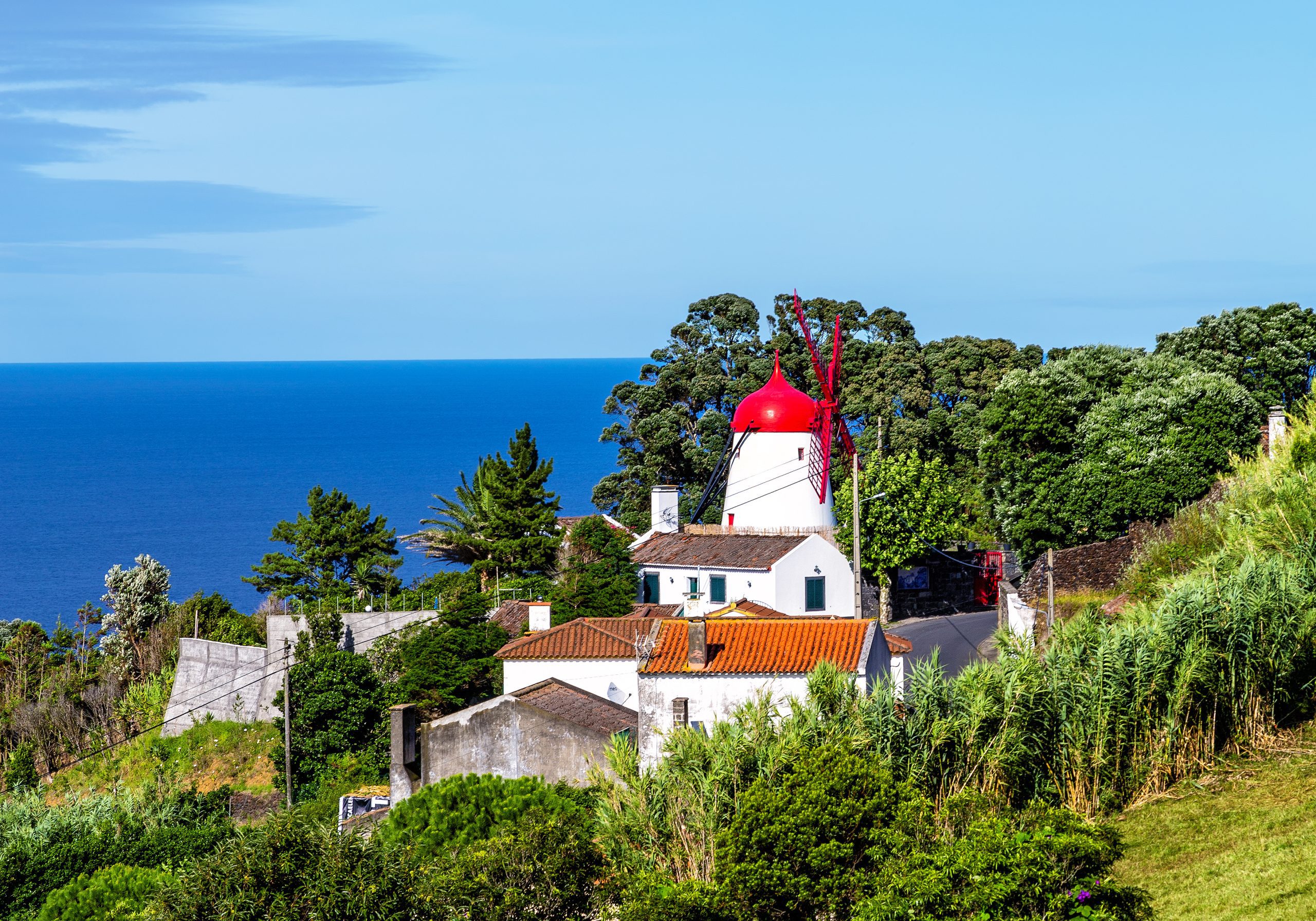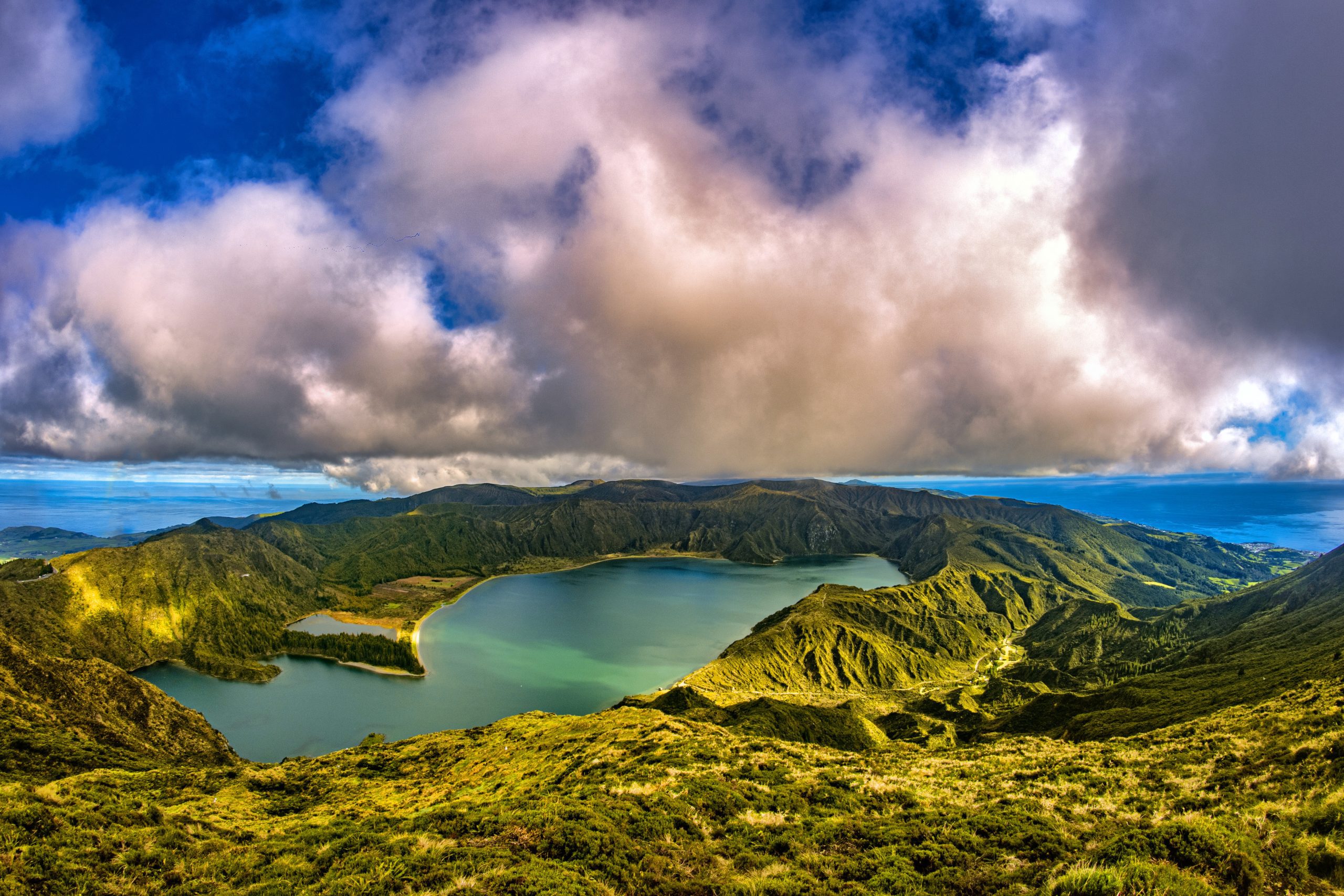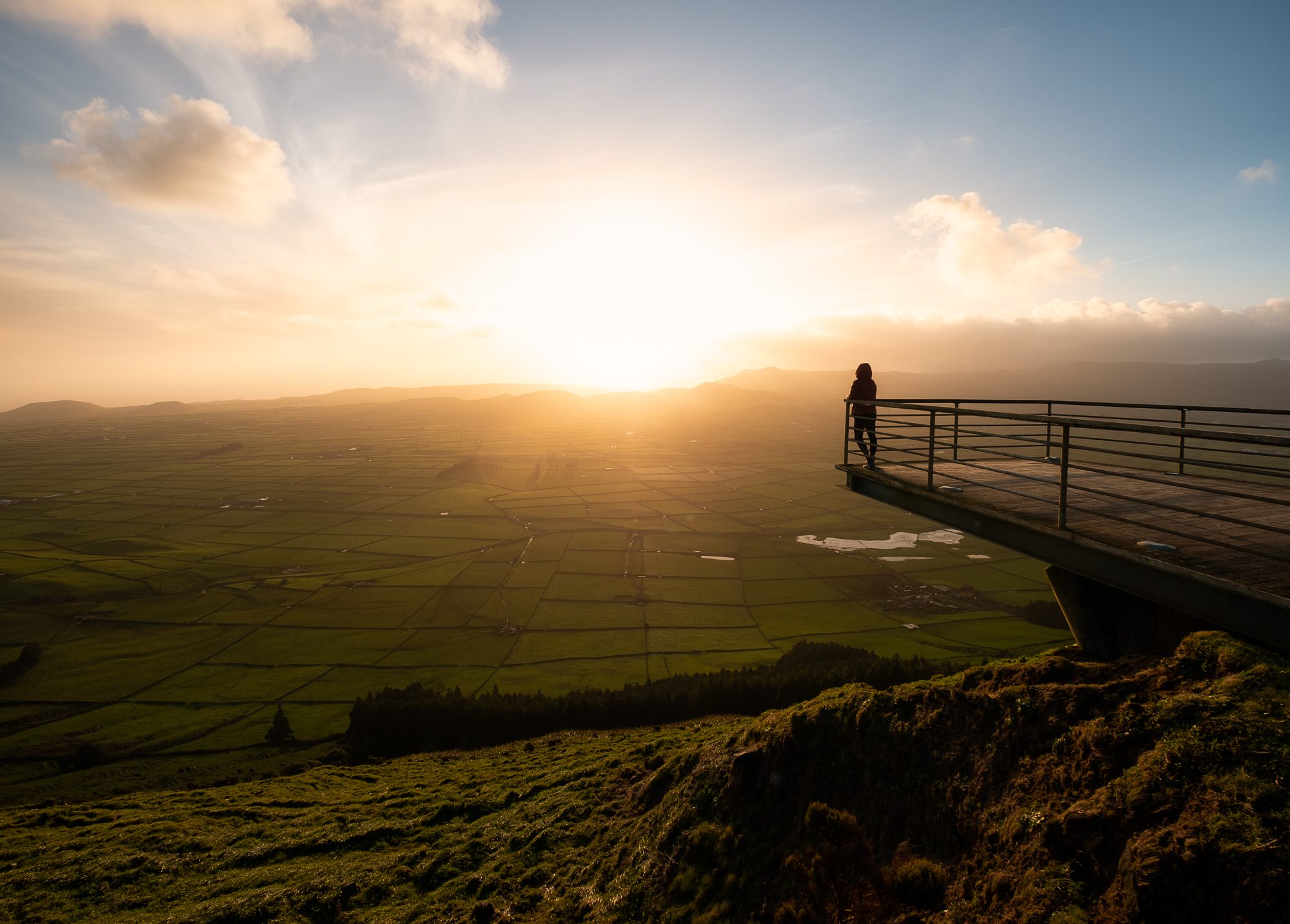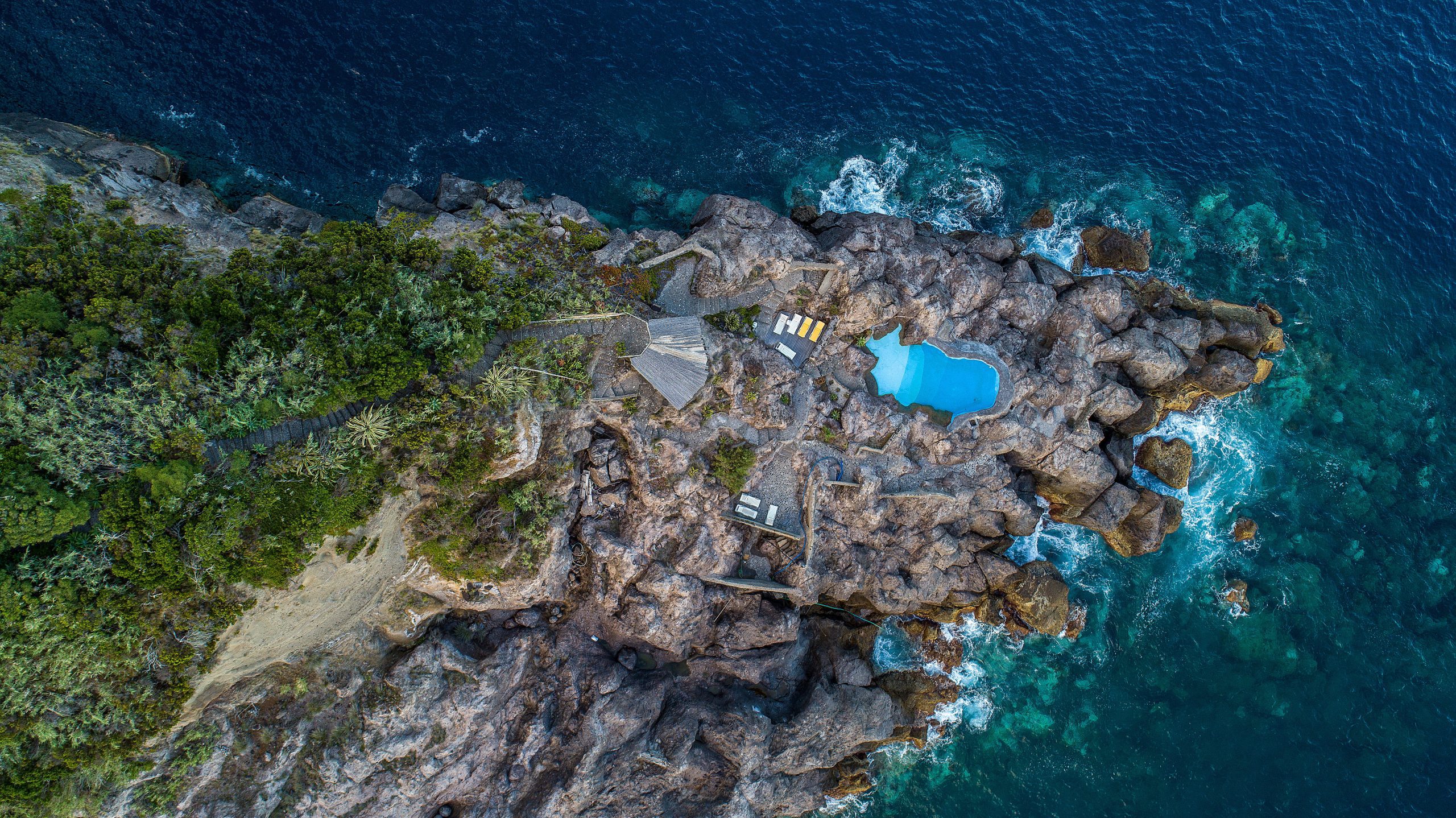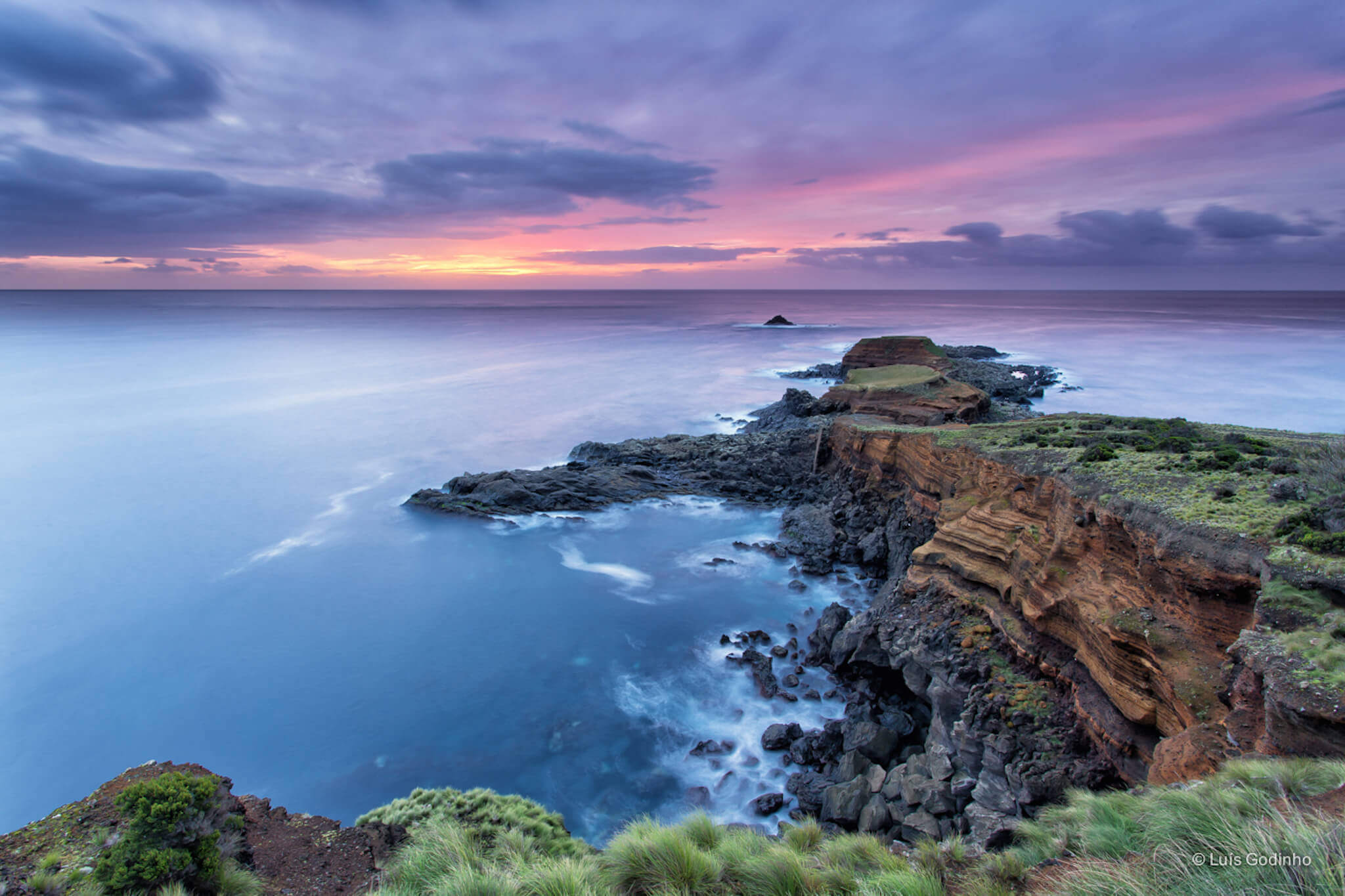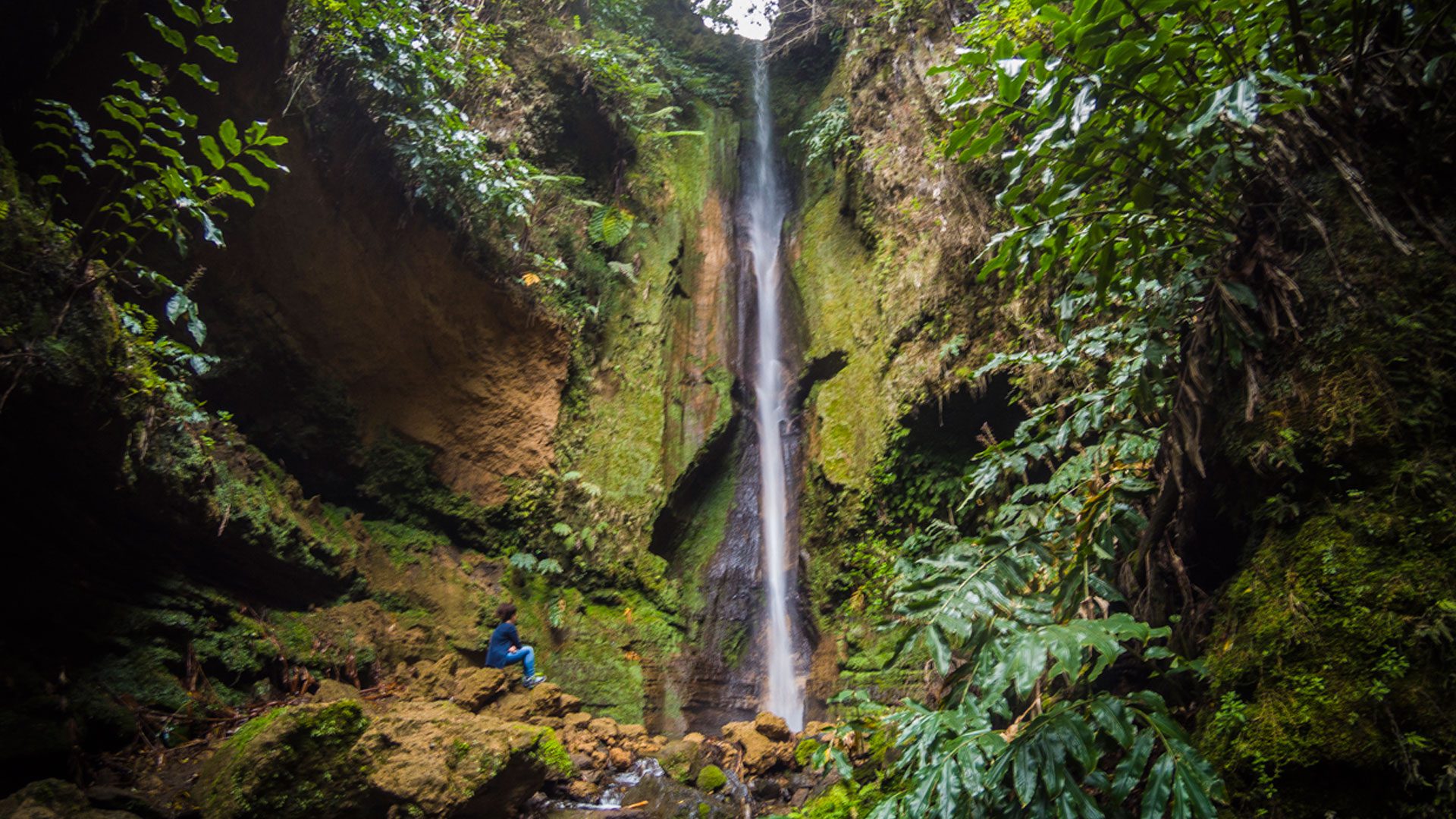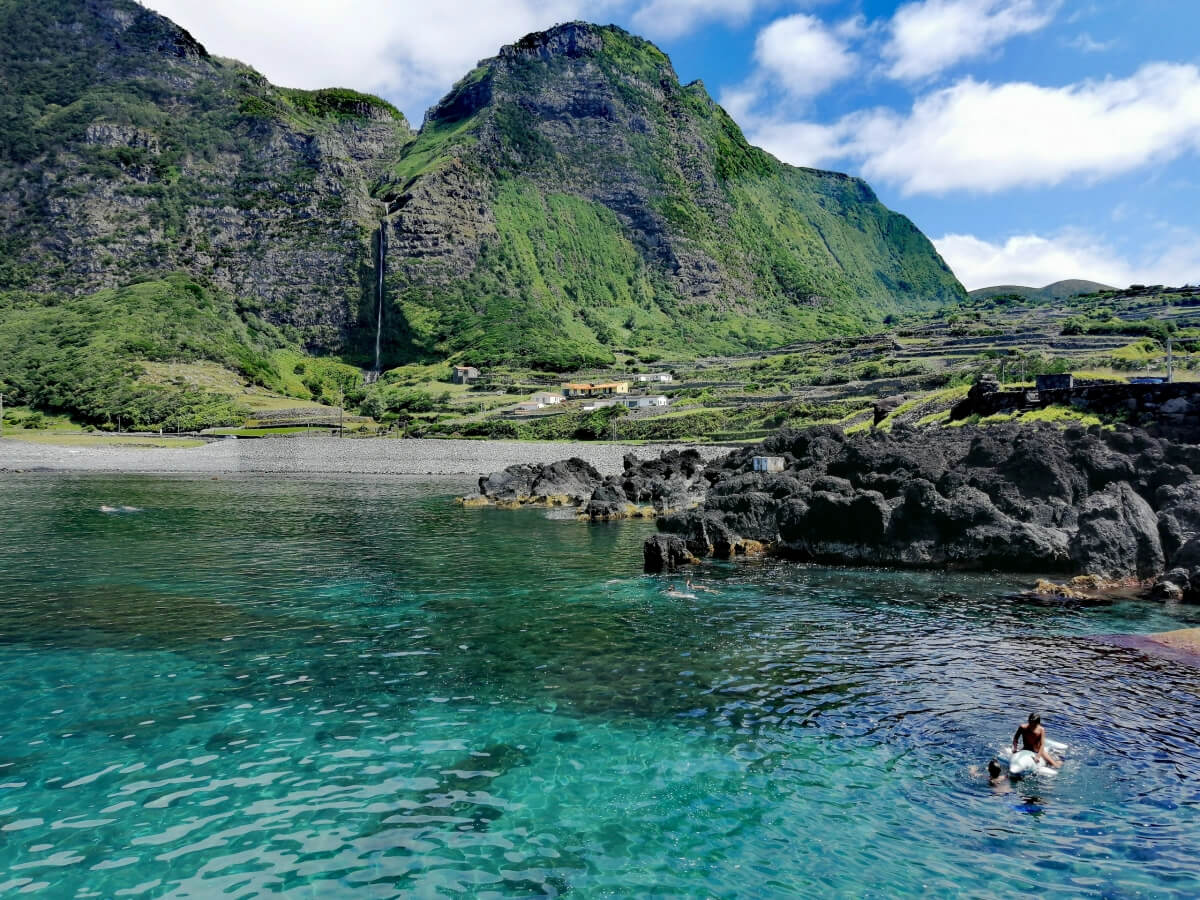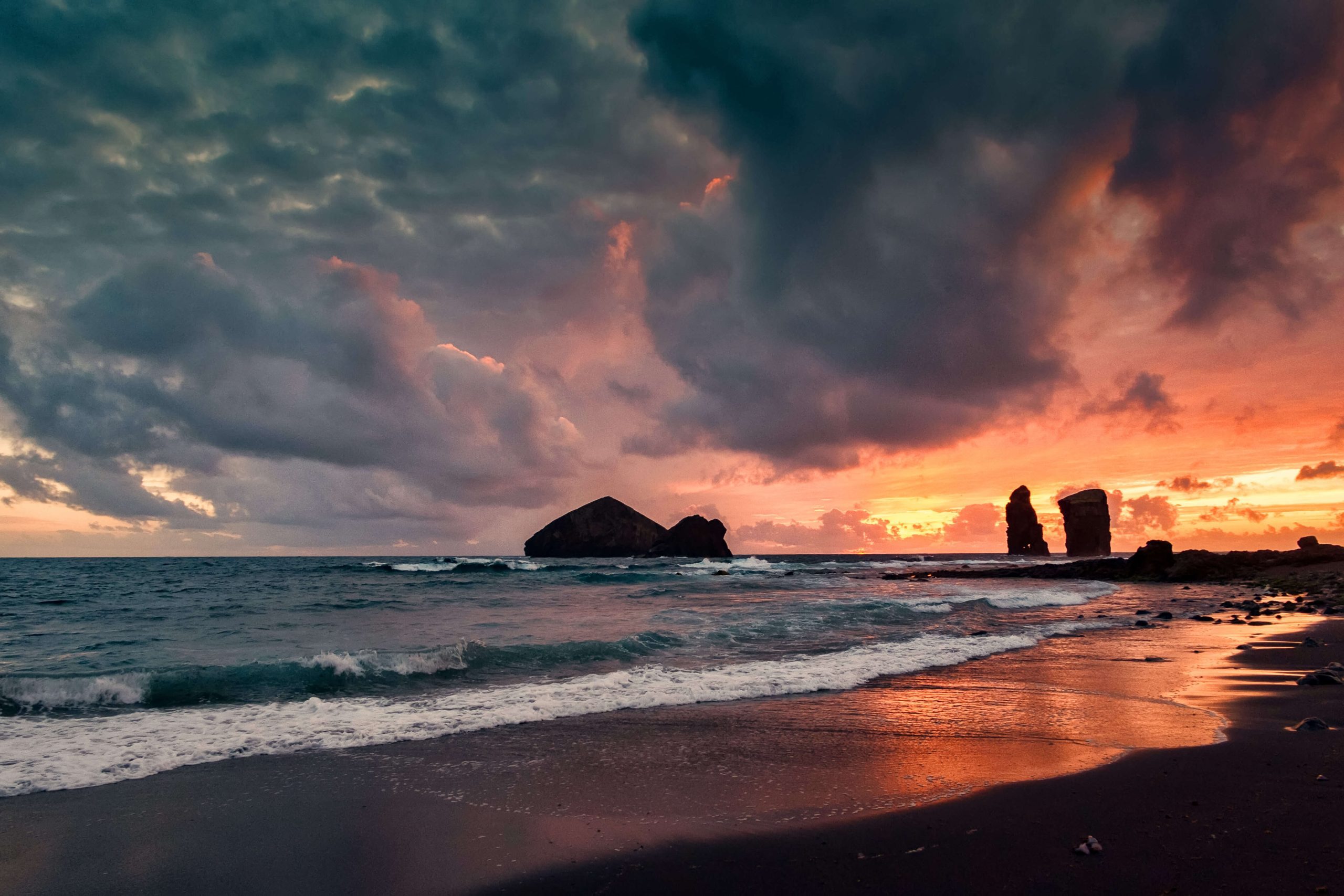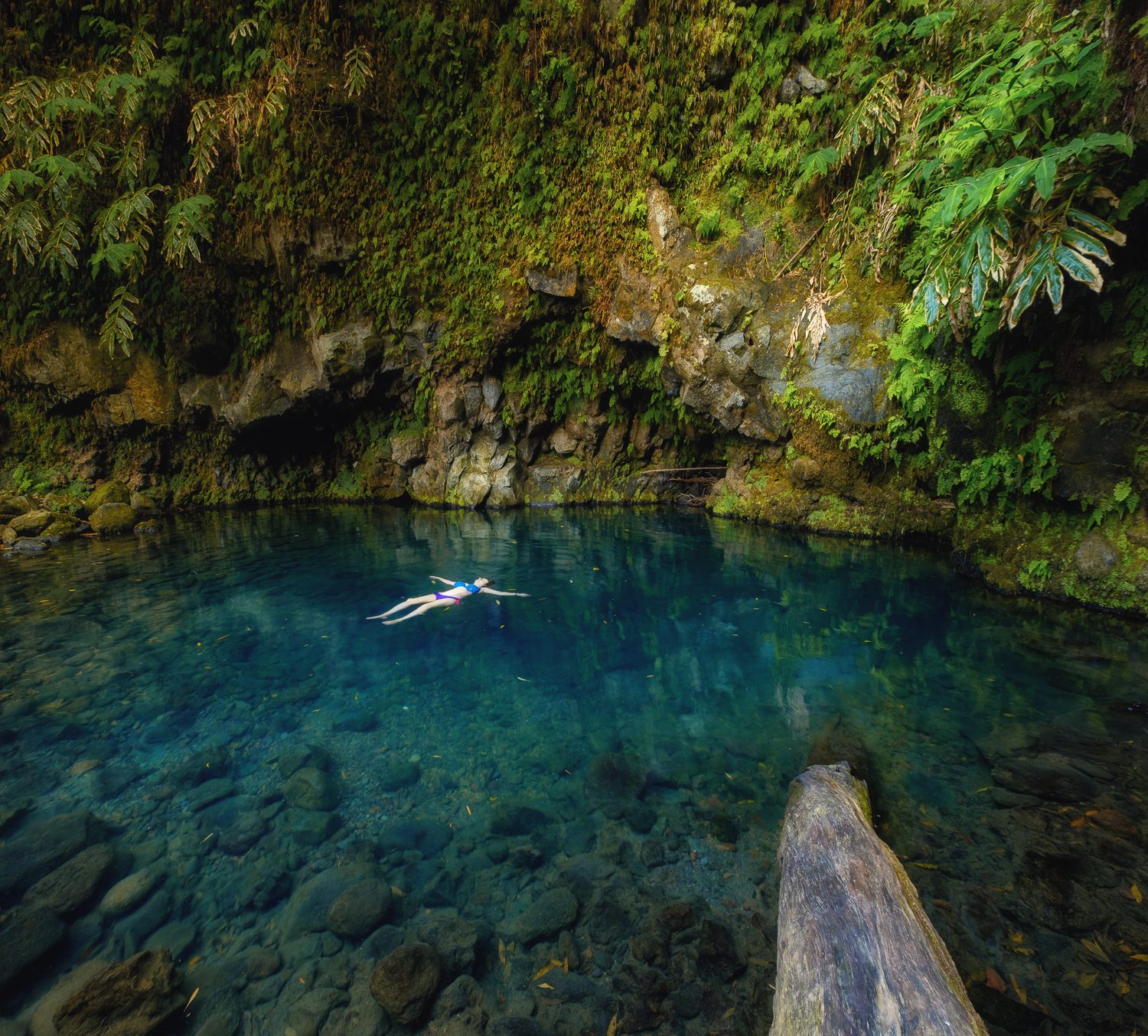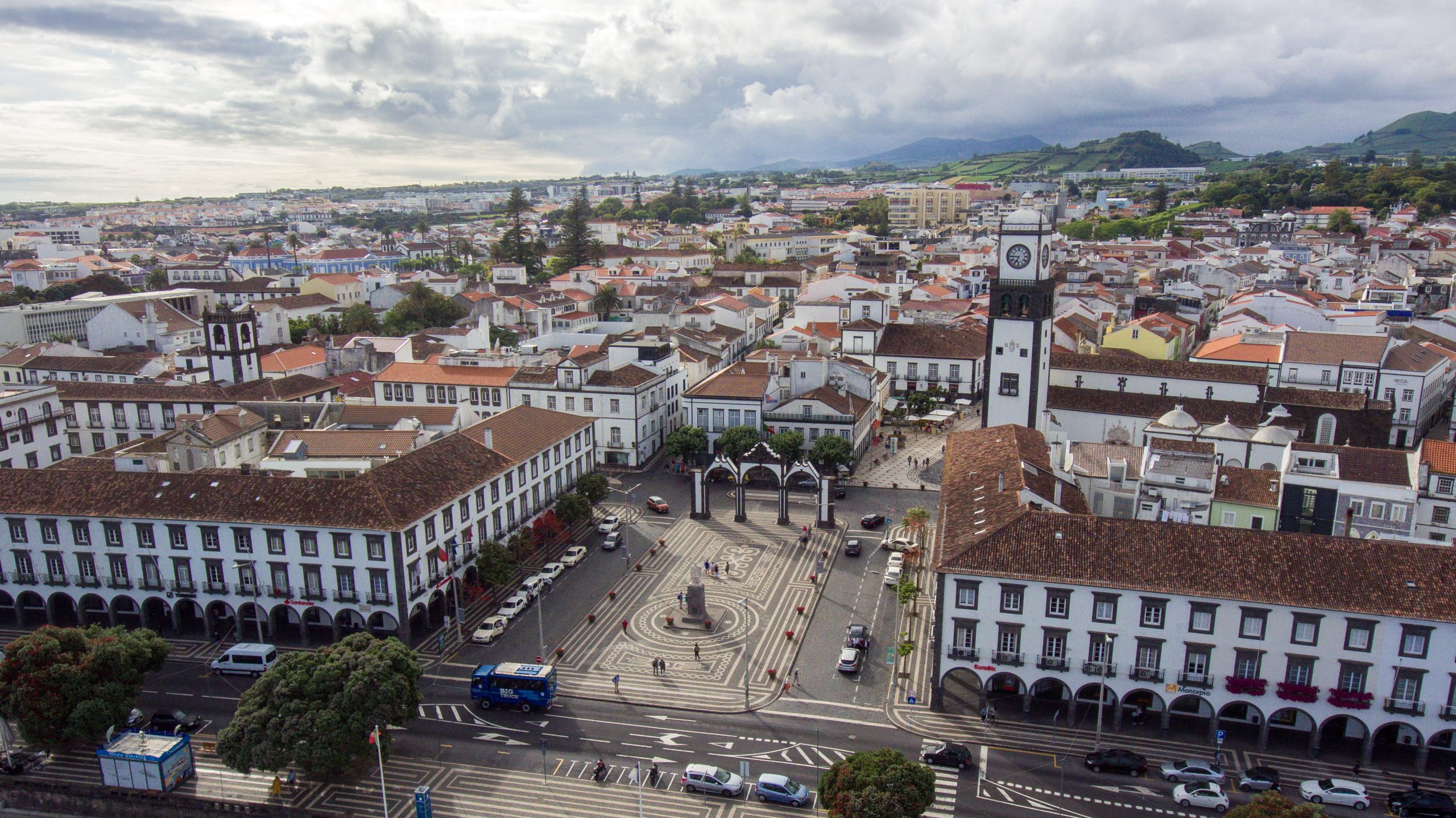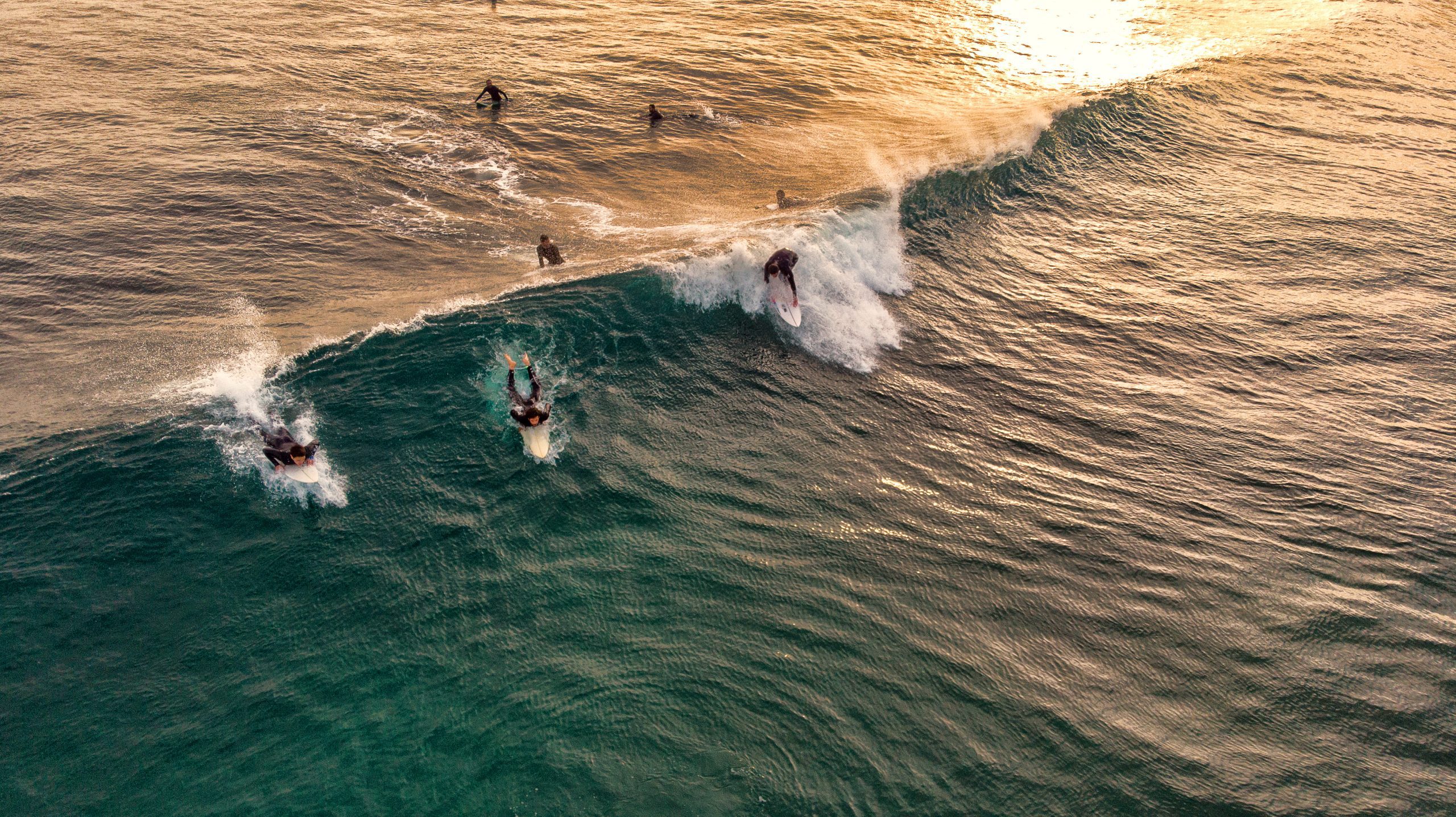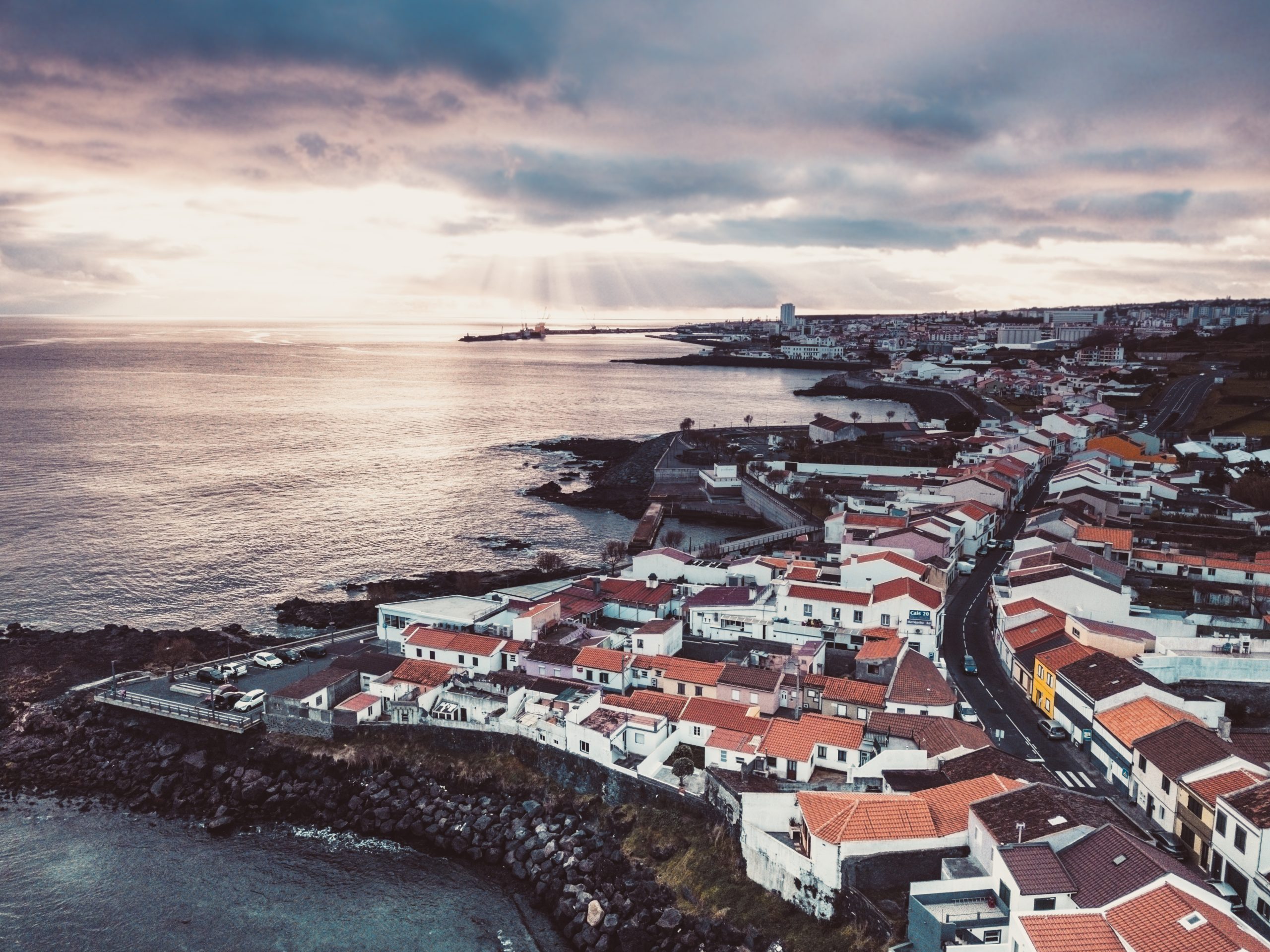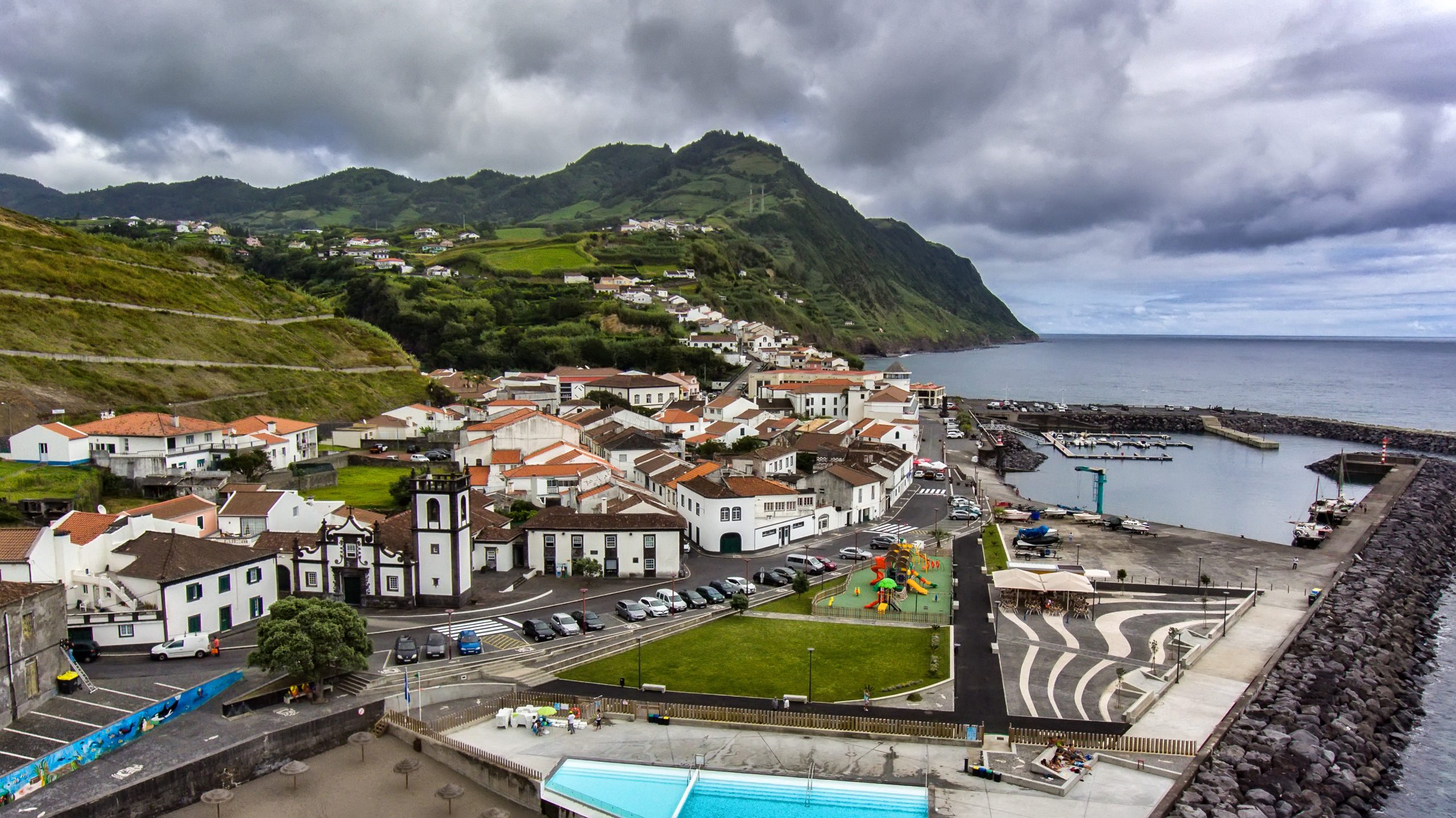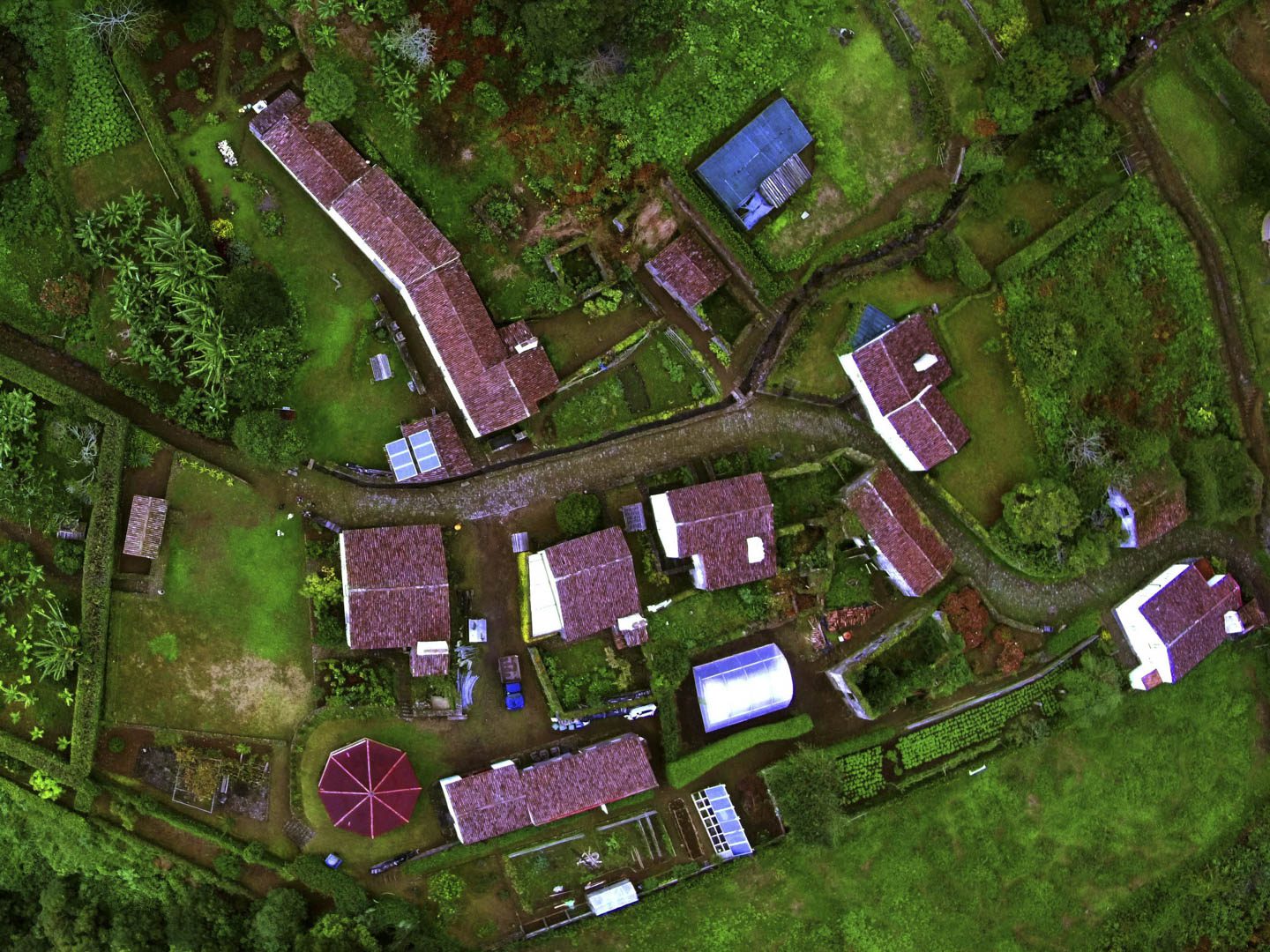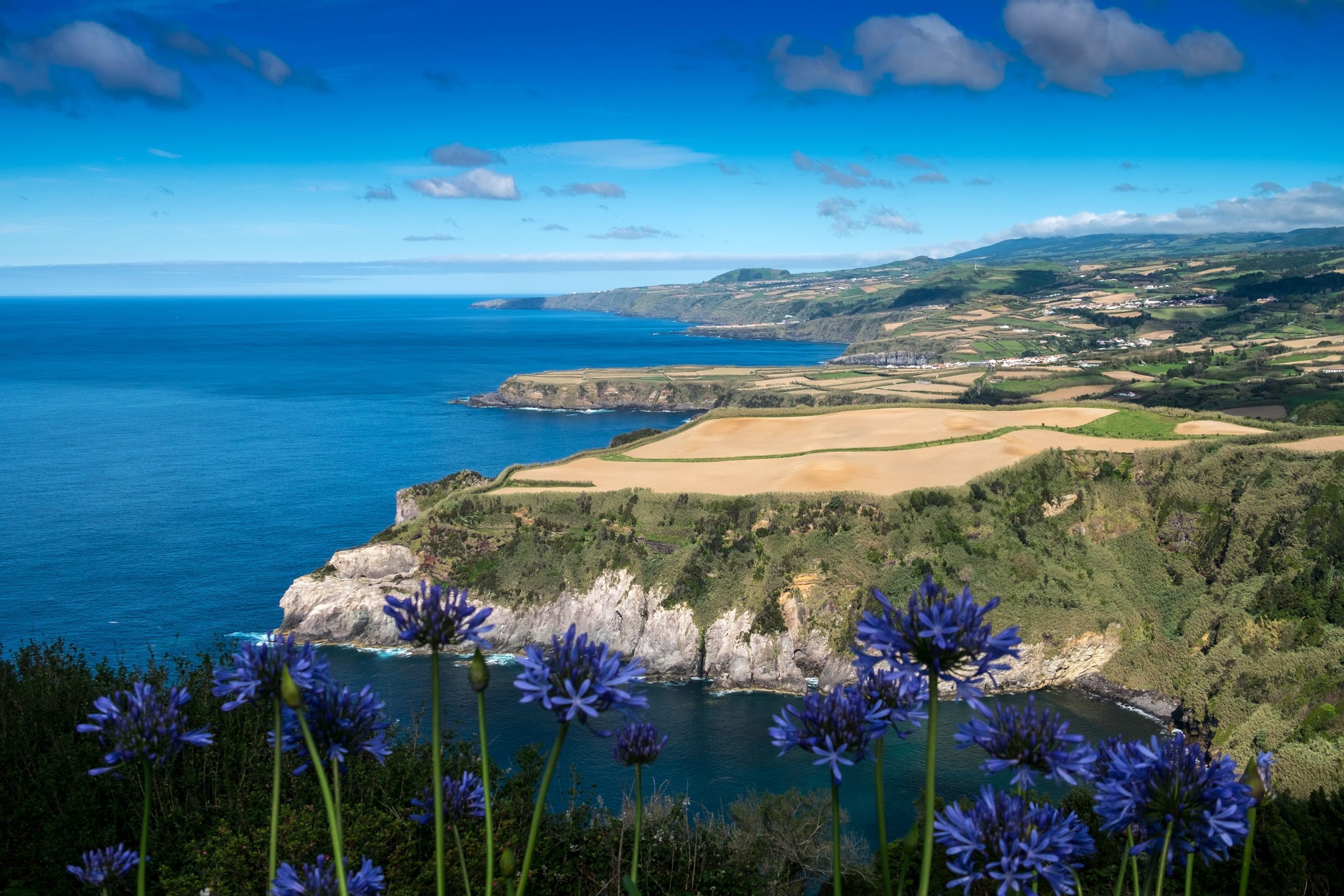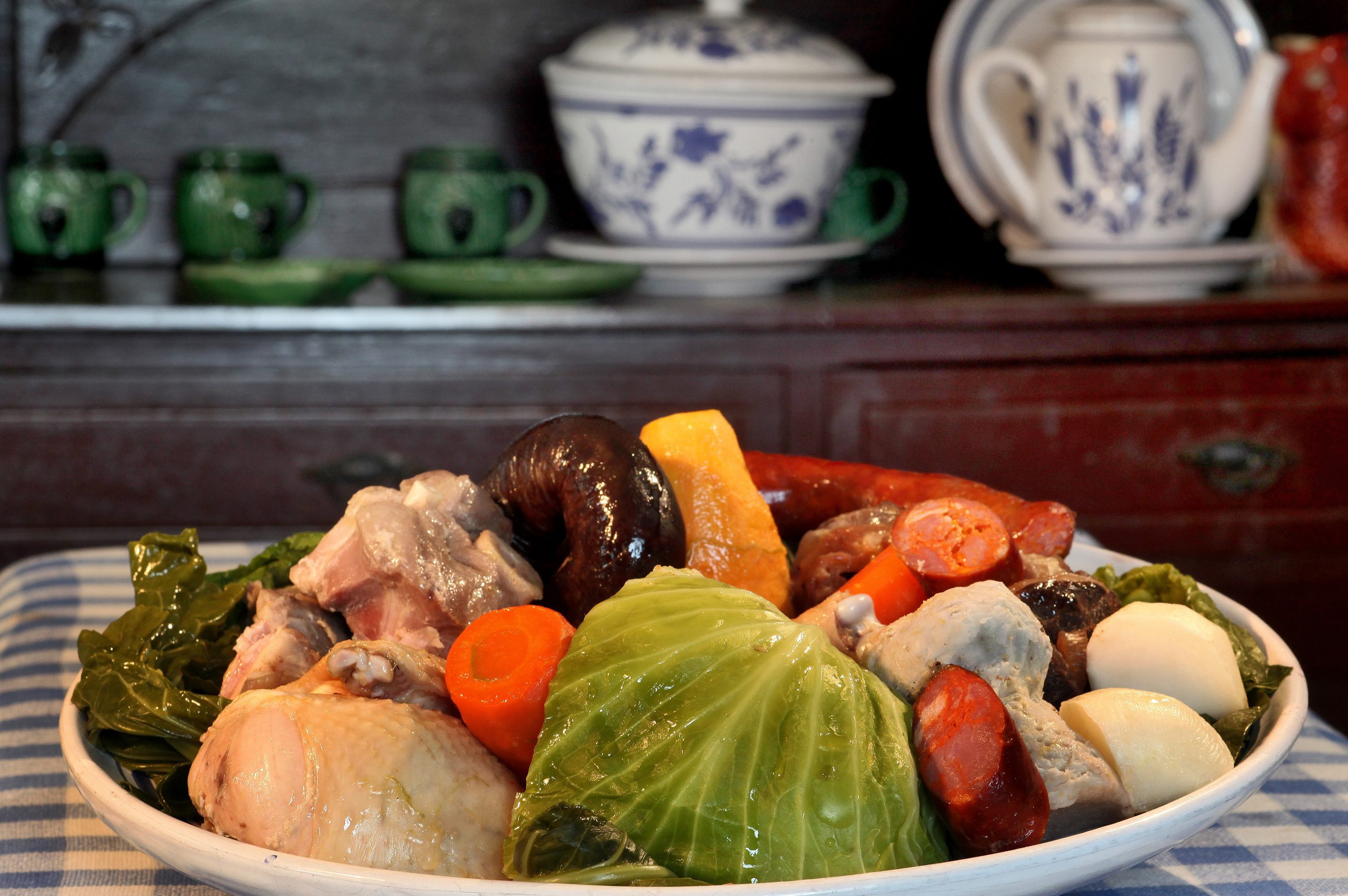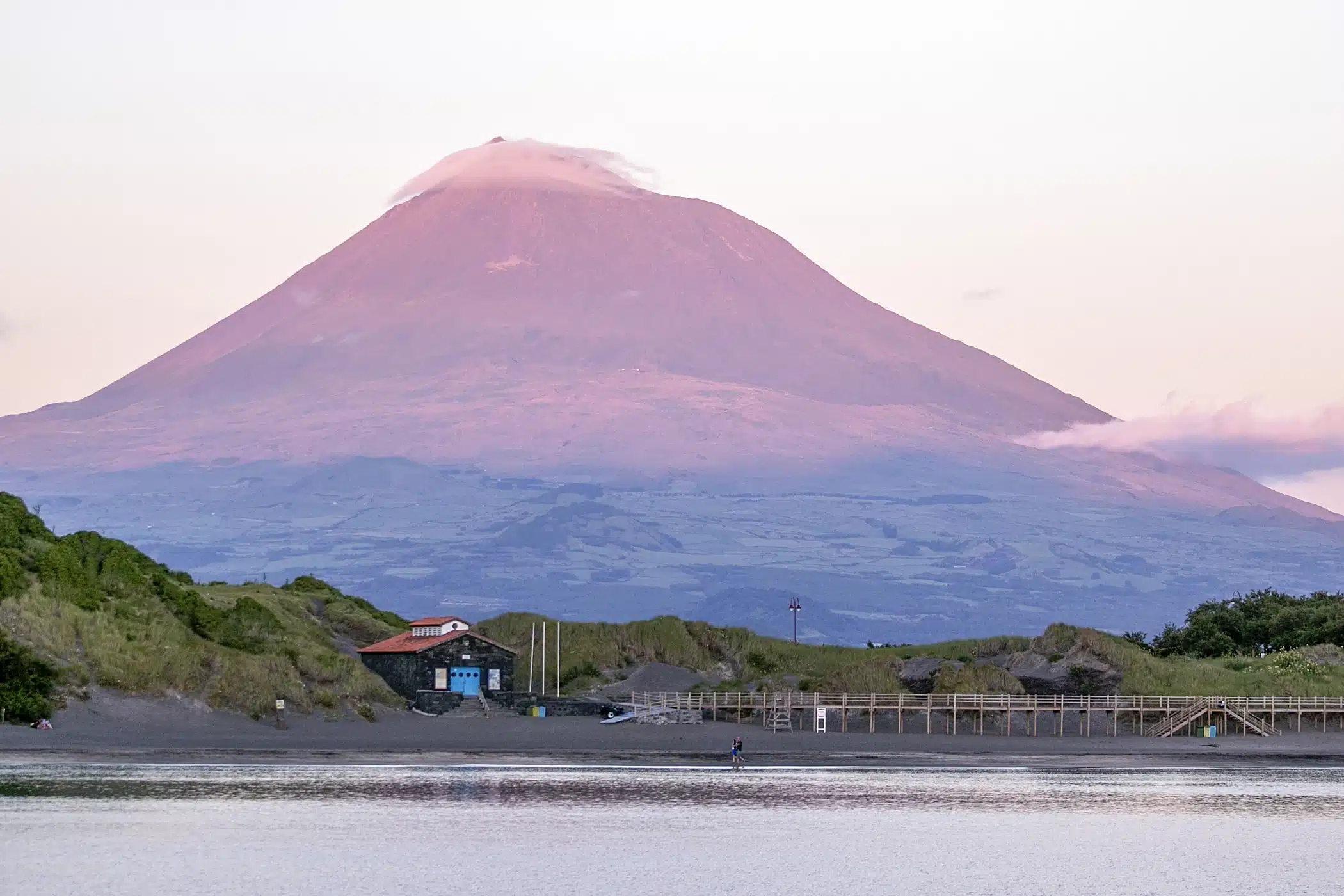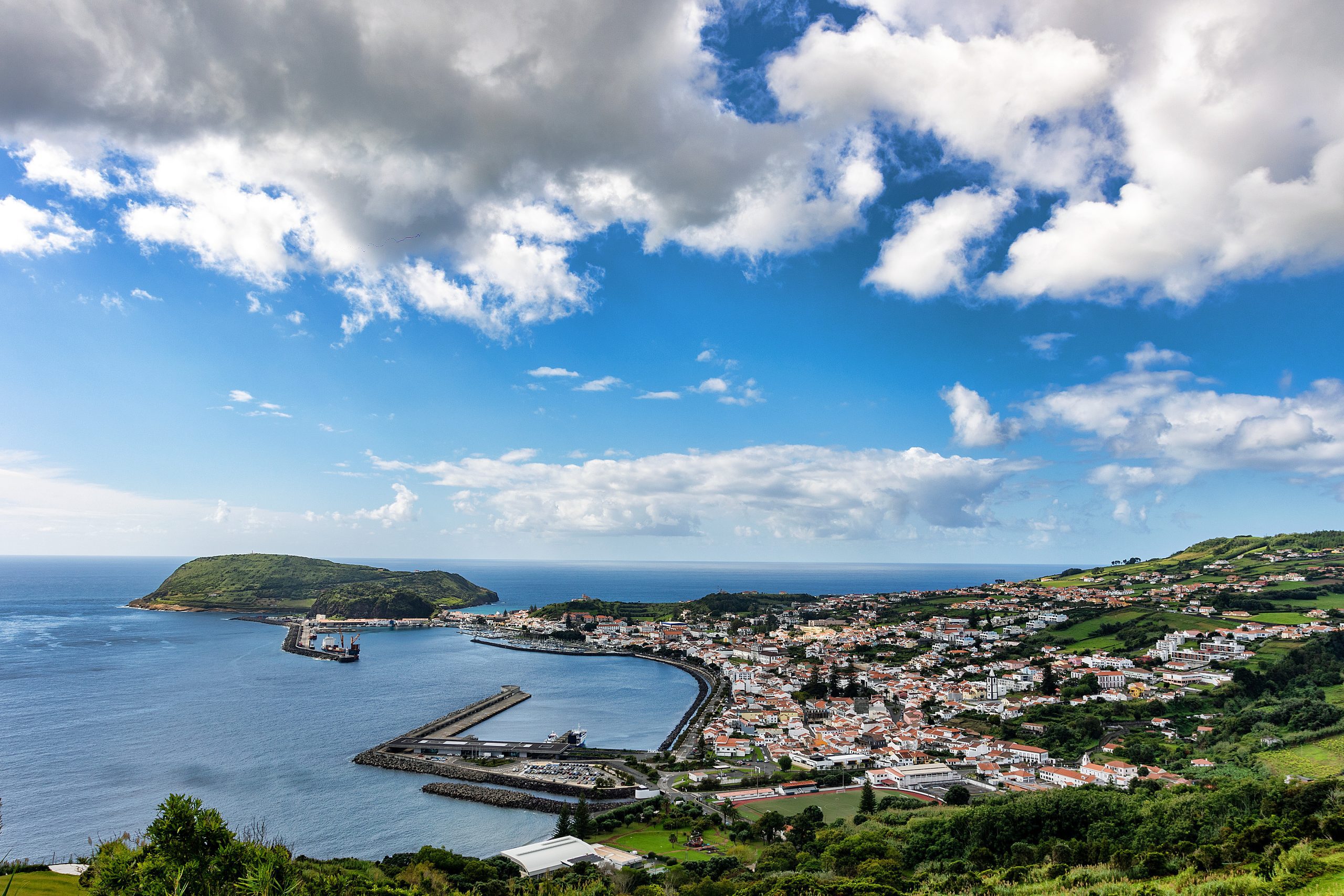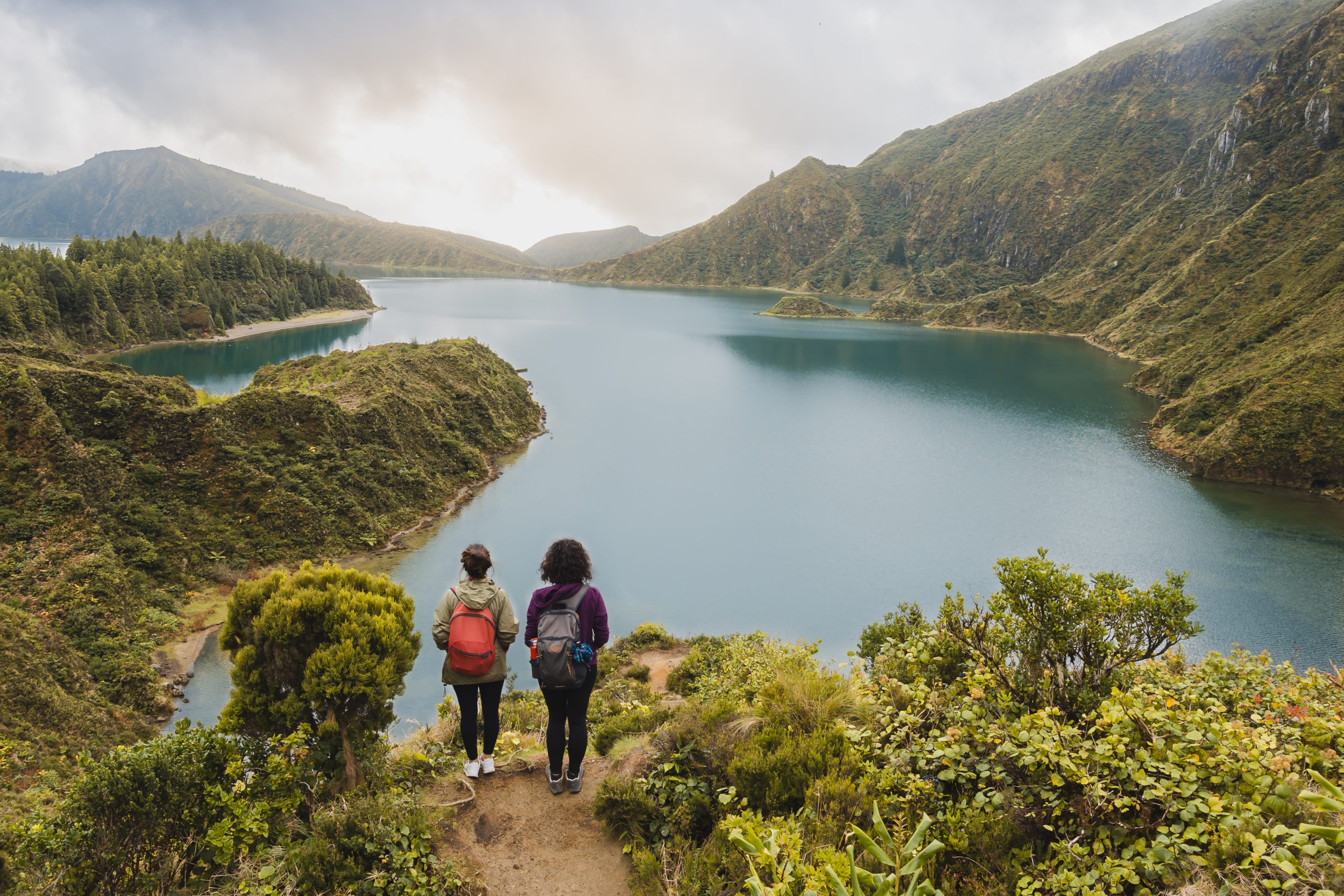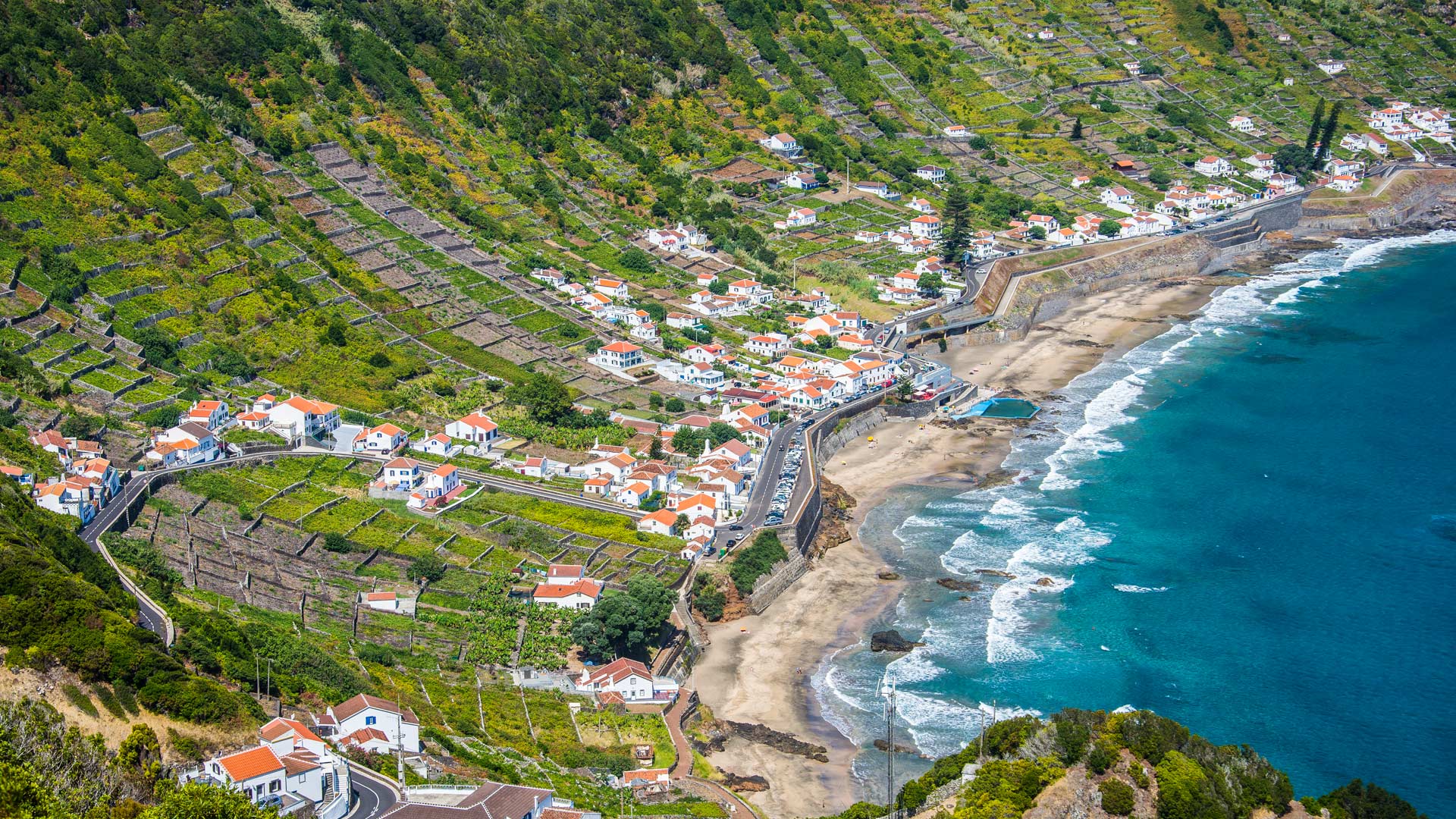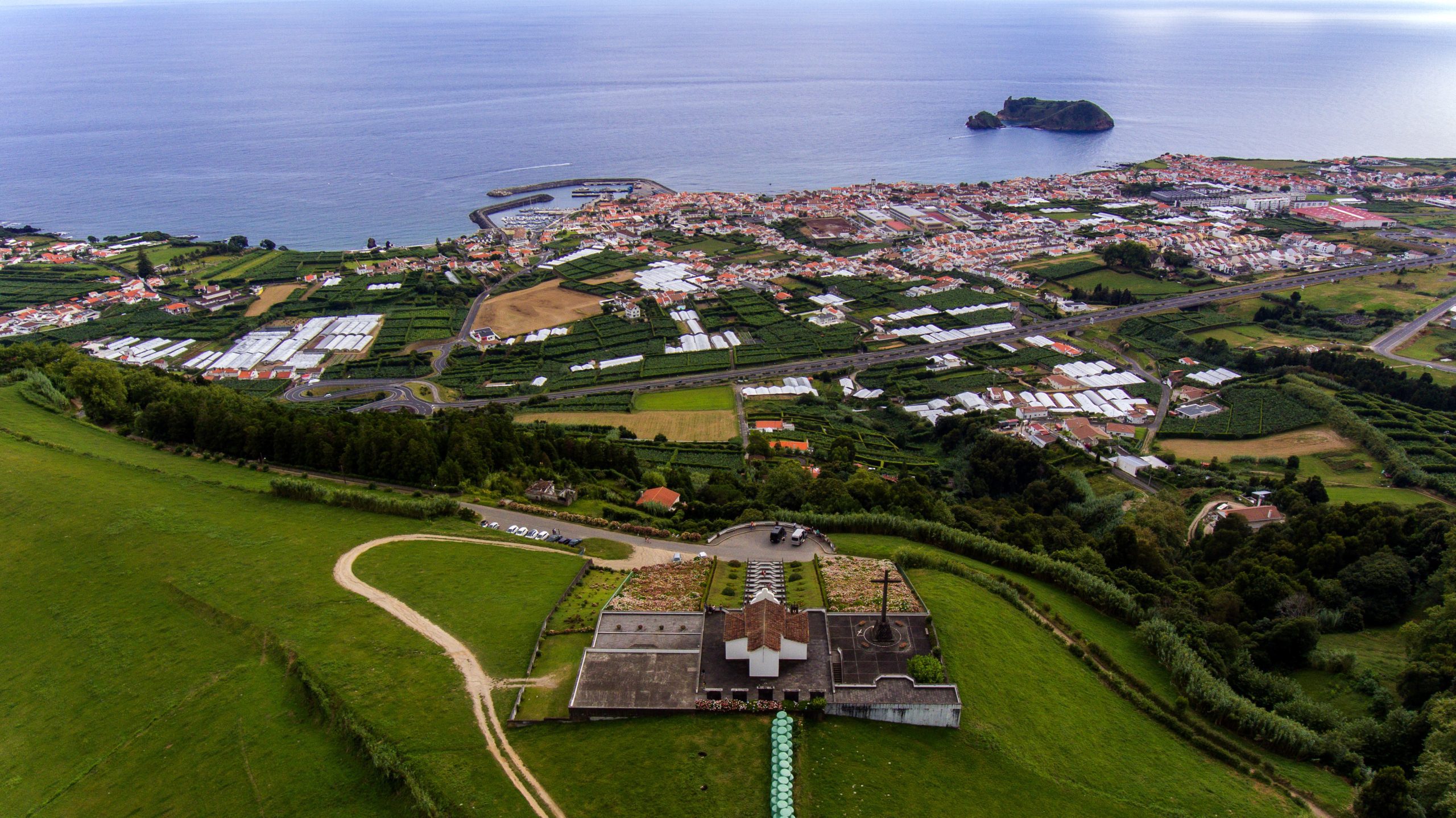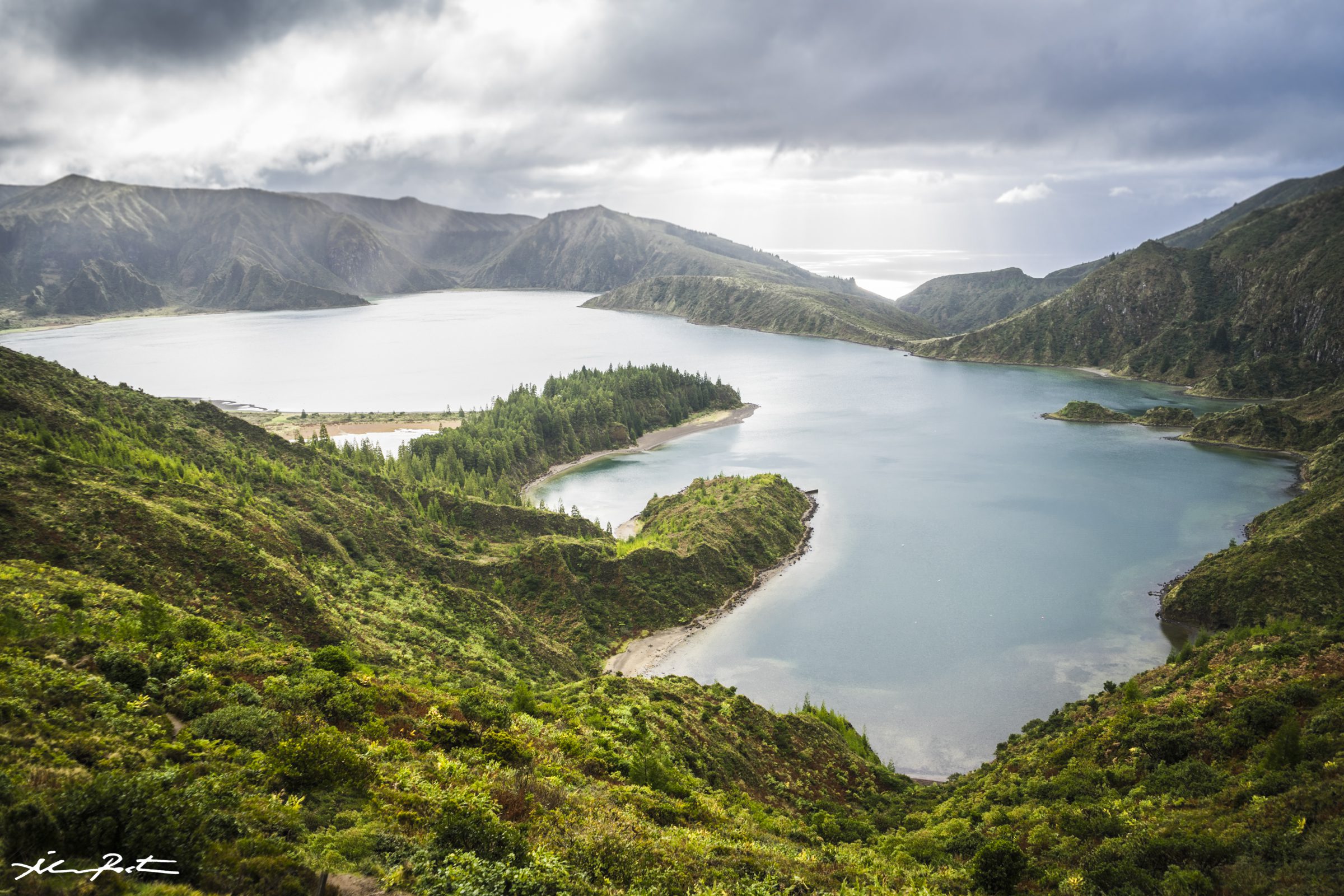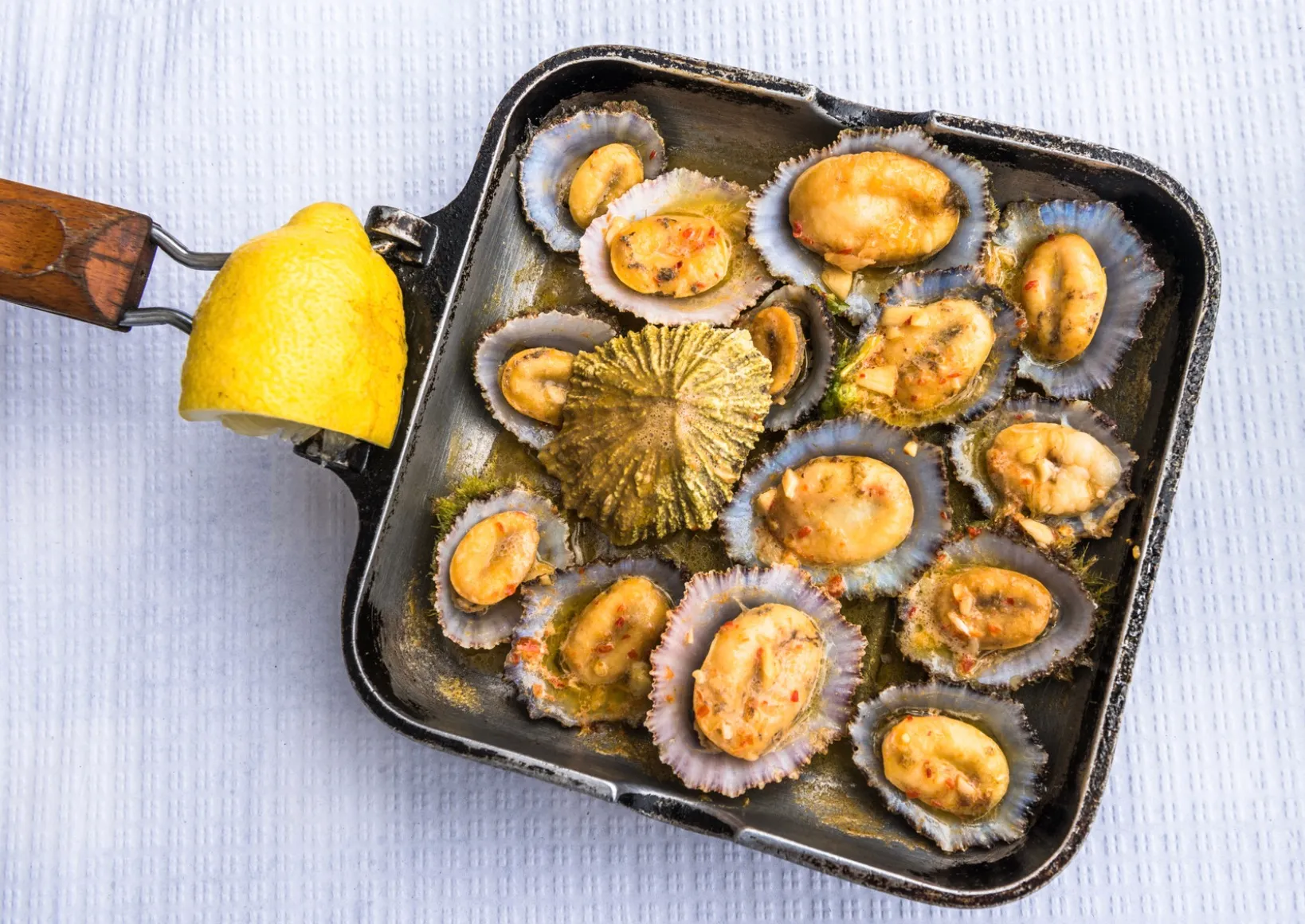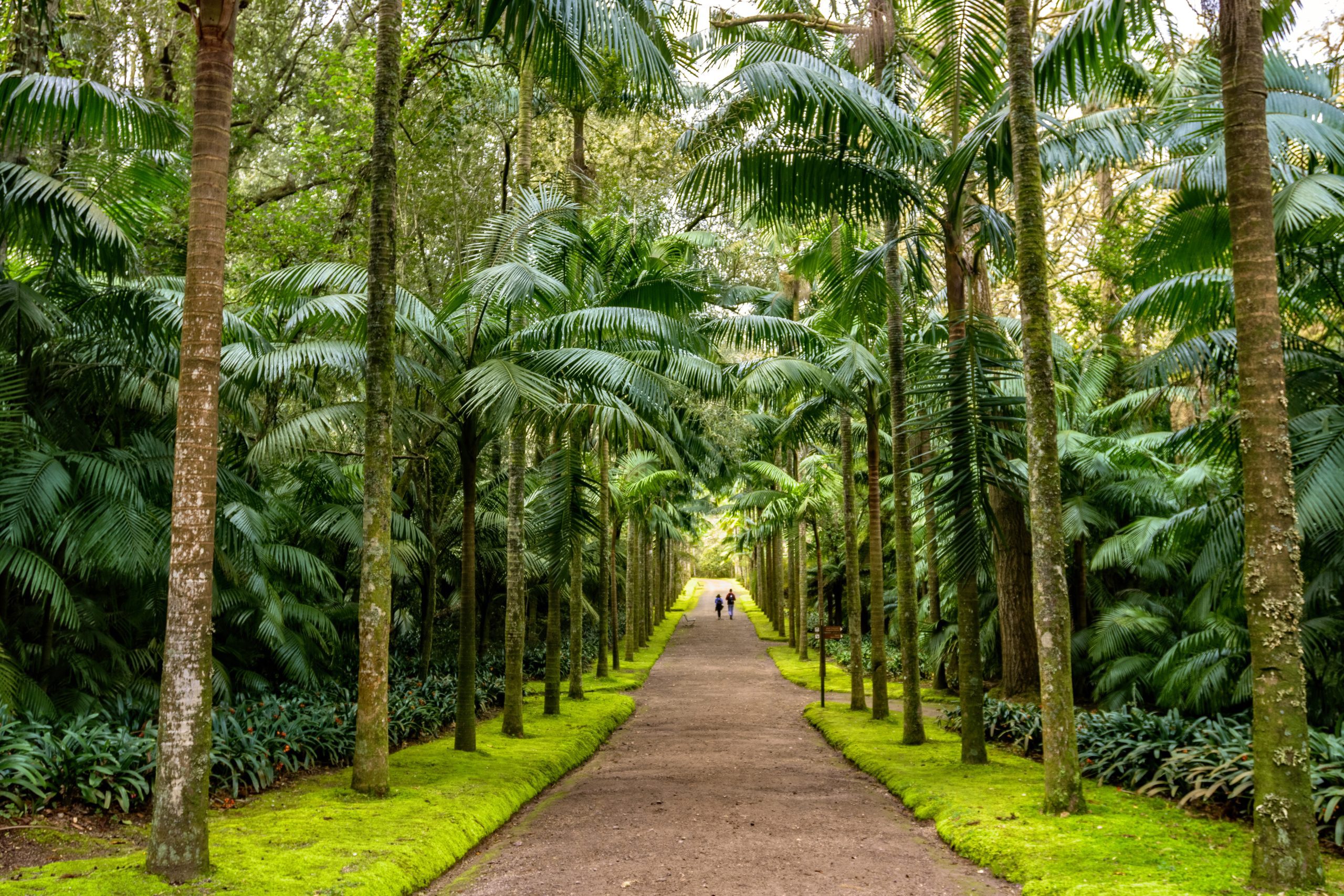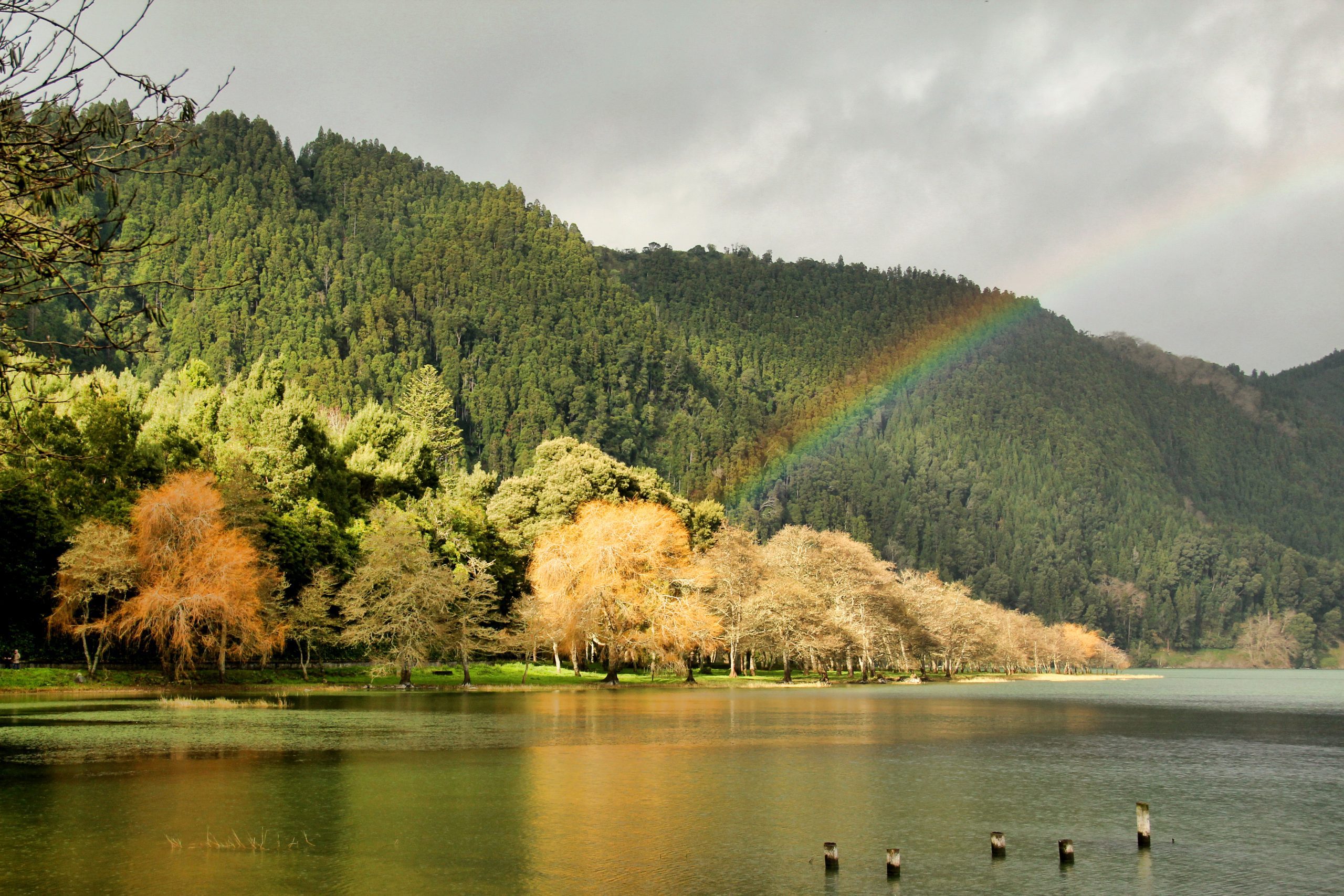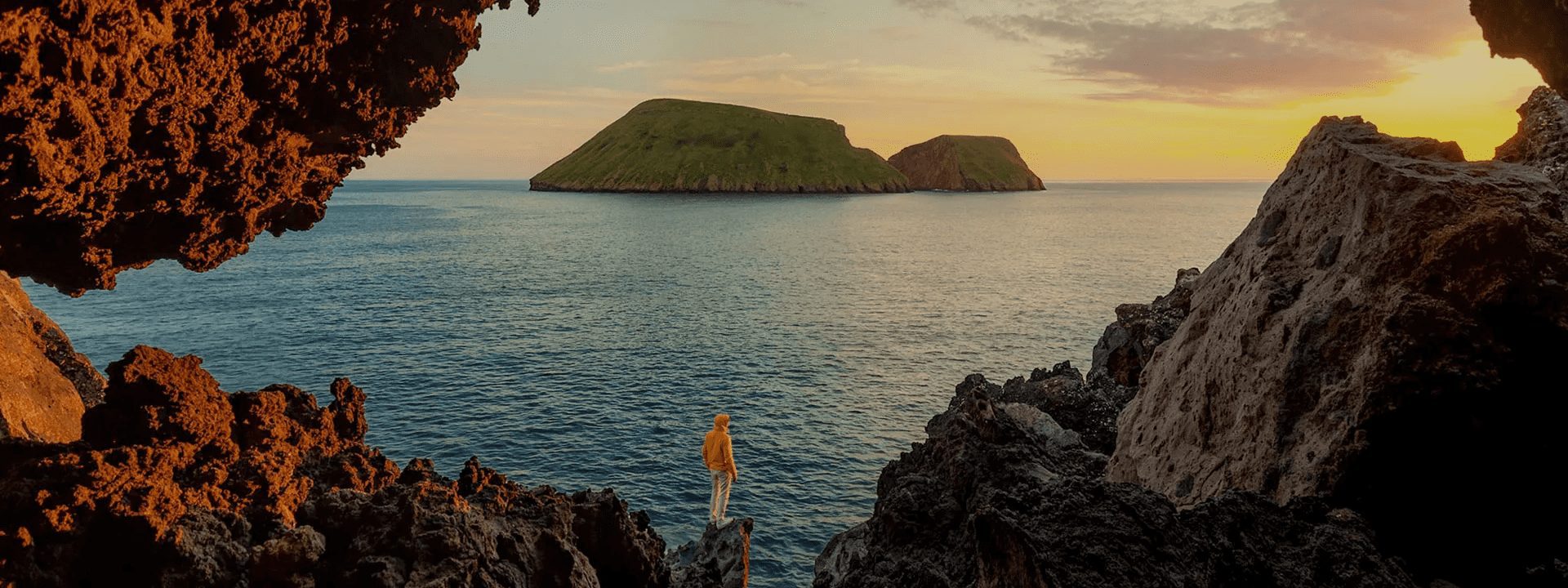Known for its lush landscapes, volcanoes, and charming coastal towns, the Azores offer a blend of natural beauty and cultural wonders. September is an excellent time to visit the Azores islands. As summer transitions into autumn, the islands experience mild temperatures, making it an ideal month for exploring the outdoors. Whether you want to relax on the black sand beaches, enjoy a scenic hike, or mingle with locals, the weather in the Azores in September allows all that.
The Azores’ weather can change rapidly, even within a single day. September marks the end of summer, but there are still fine temperatures and plenty of sunshine to enjoy.
This guide will provide practical advice on what to pack for the Azores in September, the best activities to enjoy during this time, and much more! With good preparation, your September trip to the Azores can be an absolute blast, leaving you with memories of this Atlantic paradise that will last a lifetime.
How is the Weather in the Azores in September

In September, in the Azores, enjoy warm temperatures and temperate precipitation. Although it varies from one island to another, in total, there will be about 84 mm of rainfall during 13 days in the month. You will have a bit more rain than in July and August, but still relatively good weather to be outside. The conditions were globally perfect that month. Expect the weather to be slightly wetter by the end of September. Humidity can reach 79% by the end of the month, and windy days are also more probable (17%).
Air Temperatures

As said before, September temperatures are comfortable. Maximum temperatures will be around 25 °C (77 °F) and minimums of 17 °C (ca. 63 °F), mostly at night. The average will be 21 °C (ca. 70 °F).
This weather is not too cold and not too hot, which is perfect for hiking and spending most of the day outside. Eventually, you will need to cover up for the evening.
Water Temperatures

The water temperature around the Azores islands peaks in September at 24 °C (ca. 75 °F). This is an ideal temperature to enjoy the multitude of beaches and natural pools that our islands offer. You can also take surf lessons, take a diving course, go snorkeling, and embark on all sorts of aquatic adventures.
Sunrise and Sunset Times
In September, in the Azores, you will have plenty of light to enjoy adventures from the morning to the evening. Count approximately 12 hours of sunshine per day. The days get shorter as the months pass. On September 1st, the sun will rise at 7:13 a.m. and set at 8:11 p.m., while on September 30, the sun will rise at 7:37 a.m. and set at 7:26 p.m.
Nature in the Azores in September

While the blooming season for the world-famous blue hydrangeas is in July and August, you can still enjoy some of them in September. A widespread flower to see in September is the Belladonna Lilly, known in the Azores as “the girls go to school” (meninas para a escola).
This name comes from the fact that it grows in September, the period when you go back to school, and because the pink flowers look like little skirts and grow in groups on the side of the road, it is like pupils going together to school.
As the water gets warmer, some seasonal species, such as the Atlantic spotted dolphin, begin to appear. This is a good time to go whale and dolphin watching, as you can see not just the resident species but some “bizarre” ones as well.
Would you like to know the best times for whale watching?
Take a look at our whale watching calendar and plan your next adventure! Don’t miss the chance to spot these majestic creatures in Azorean waters. 🐋 🌊
What to Do in the Azores in September
The possibilities of doing things in the Azores in September are almost infinite. The good weather brings so many outdoor adventures; the islands await you!
Go to the Beach

There are so many beaches to choose from. All islands have at least one. On São Miguel island, drive to Praia do Fogo in Ribeira Quente for a surprising hot spot inside the ocean due to the volcanic activity, or don’t miss Vila Franca islet, which is only open for the summer. At Mosteiros, you will see the most beautiful black sand beach, with volcanic islets off the coast and a sunset to enjoy during a barbecue dinner. Praia dos Moinhos and its fresh waterfall are also a must-visit!
On Terceira island, you will want to check out Praia da Vitória, while on Santa Maria, the famous yellow sand beach of Praia Formosa. Faial Island has one of the most beautiful beaches, with Praia do Porto Pim.
Are you not a fan of sand on your skin? Try out the natural pools with salty water and dark lava stones all around. This is truly a unique experience, but don’t forget to bring some water shoes, as the rocks can hurt your feet.
Island Hopping

Why not enjoy the longer days and the higher frequency of flights and boats to discover several islands during your trip to the Azores? There are 9 in total, although you would need some time to travel to them all.
Did you know
If you are here for 1 week, you can quickly go to 2 different islands. For 2 weeks, explore at least 4 of them. Some islands are tiny, and you can spend 2 to 3 days on them, while São Miguel is the biggest and deserves at the very least 4 days.
There are 3 groups of islands: the western, the central, and the eastern islands. Between islands of the same group, some ferries are relatively cheap to travel from one island to another. However, if you want to go to an island located in another group, you will need to take a small plane.
Local Events in September

At the beginning of September, you can still find plenty of animation in the streets of the main cities. However, the summer music festivals are usually over.
On São Jorge island, on the first Sunday of September, there are the annual Santo Cristo Parties, with a mass at Fajã de Santo Cristo church and colorful street animations. On Pico Island, it is that time of year again: grape harvesting. Festa das Vindimas attracts locals and tourists who celebrate with delicious wine from the island.
→ Related articles: Public Holidays in the Azores | Senhor Santo Cristo dos Milagres
What to Wear in the Azores in September

Even though you will probably have good weather, come prepared for rain and wind, as we have 4 seasons in a day. The best tip is to dress in different layers that you can take off or put on as temperatures change. Pack T-shirts and long sleeves, shorts and pants, and a raincoat.
If you want to go on trails, bring proper shoes. For the beach, get your new swimsuit and sandals. Don’t forget your camera!
Best Time to Go to the Azores
Each season has its advantages and disadvantages. For instance, summer is fantastic for good weather and flowers, but there will be more crowds. In winter, you will pay a lower rate for hotels and flights and enjoy the landscapes yourself.
September is quite a good time to visit the Azores, thanks to its pleasant weather and the crowds going back home with the end of the summer holidays. It is still a popular time, but if you go to the smaller islands, you will see fewer people.
Complementary Information
Best Season to Visit the Azores
The Azores Archipelago boasts a unique climate that shapes its lush landscapes, making it a splendid year-round destination. With mild temperatures and minimal fluctuations, each season offers something unique. Spring averages 16 °C, summer reaches 21 °C, autumn cools to 18 °C, and winter remains mild at 14 °C.
→ For a detailed breakdown of the weather by month, check the following links 🌤️☔️: January | February | March | April | May | June | July | August | September | October | November | December
How to Get to the Azores
The Azorean Archipelago is easily accessible through numerous flight routes. Lisbon and Porto are the main entry points to the continent, with direct flights available to São Miguel (PDL), Terceira (TER), Faial (HOR), Pico (PIX), and Santa Maria (SMA). To find the best flight, use search engines like eDreams or Skyscanner. These platforms enable you to compare prices and schedules from various airlines in one convenient location.
For more details on how to get to the Azores, take a look at our complete guide. But what if you want to explore beyond your arrival island? We’ve got you covered!
- Azores airports 🛬
- Flights between islands ✈️
- Ferries between islands ⛴️
- Which island to choose? 🏝️
- What airlines fly to the Azores? 🛩️
→ Once you’ve found the perfect route, book your tickets and get ready to experience one of the world’s most stunning island groups!
Travel Essentials
Essential Information for your Azores trip: Azorean Language & Phrases 🗣️ | Currency & Banks 💵 | Credit Cards & Traveler’s Cheques 🏧 | Driving in the Azores 🚗 | Electricity 🔌 | Experiences & Tours 🗺️ | Health & Safety 🩺 | Internet & Wi-Fi Access 🛜 | Phones & Mobile Service 📞 | Post Offices & Buying Stamps ✉️ | Public Holidays 🏖️ | Shopping 🛒 | Time & Daylight 🕒 | Whale Watching Guide 🐳 | Best Island to Visit 🏞️
Useful Tools & Apps
The weather in the Azores can be variable, so it’s helpful to use some apps before visiting the islands. Spotazores provides live camera feeds from the main tourist attractions, allowing you to check the weather and plan your visit. For accurate weather predictions, use Windy or Windguru — they provide the most reliable predictions.
Conclusion
September is the last month of summer in the Azores, which means the weather is still warm, and you can still enjoy long sunny days. It is a good idea to travel to the Azores in September. September is one of the best months to visit the Azores, with pleasant temperatures and fewer crowds than in July and August. Enjoy your trip in September!







